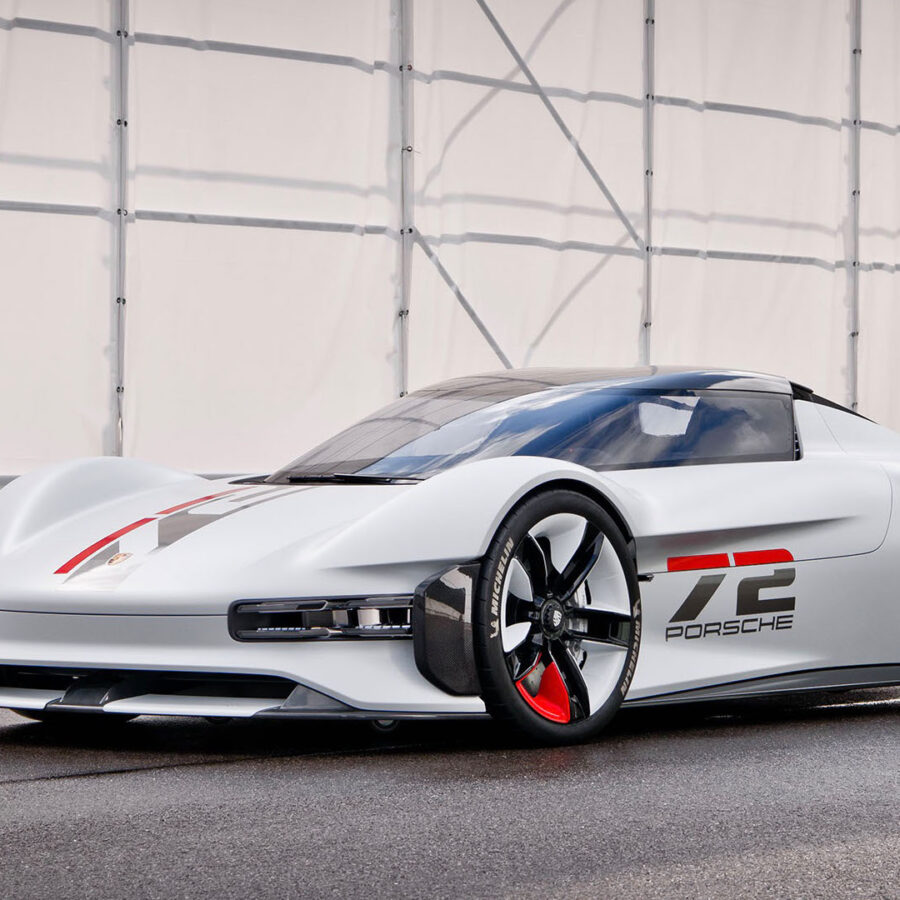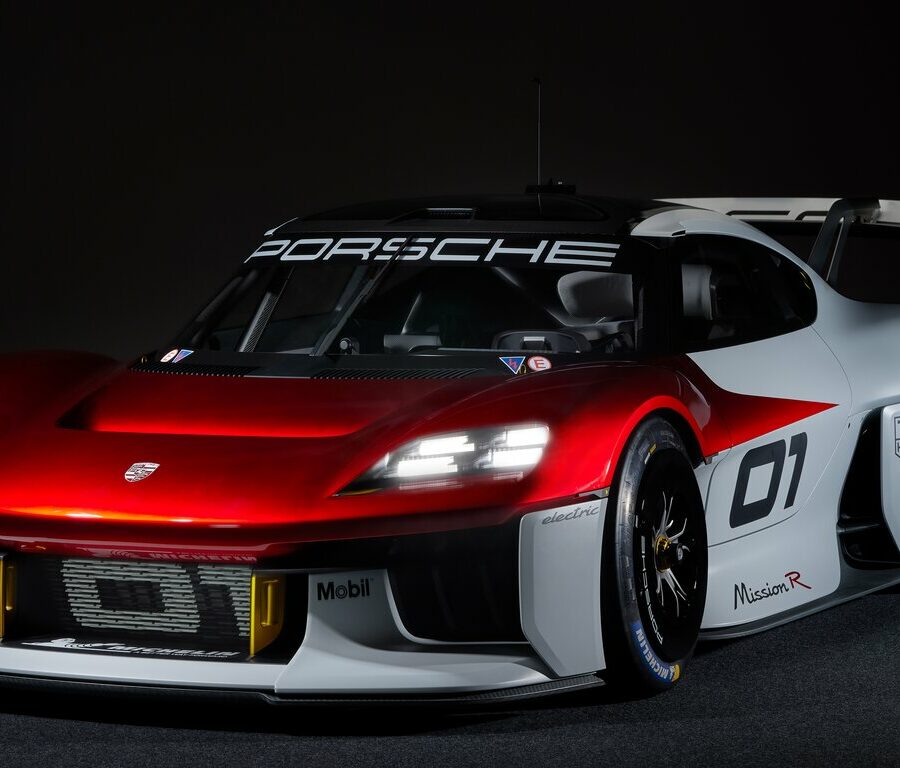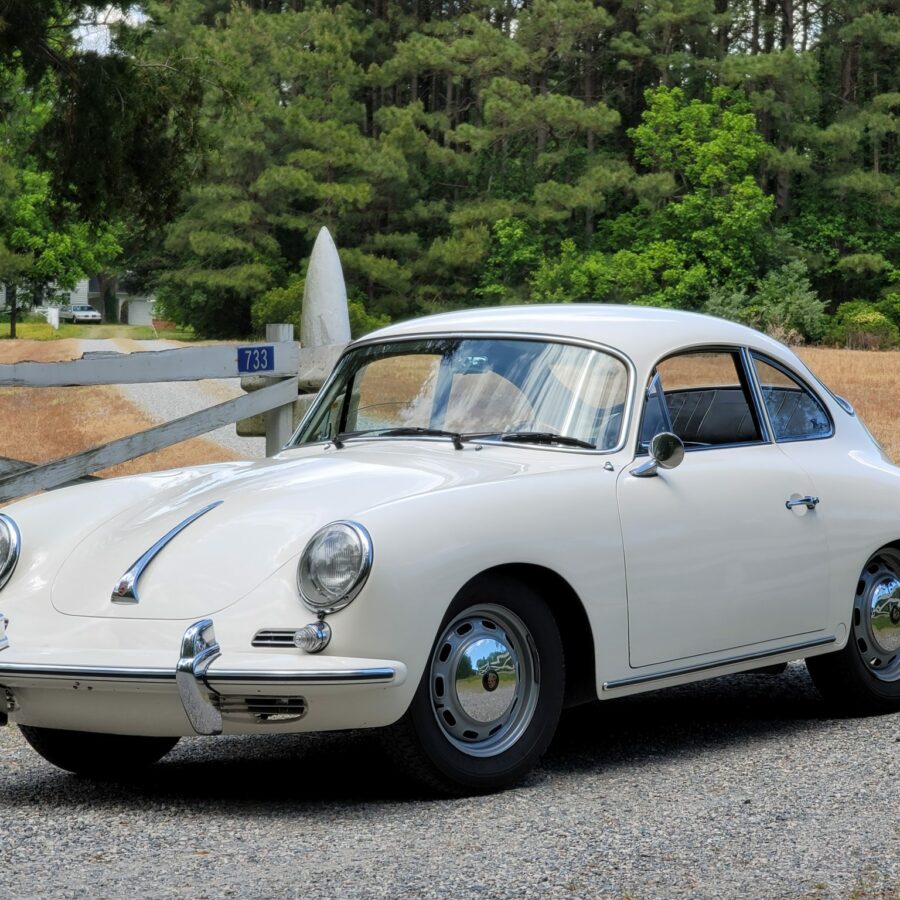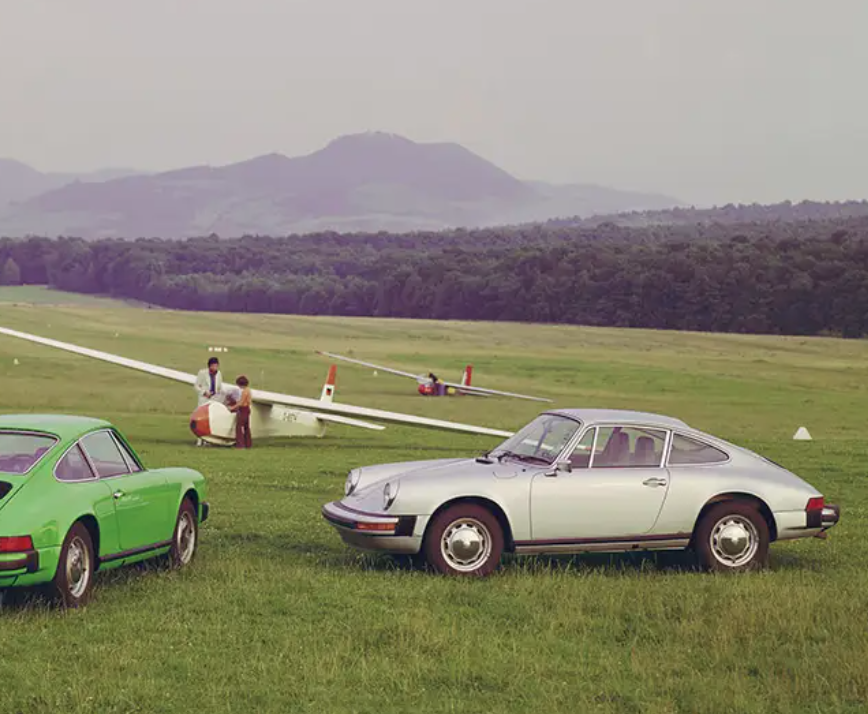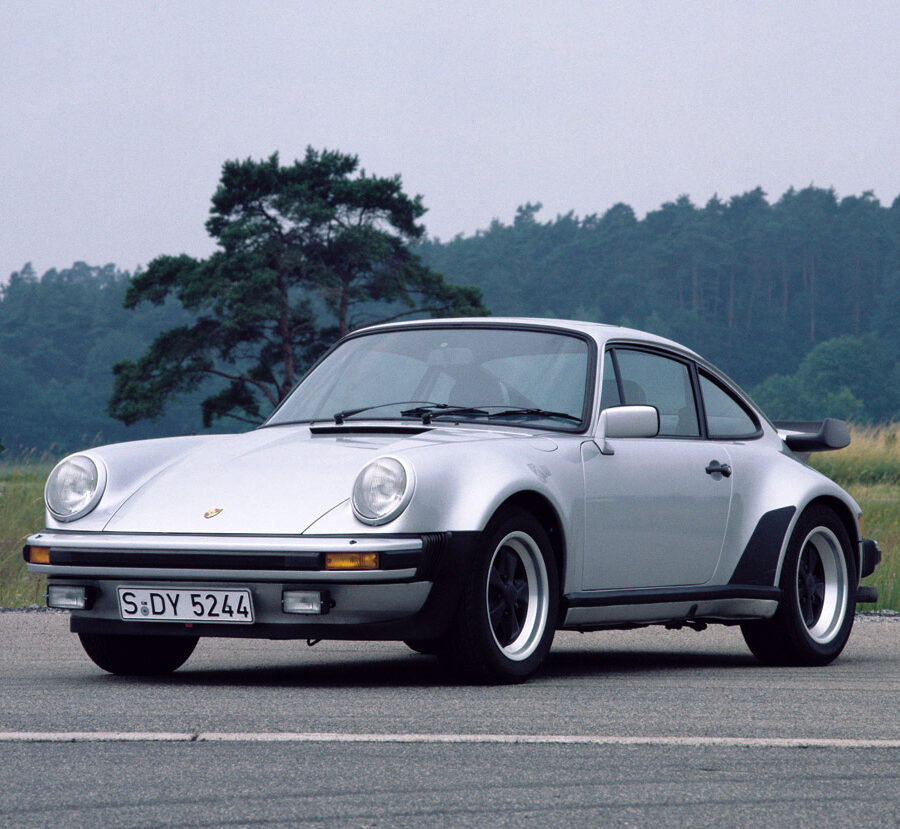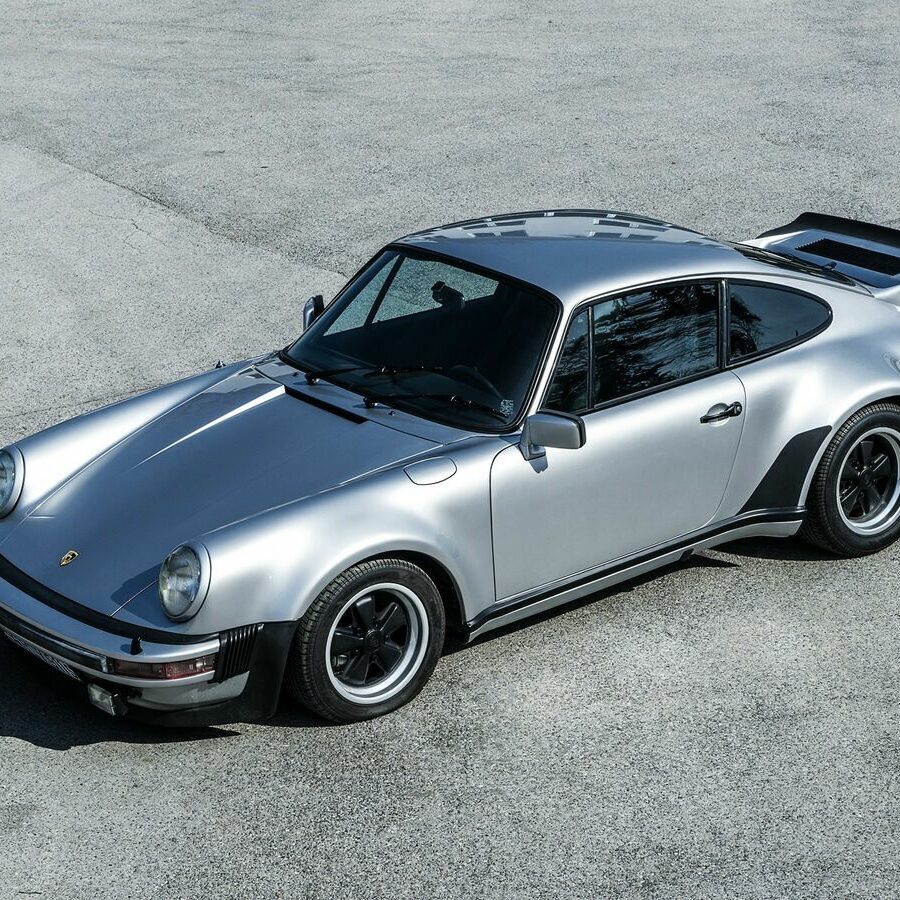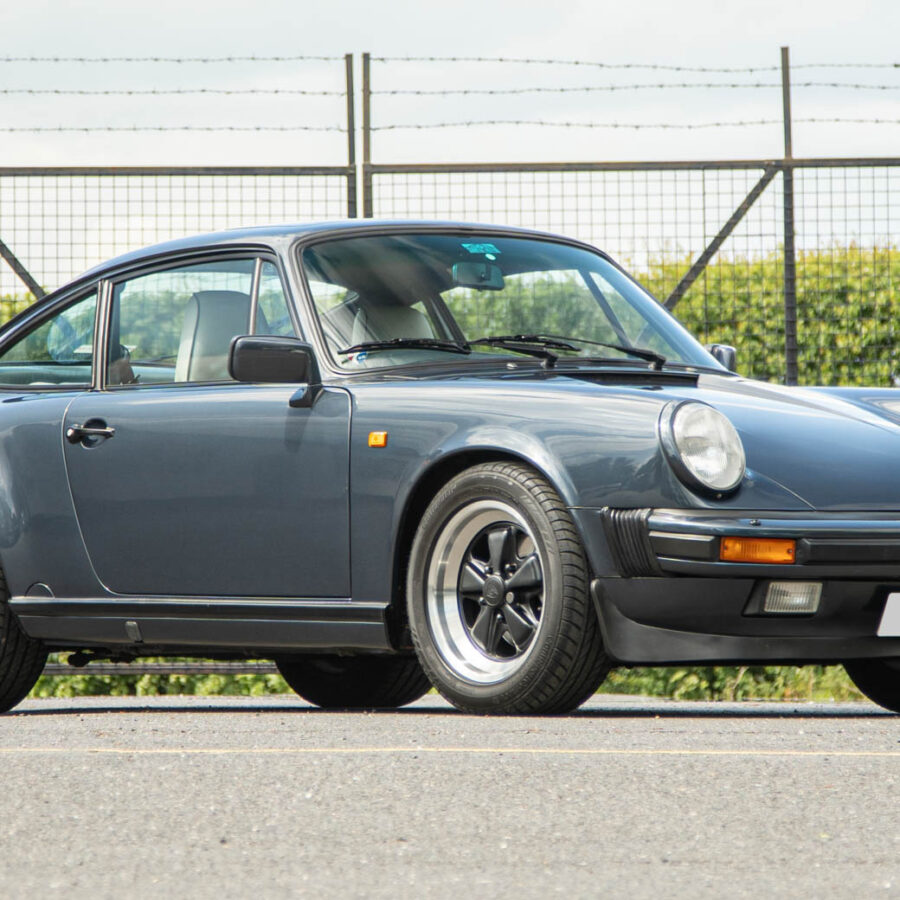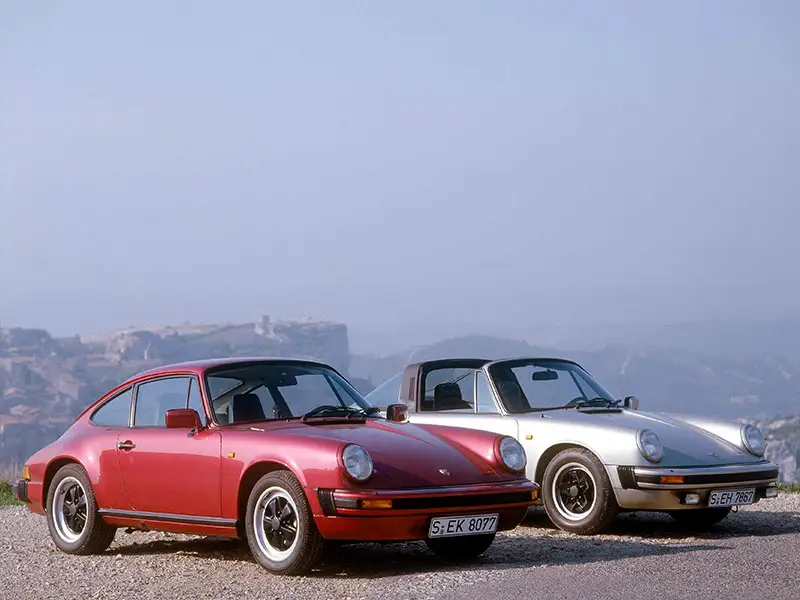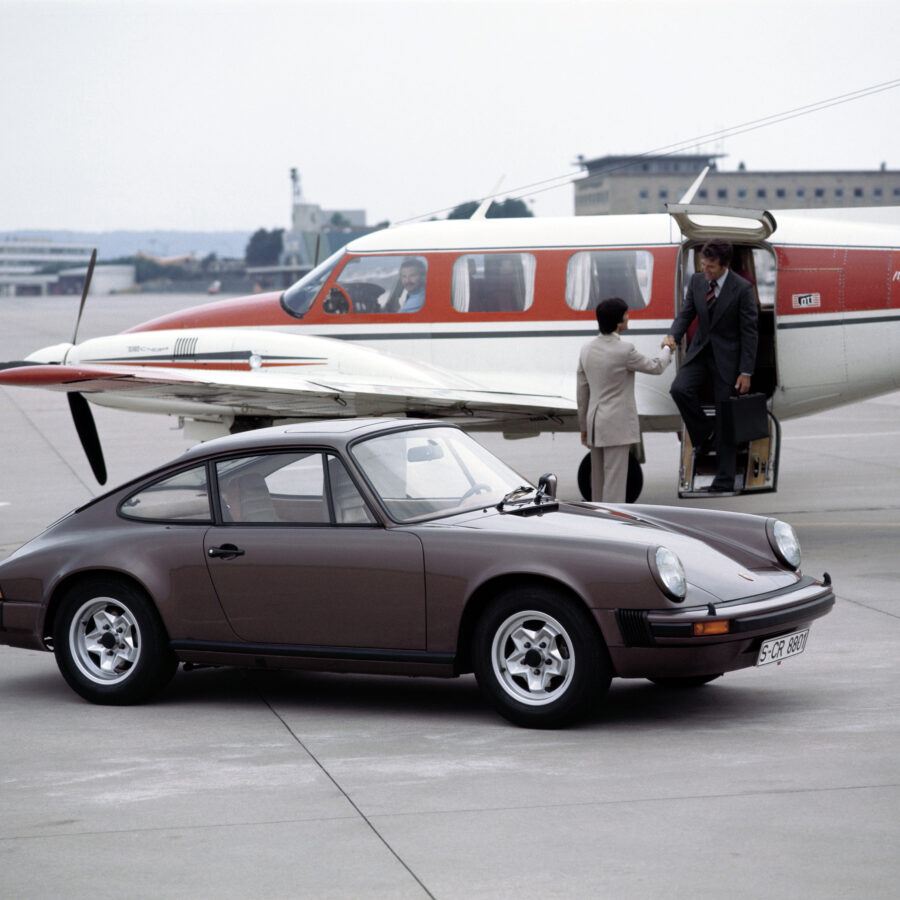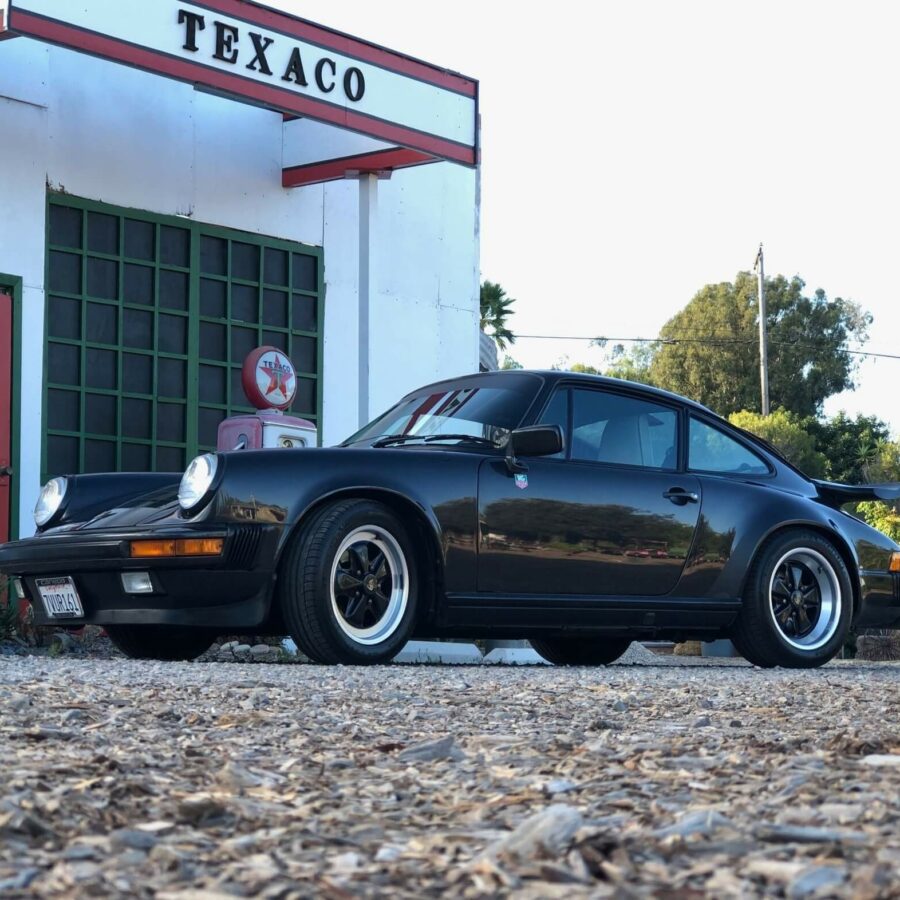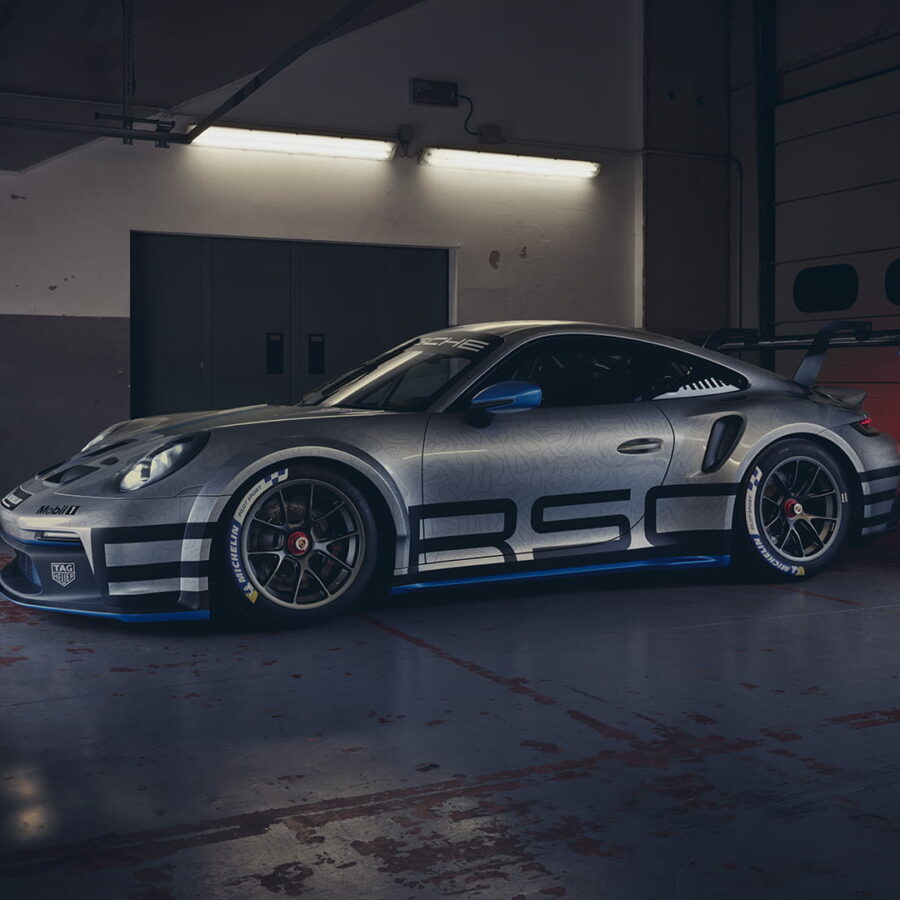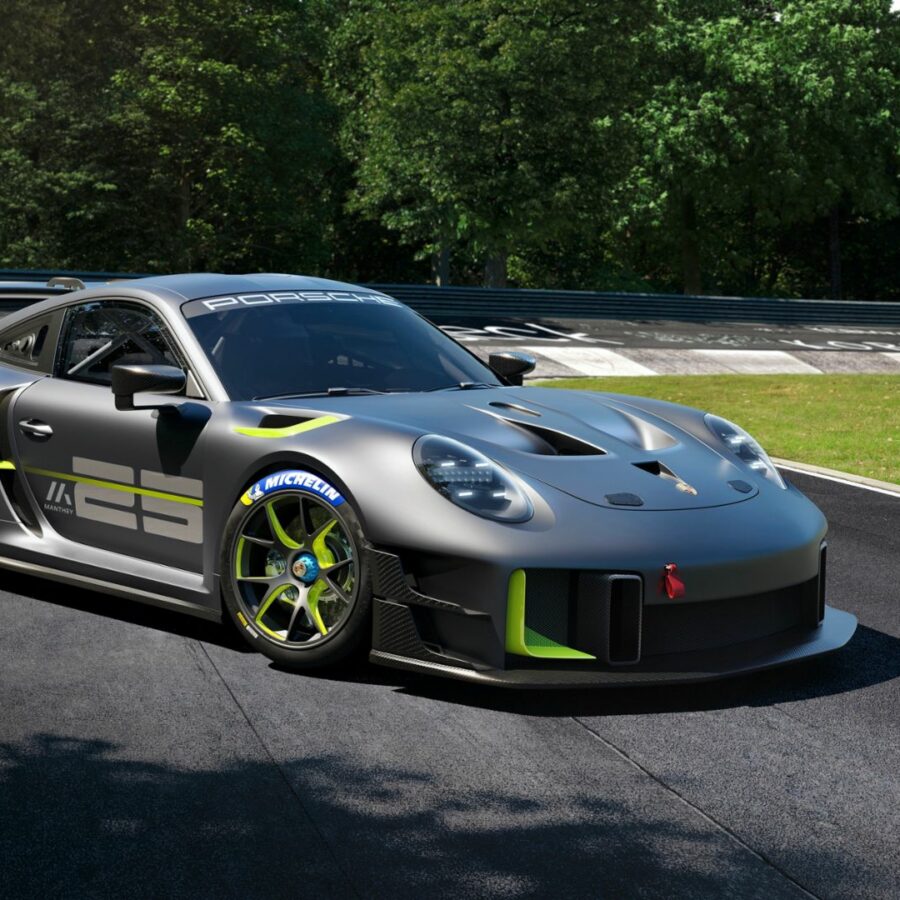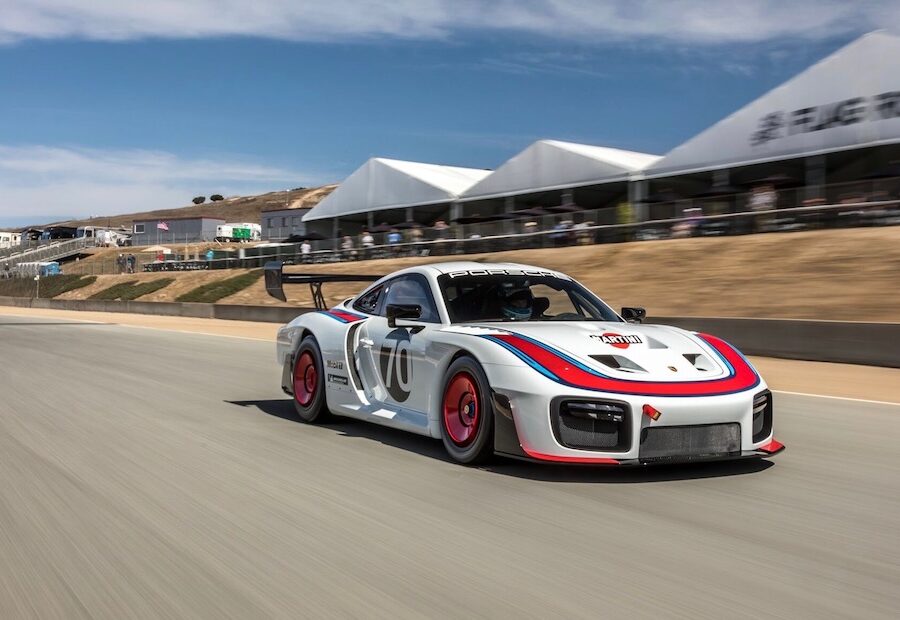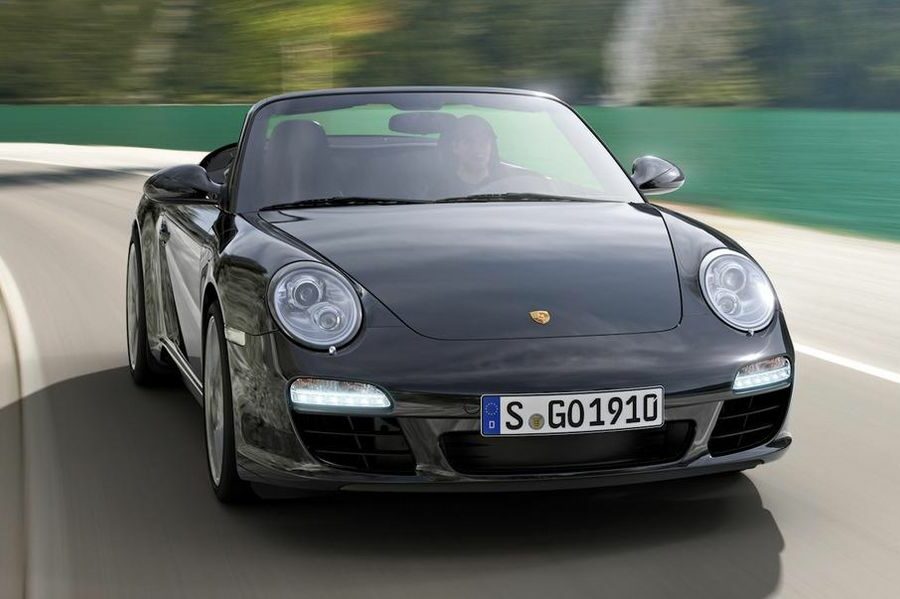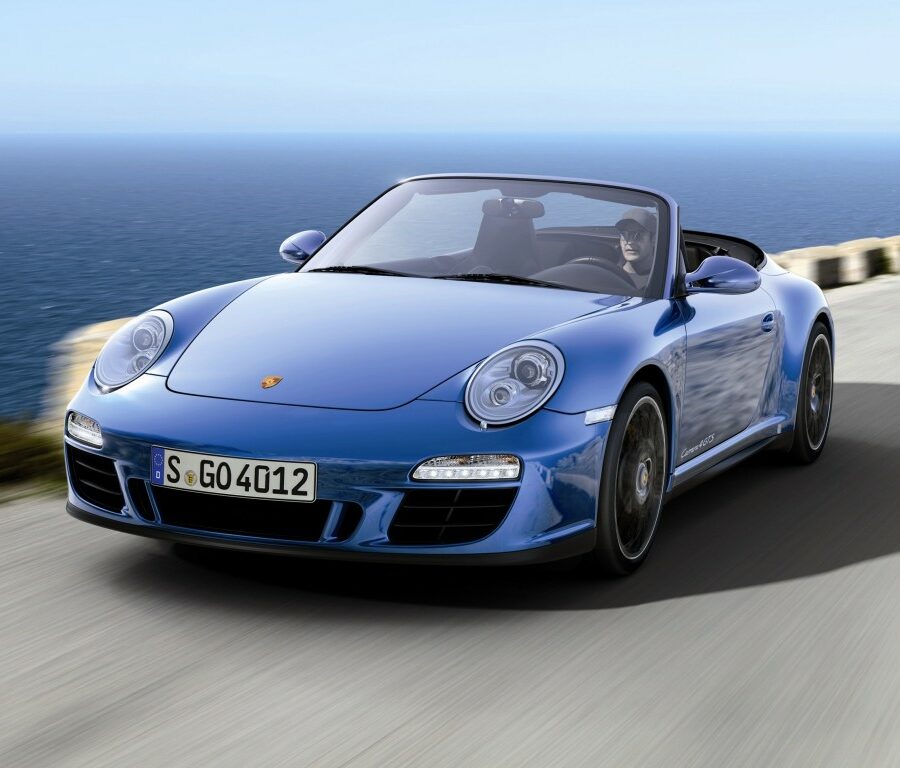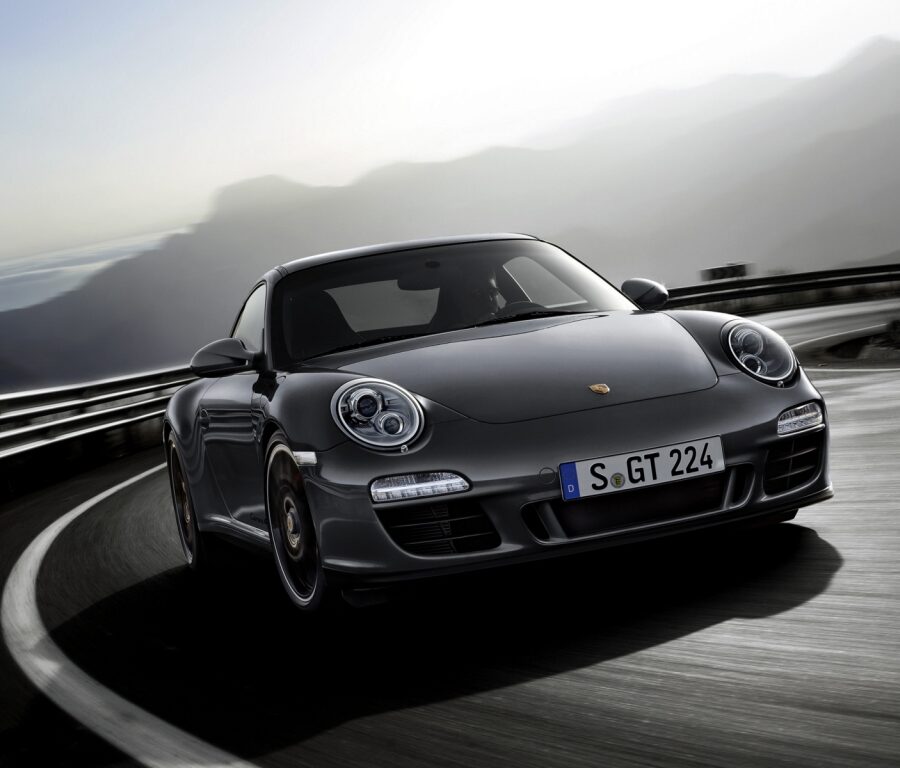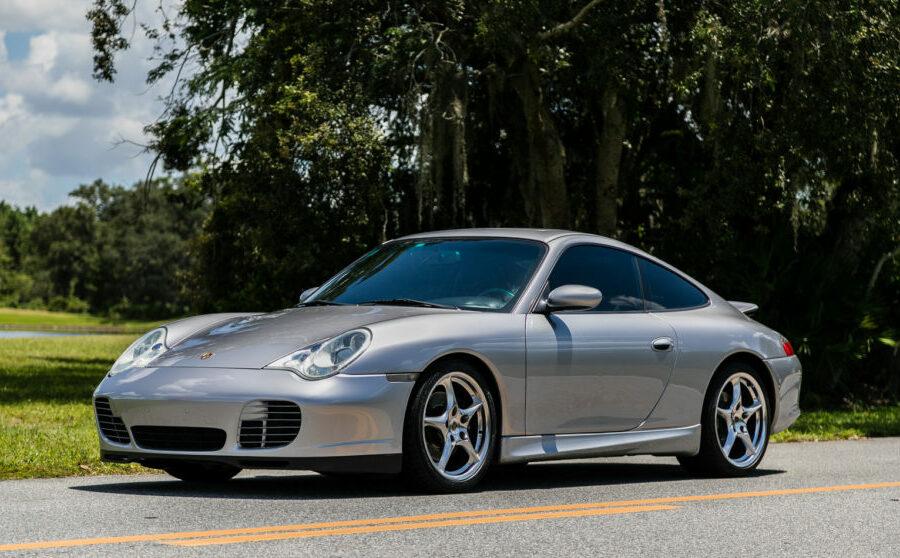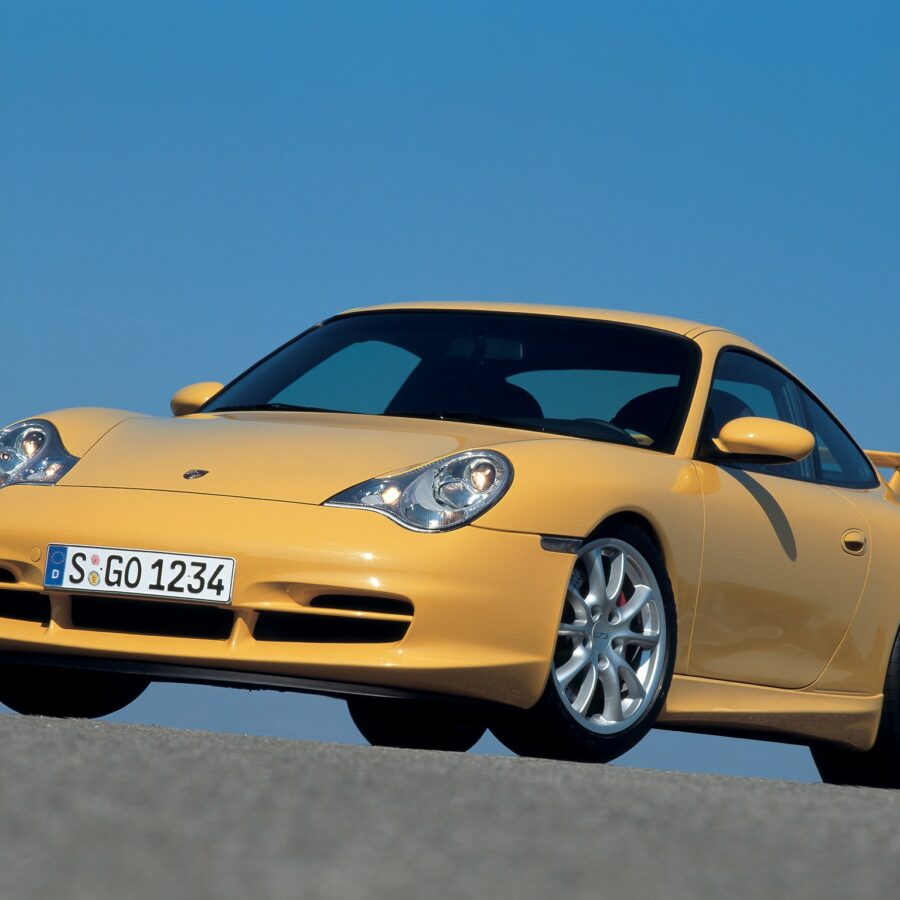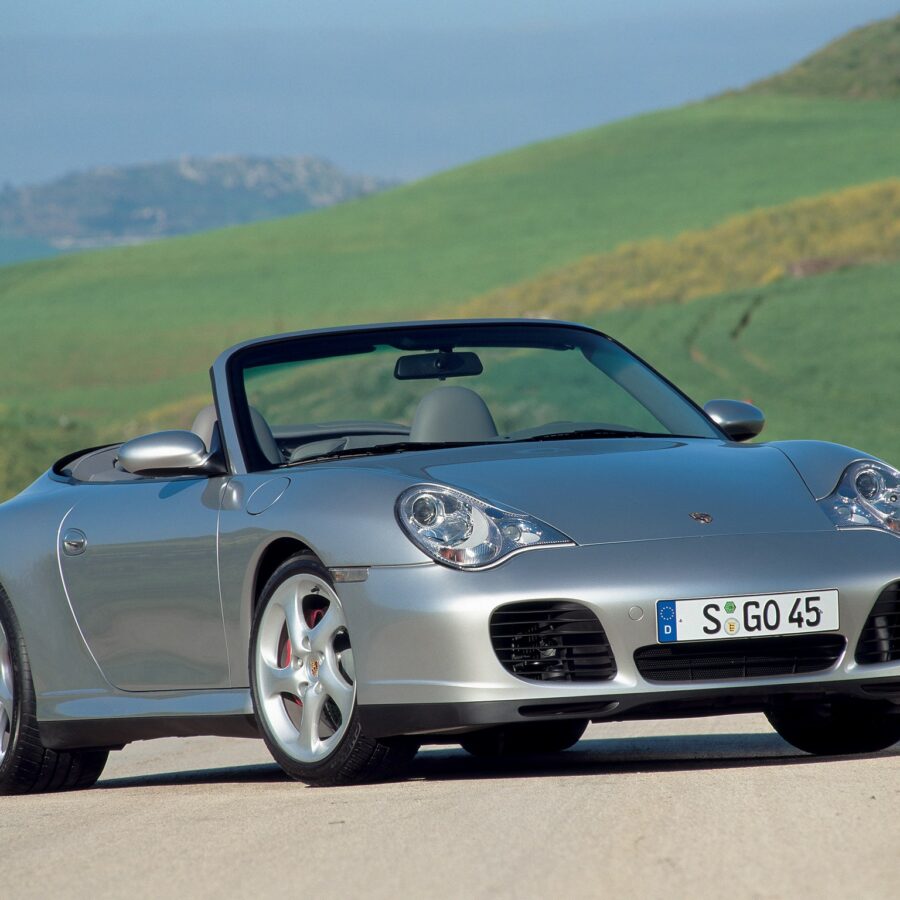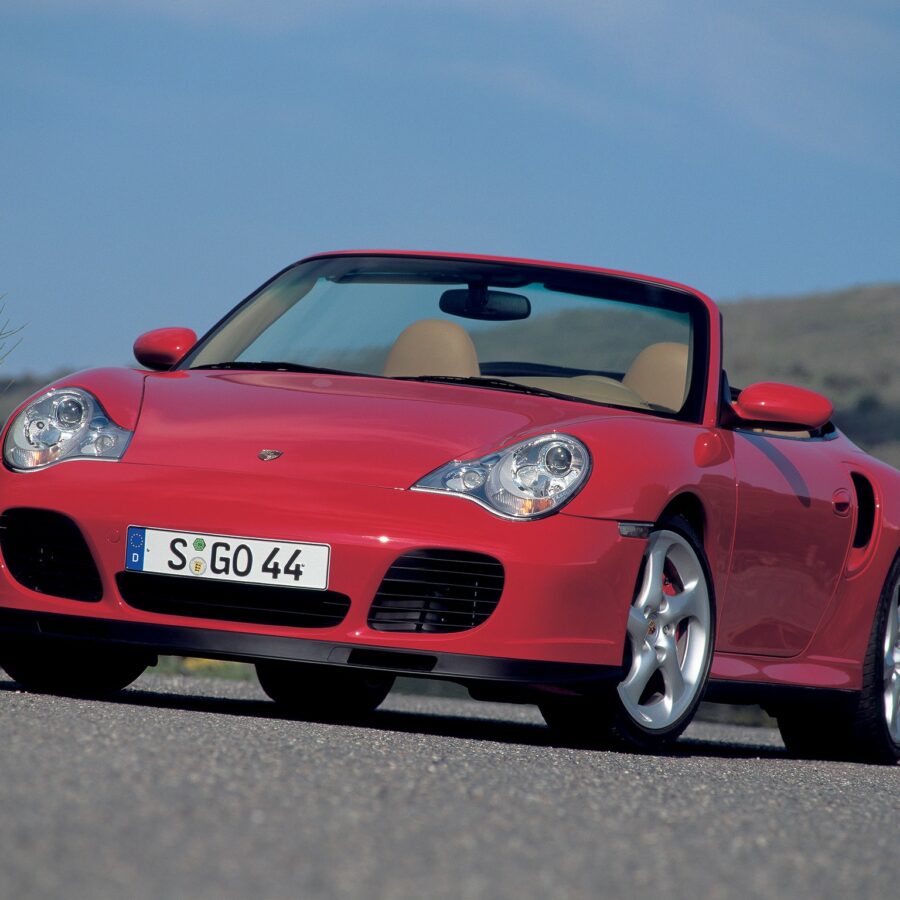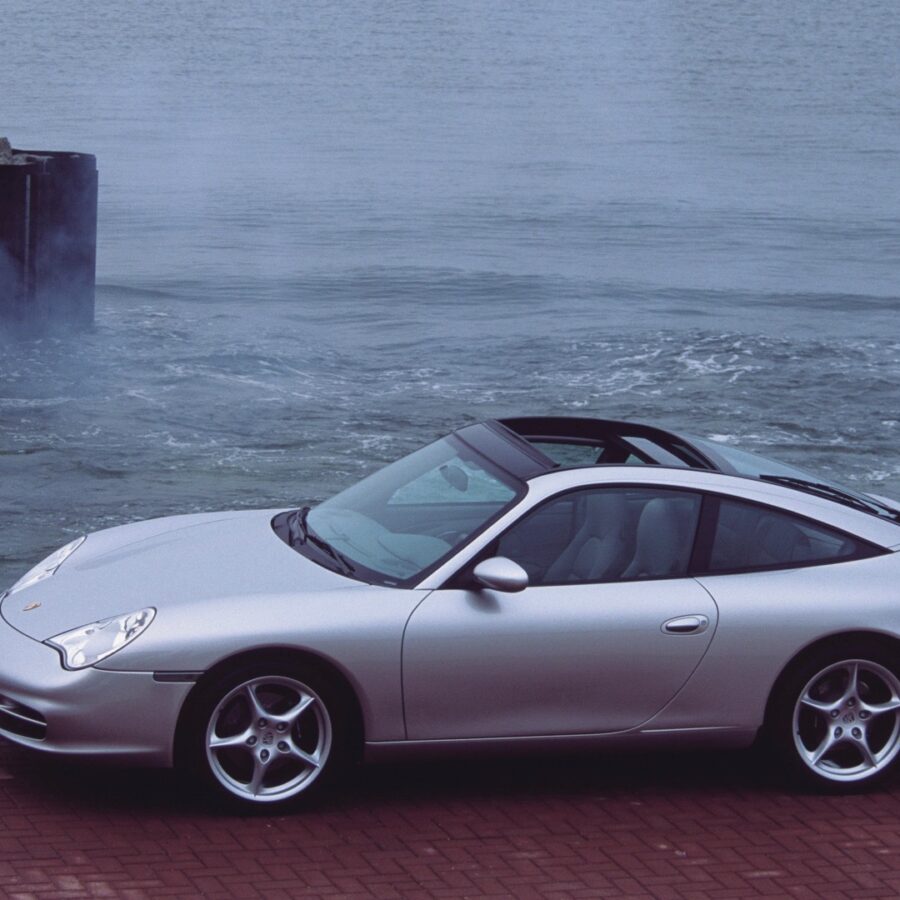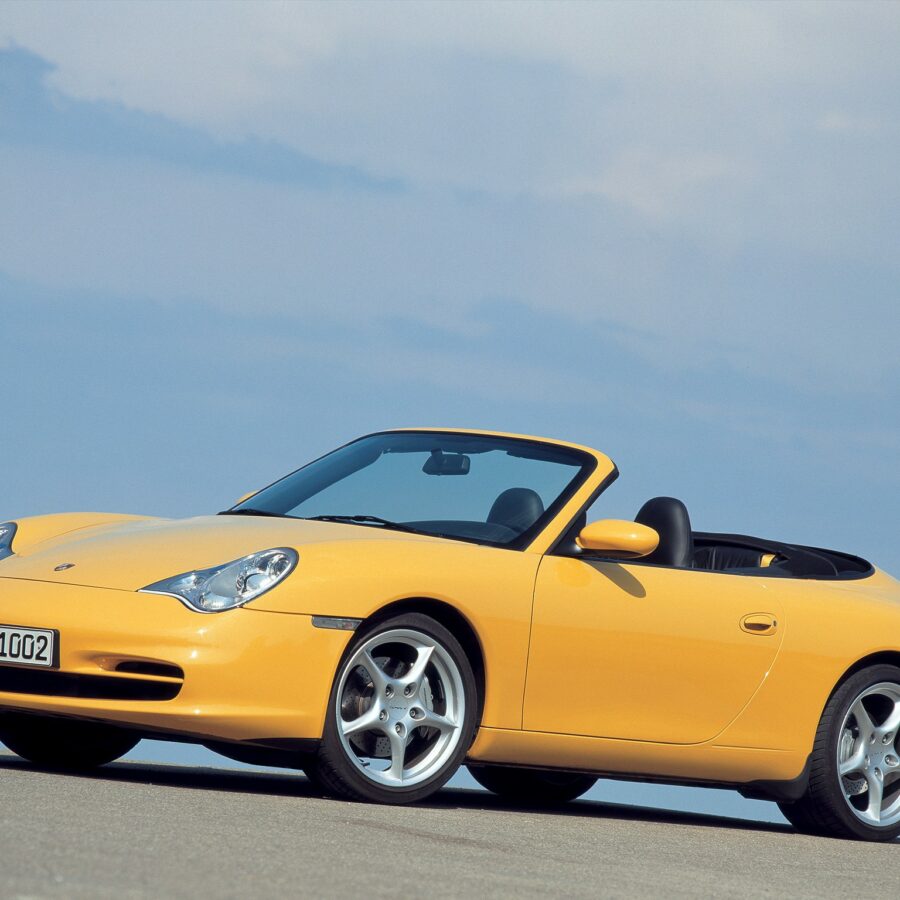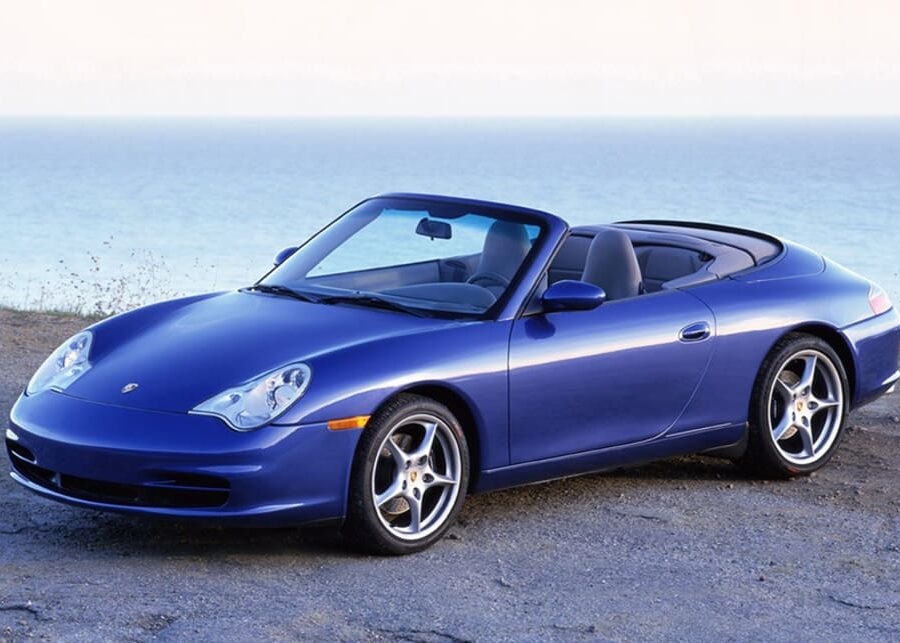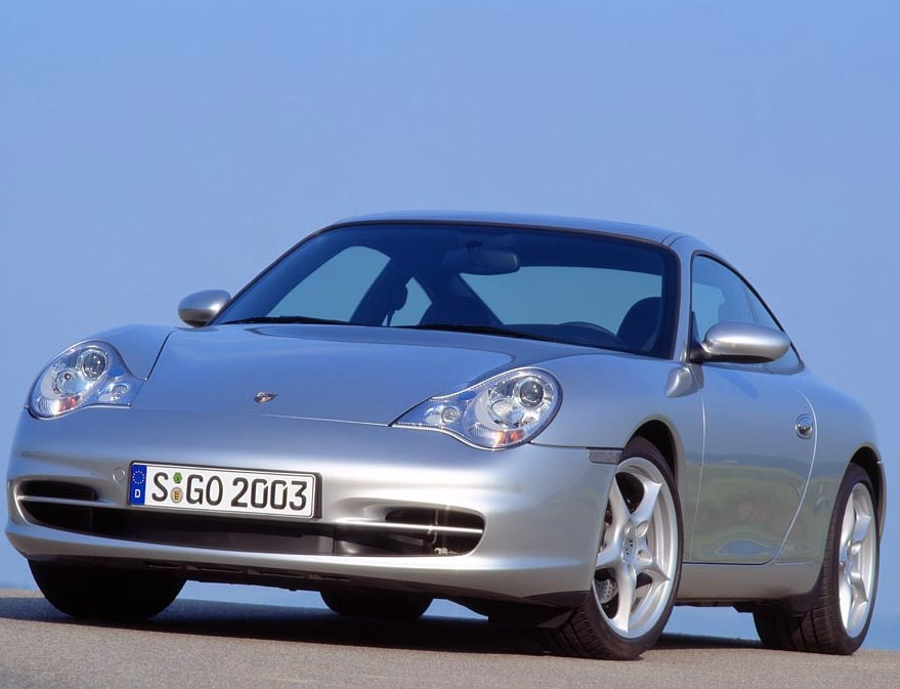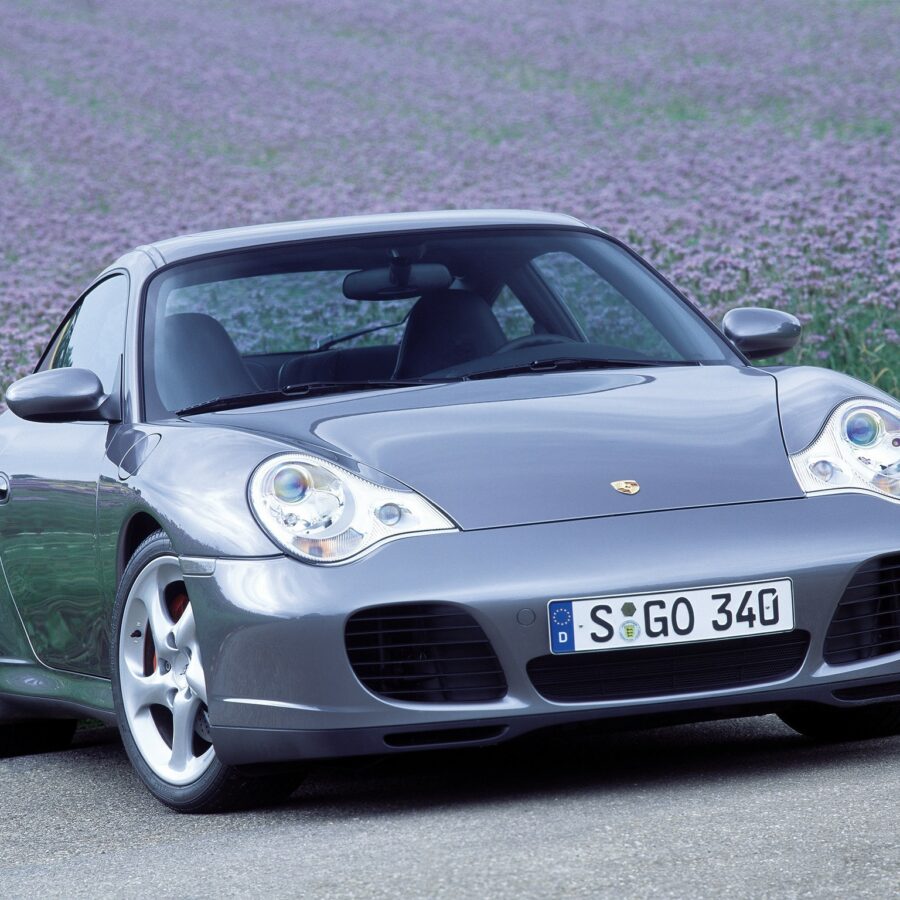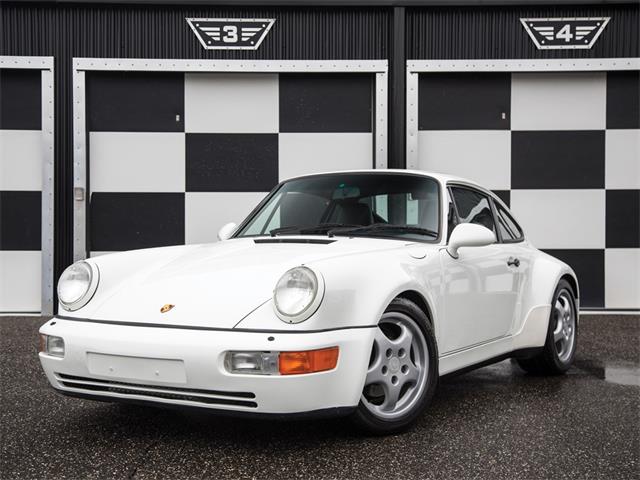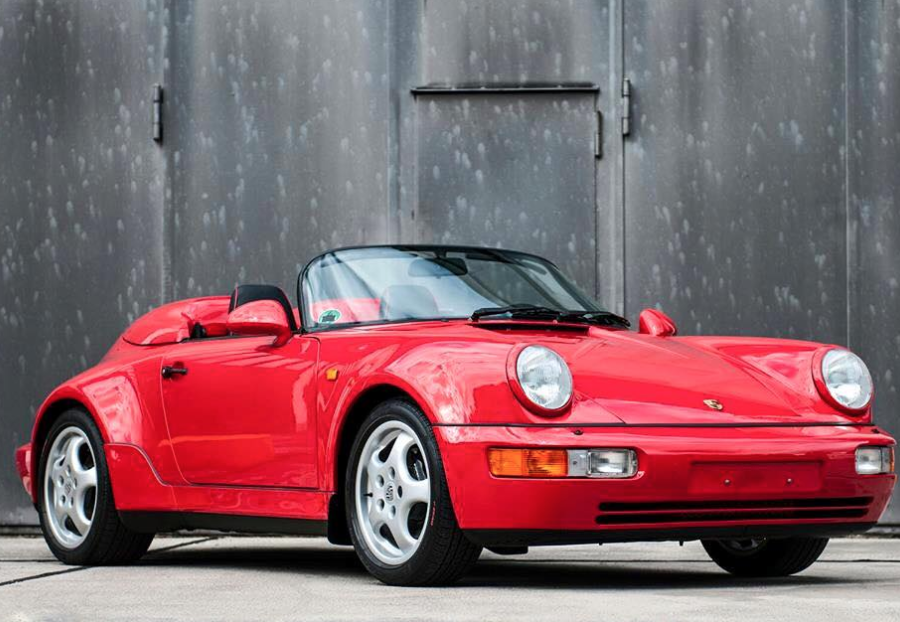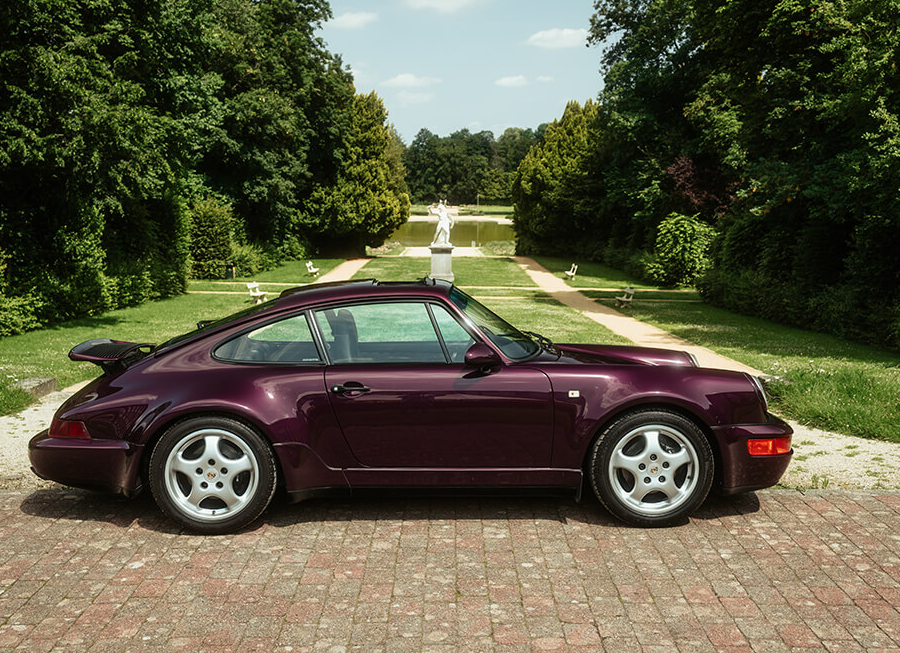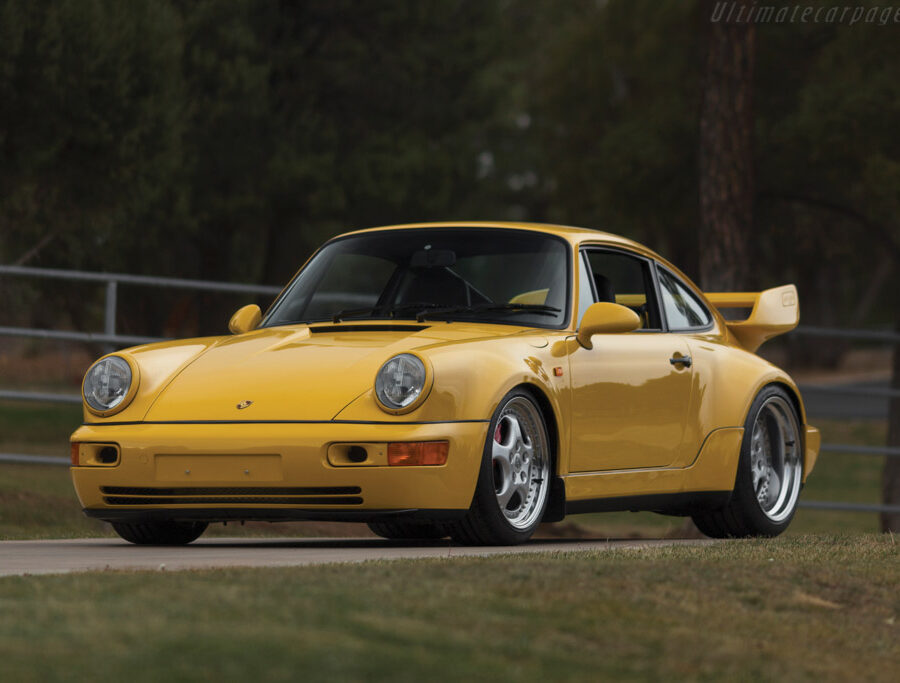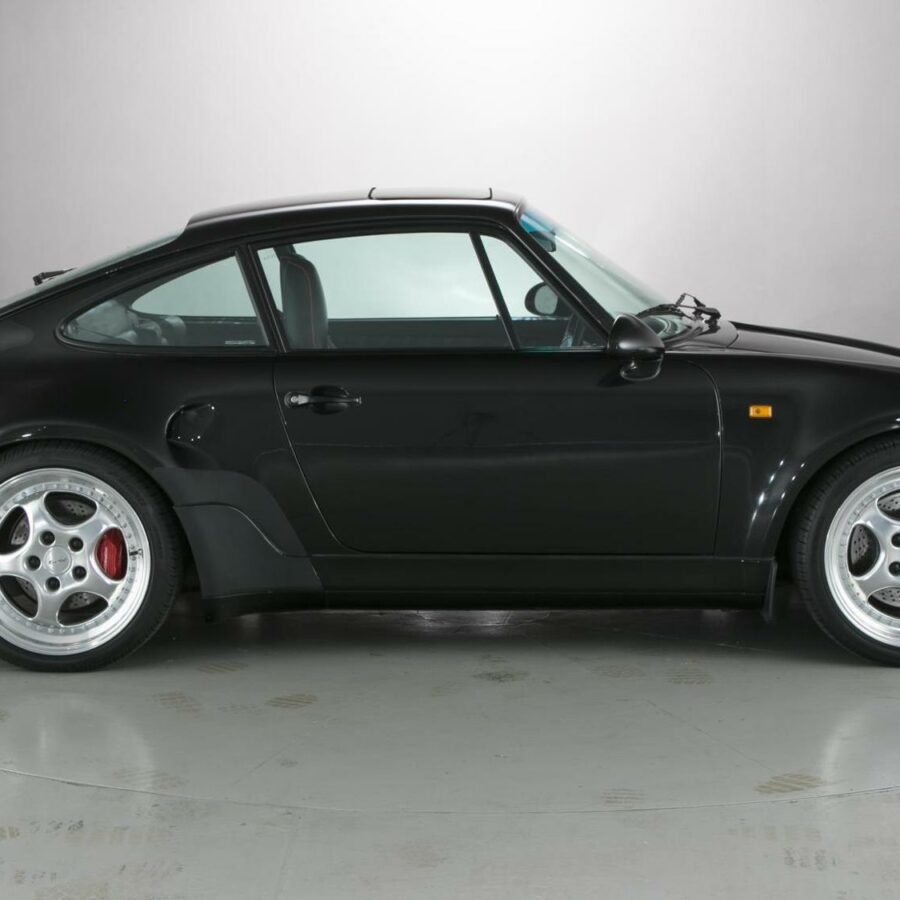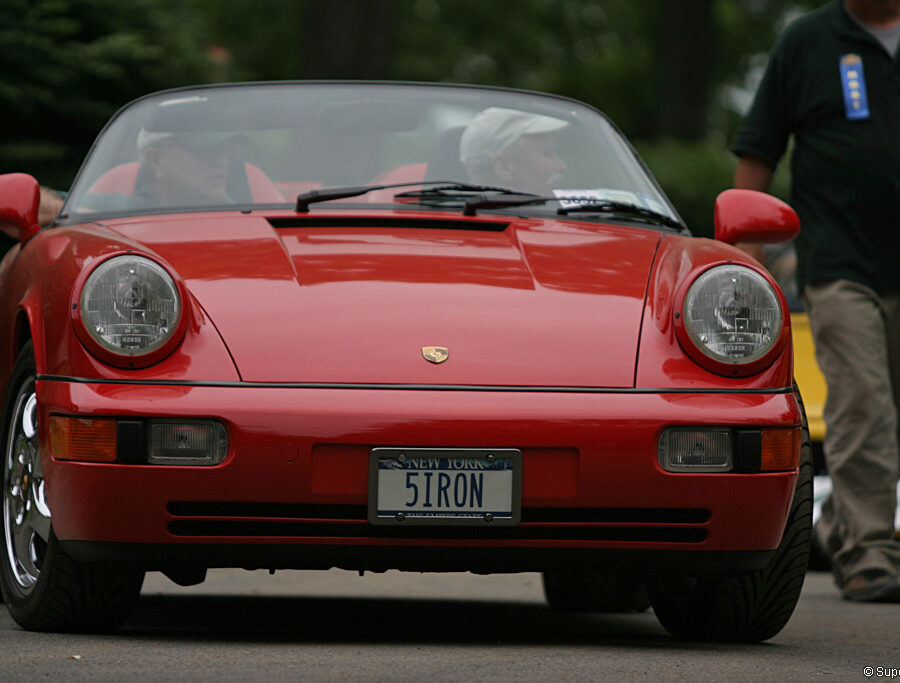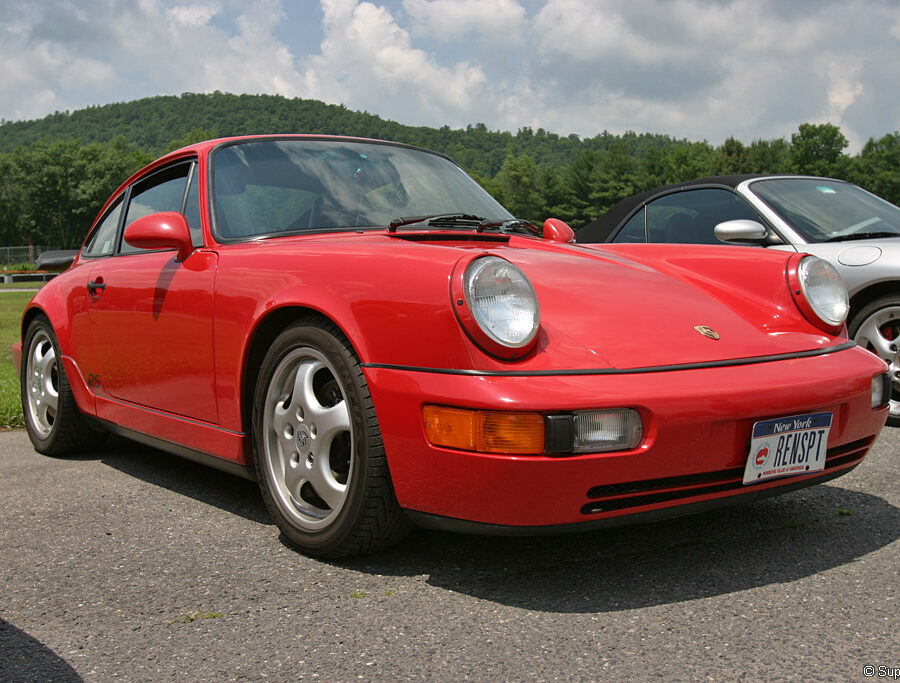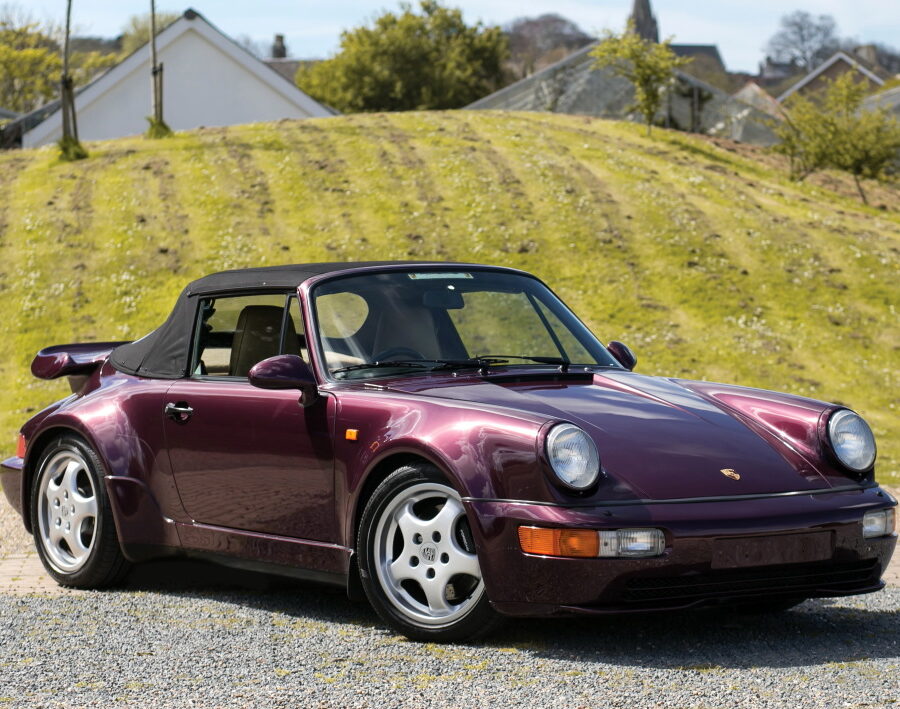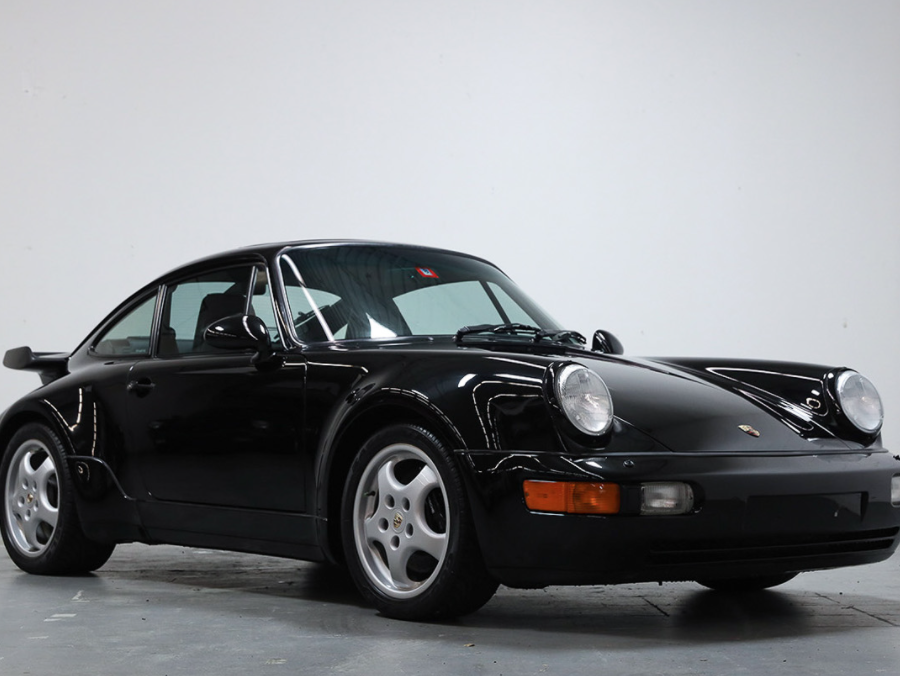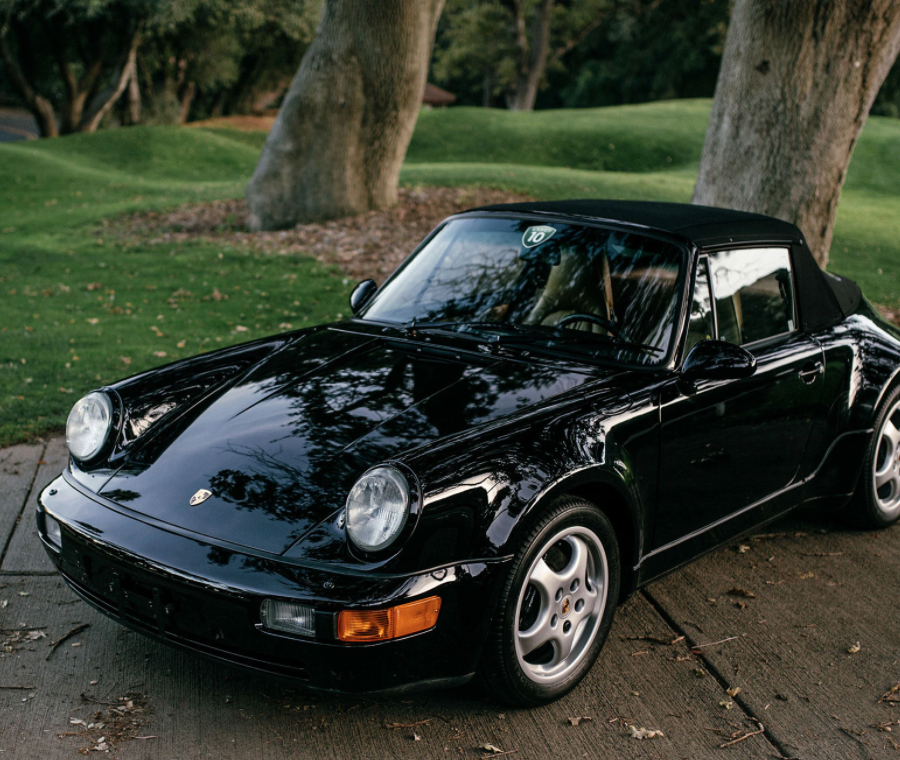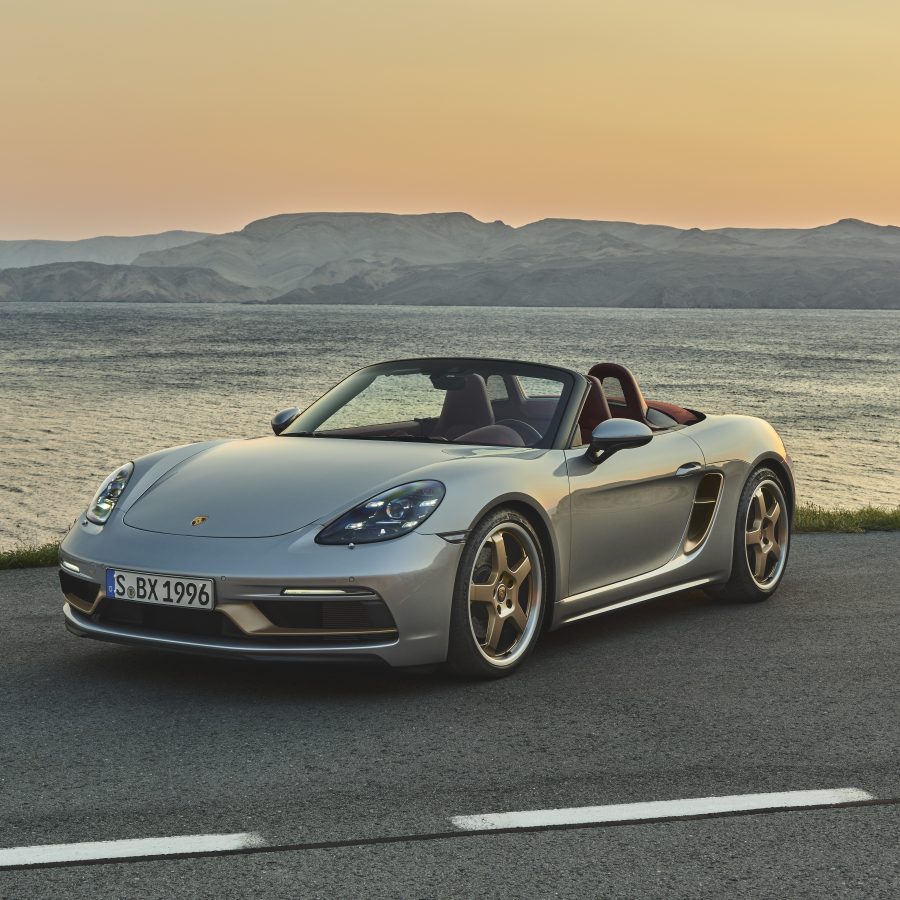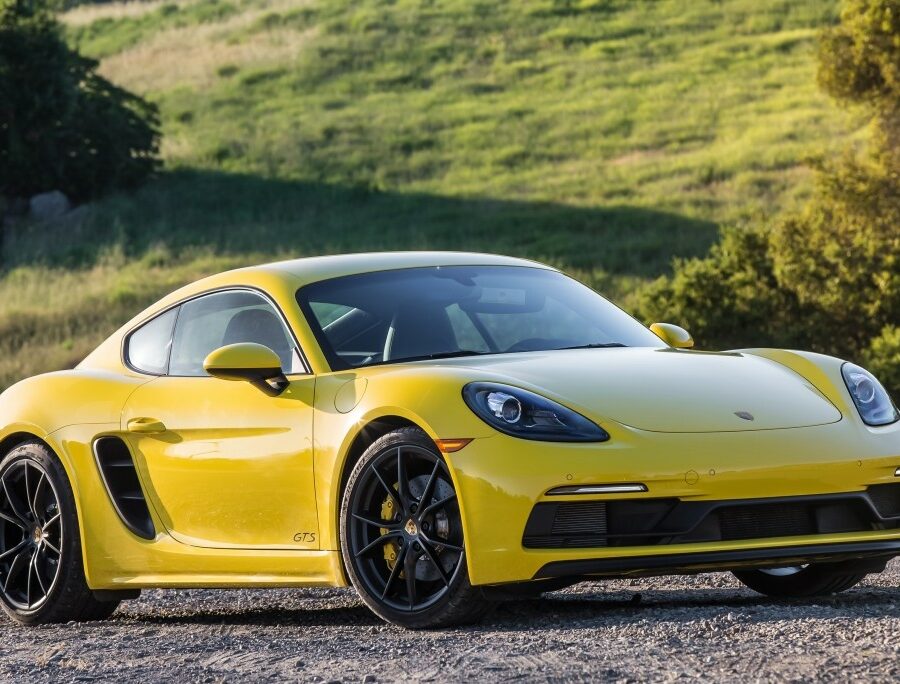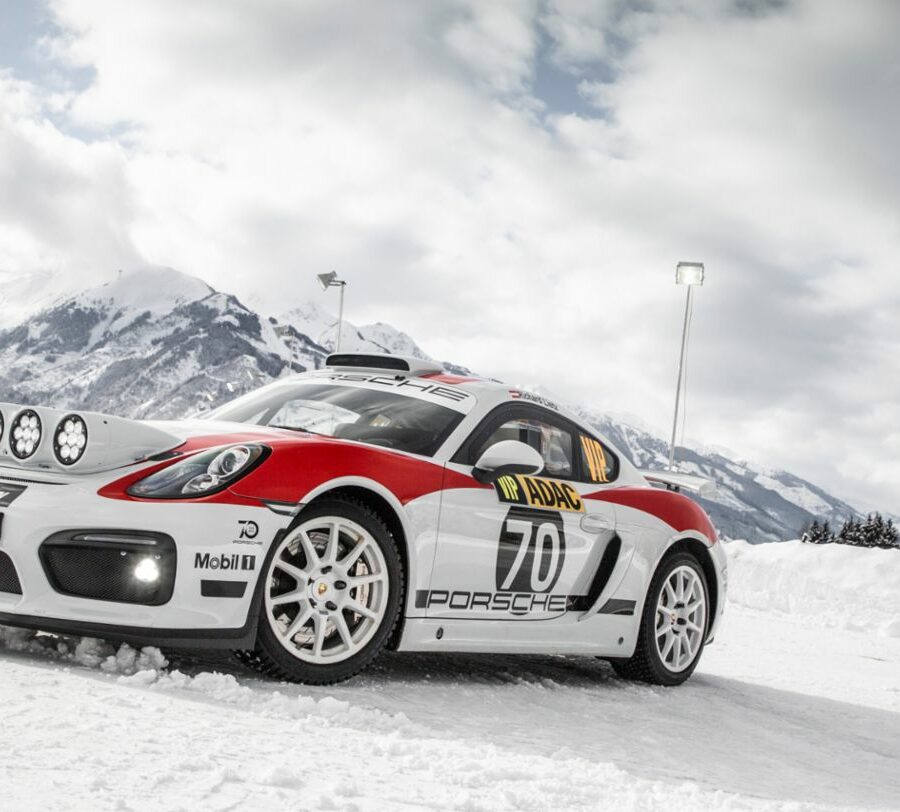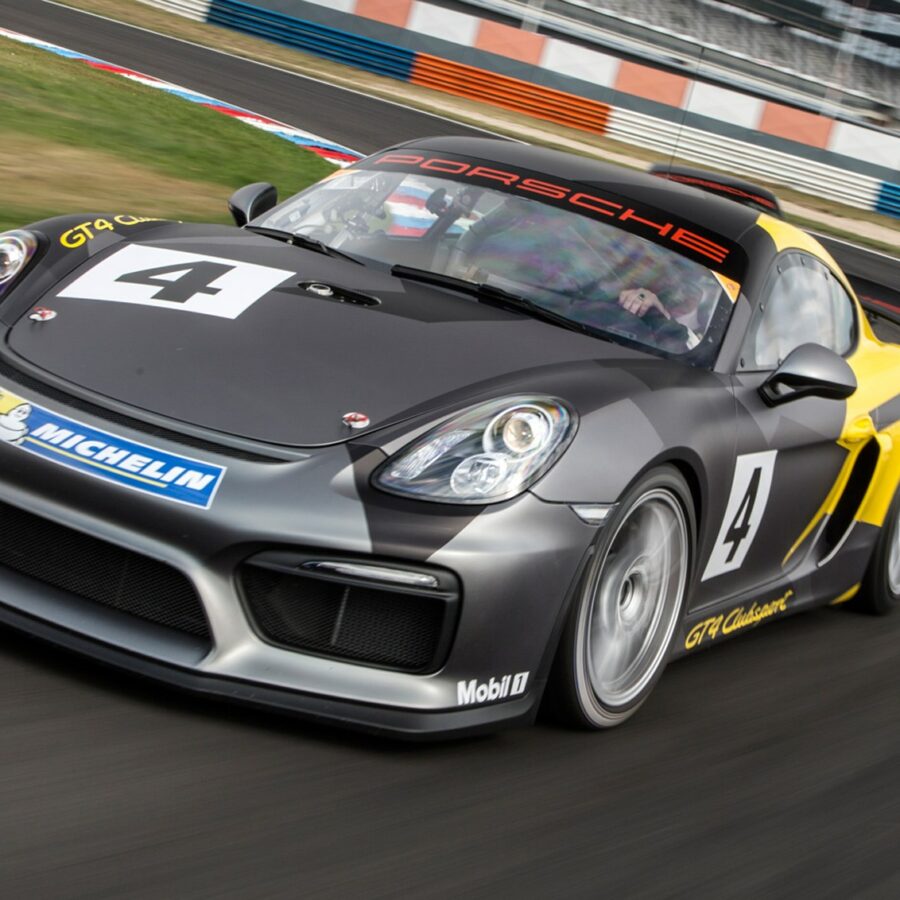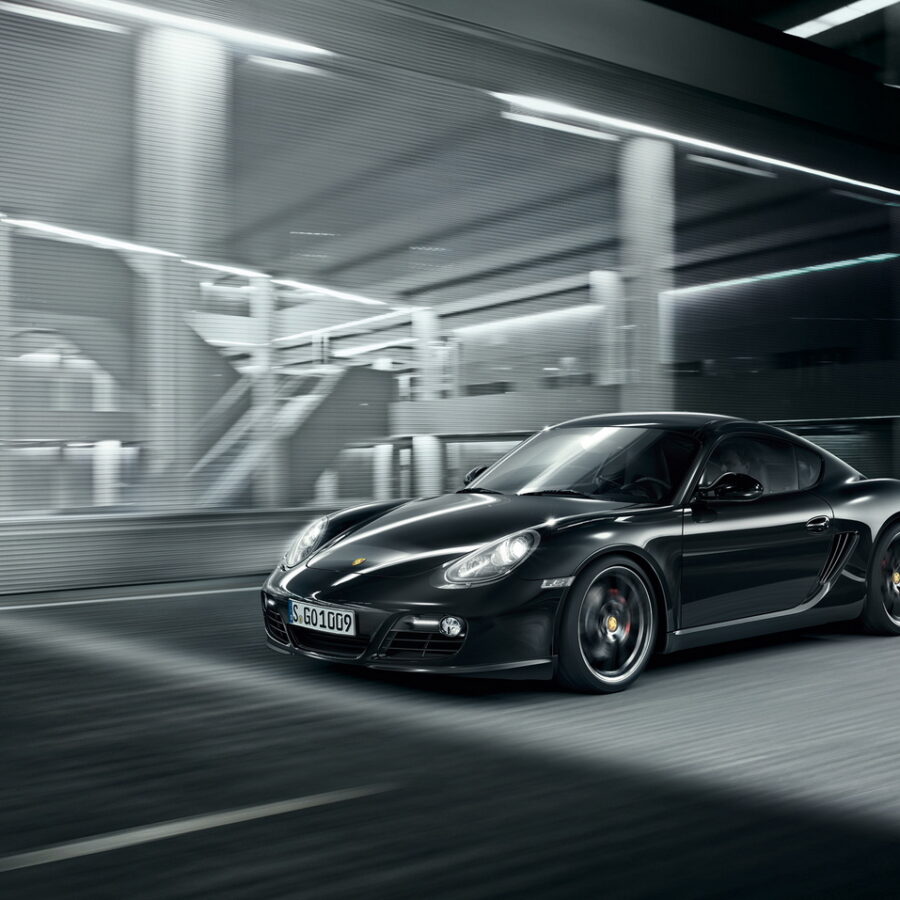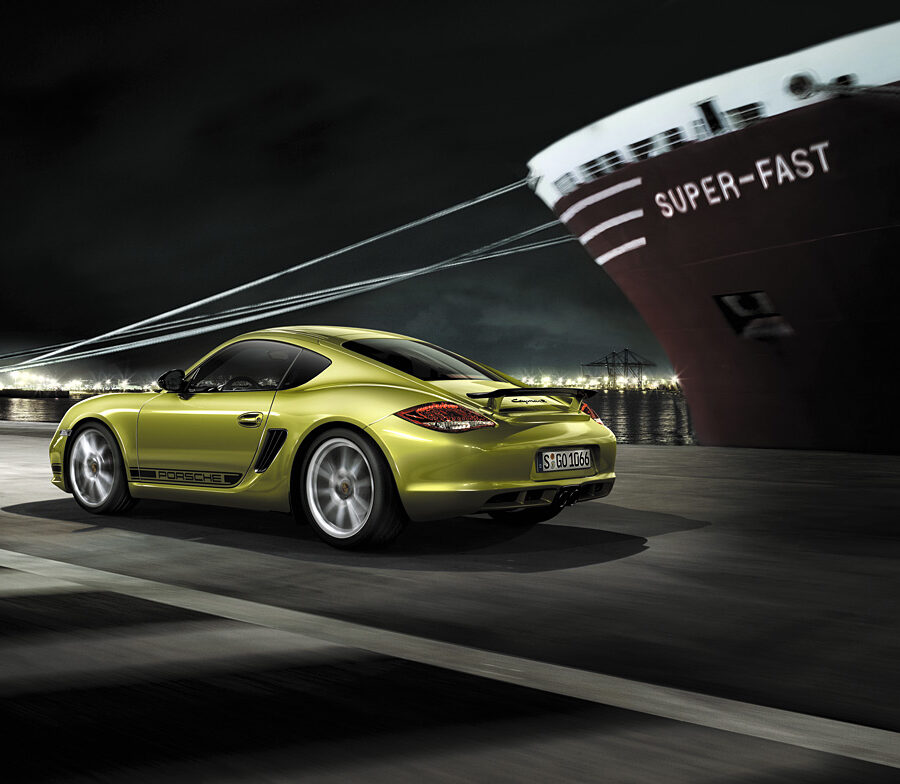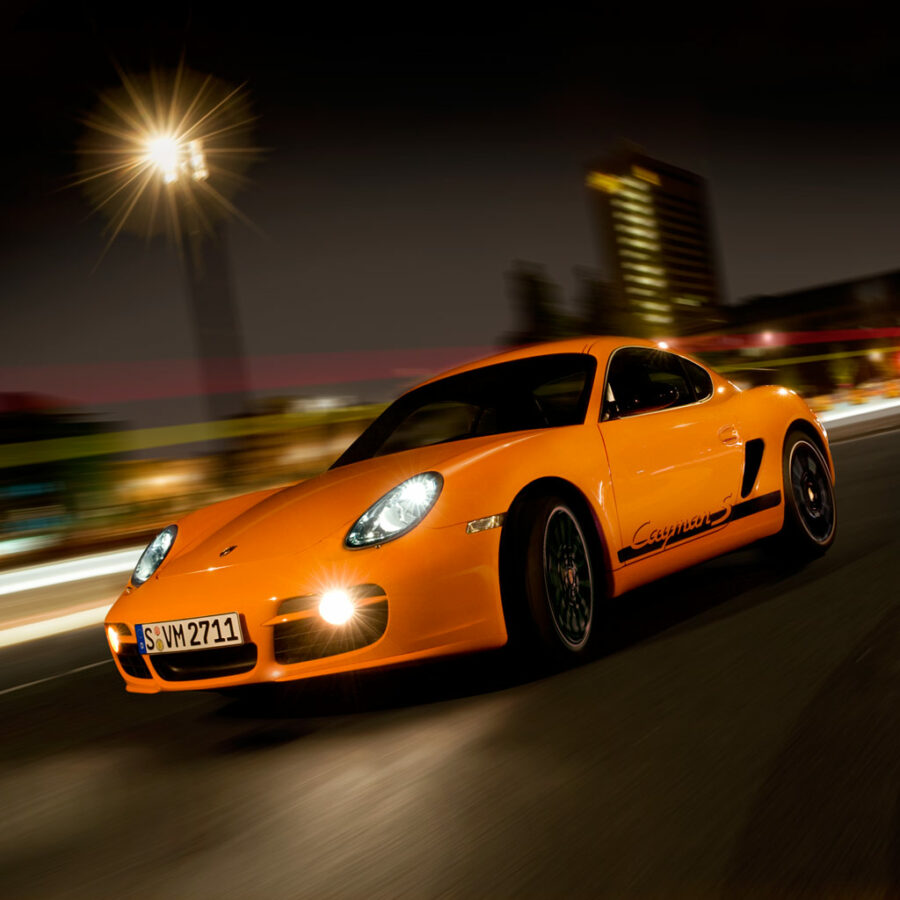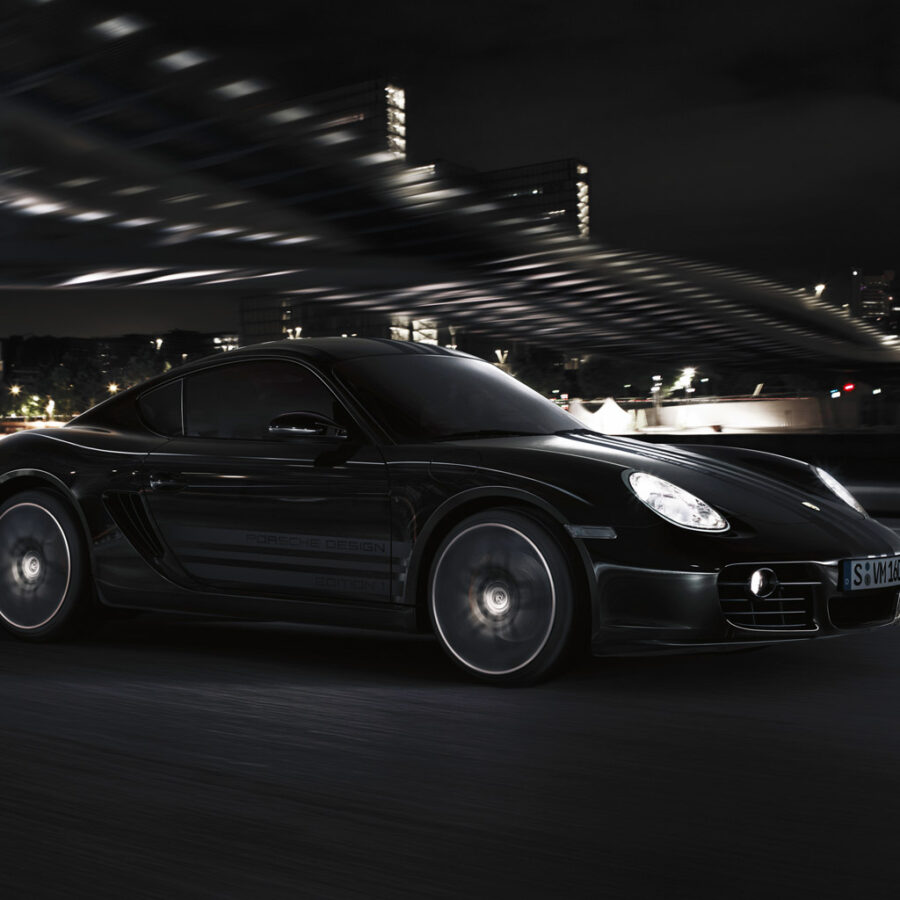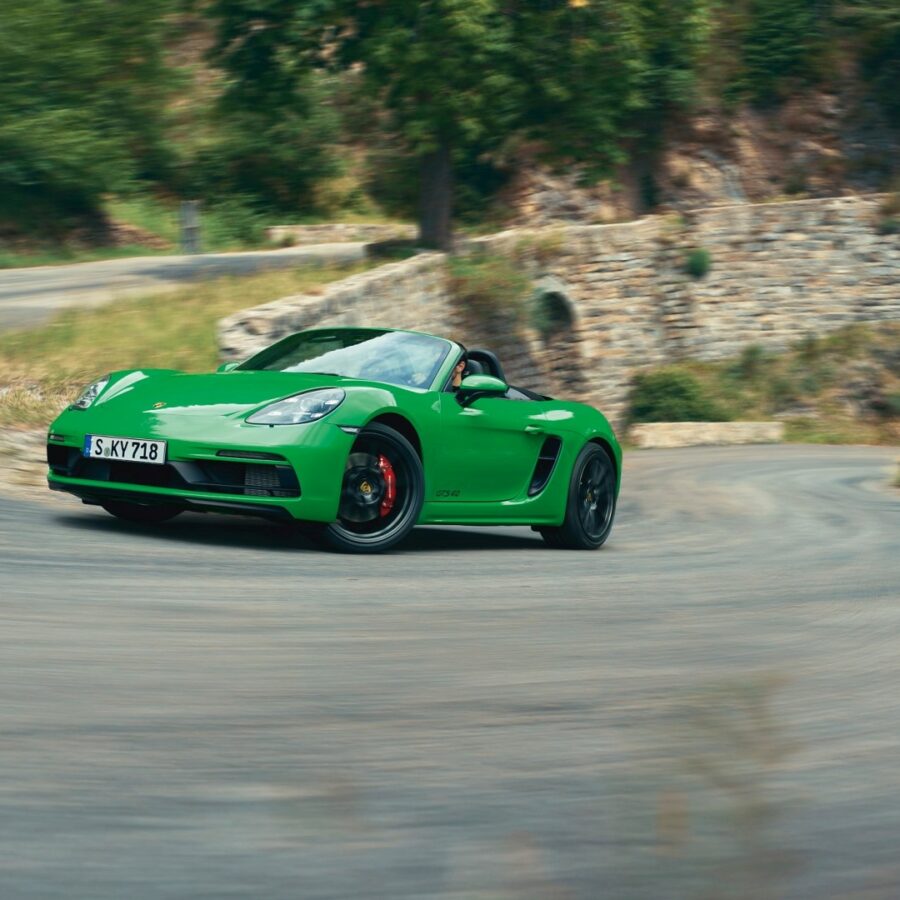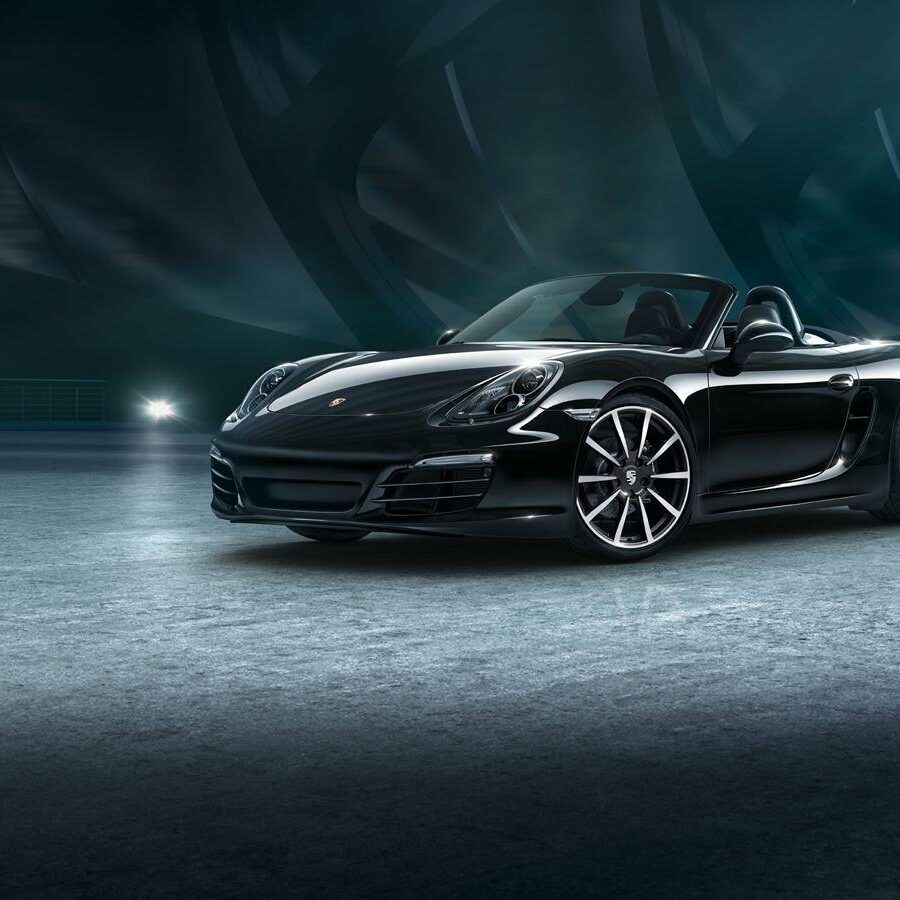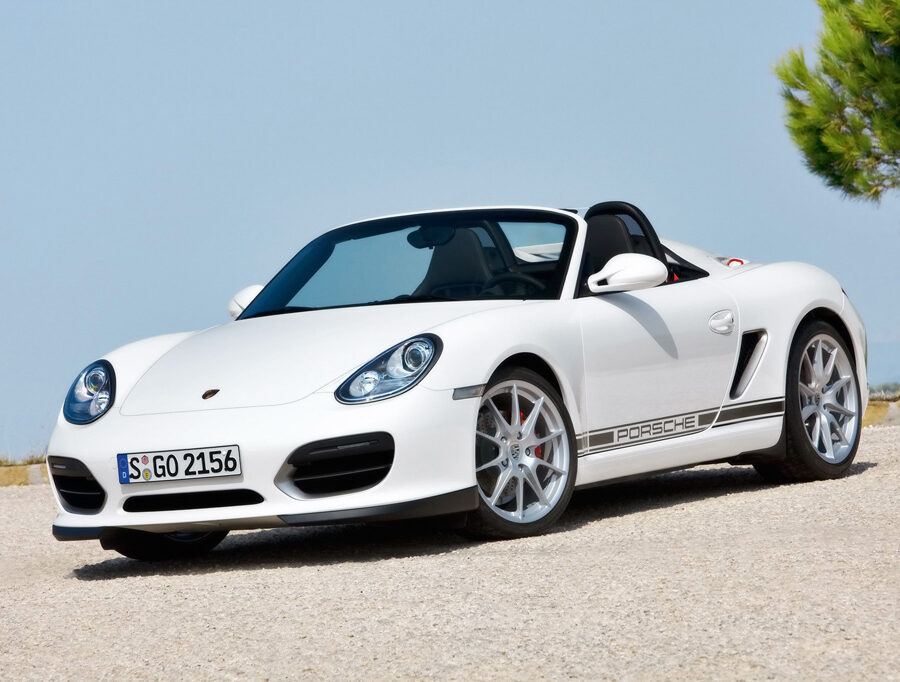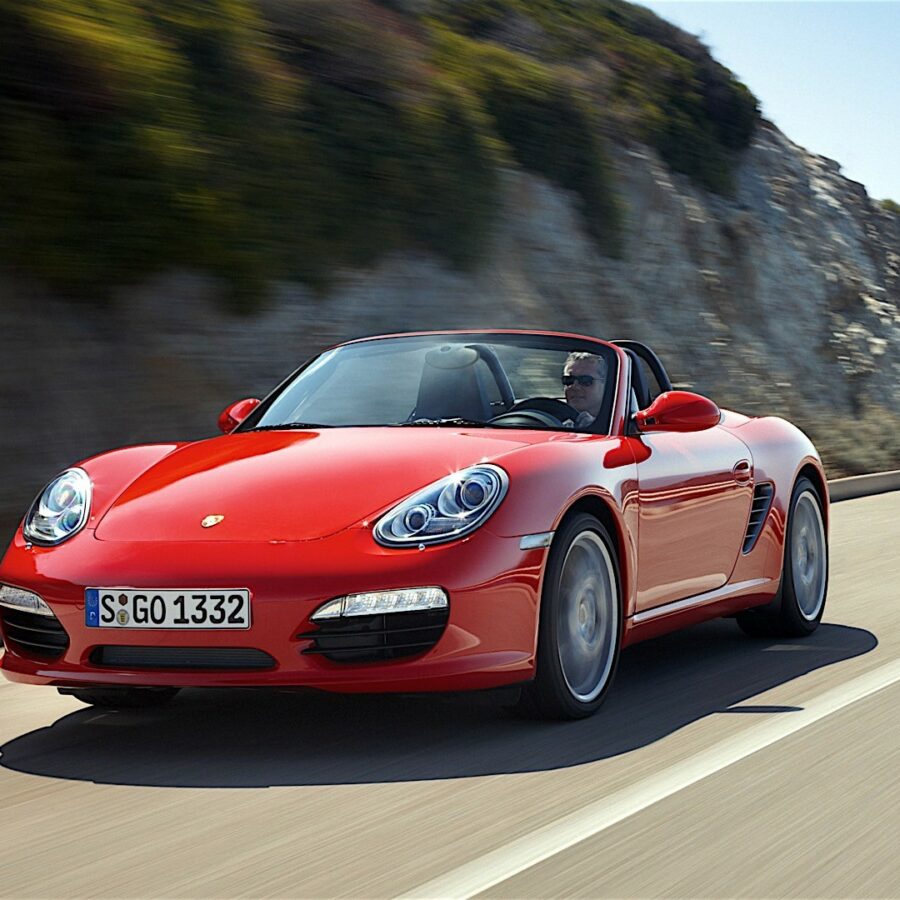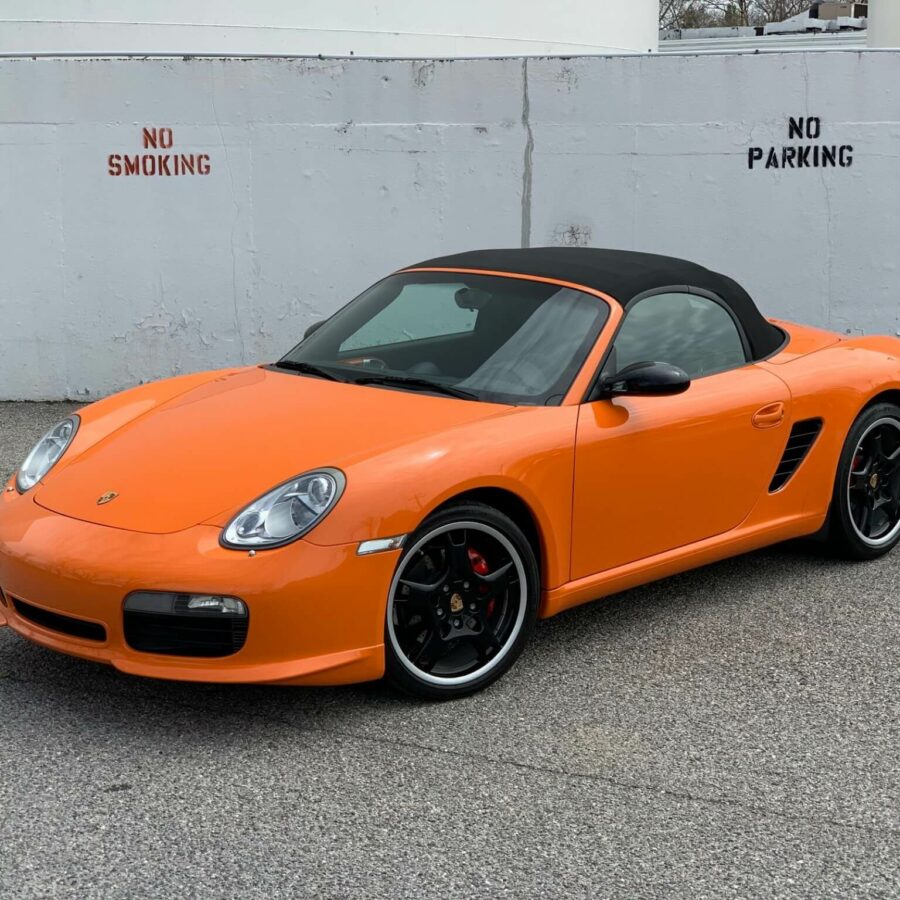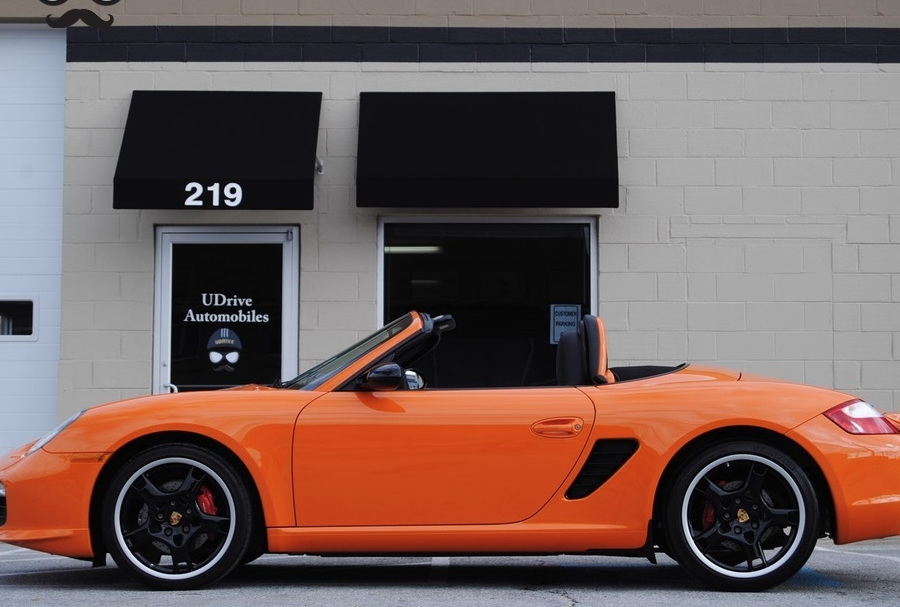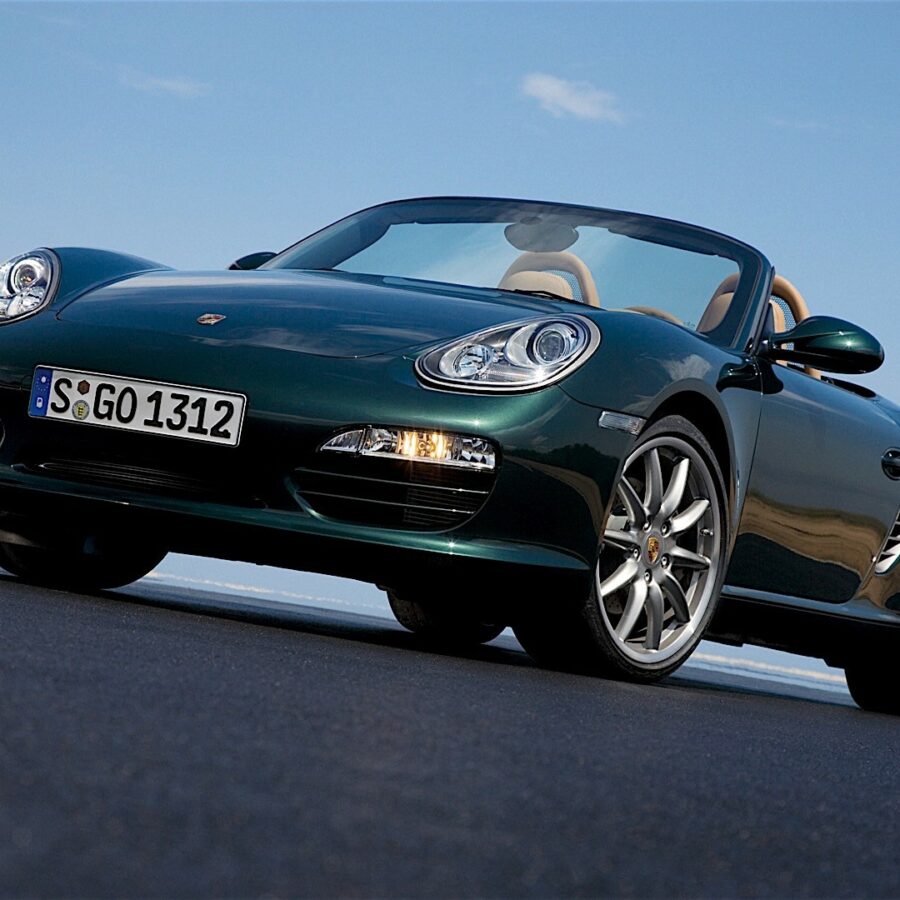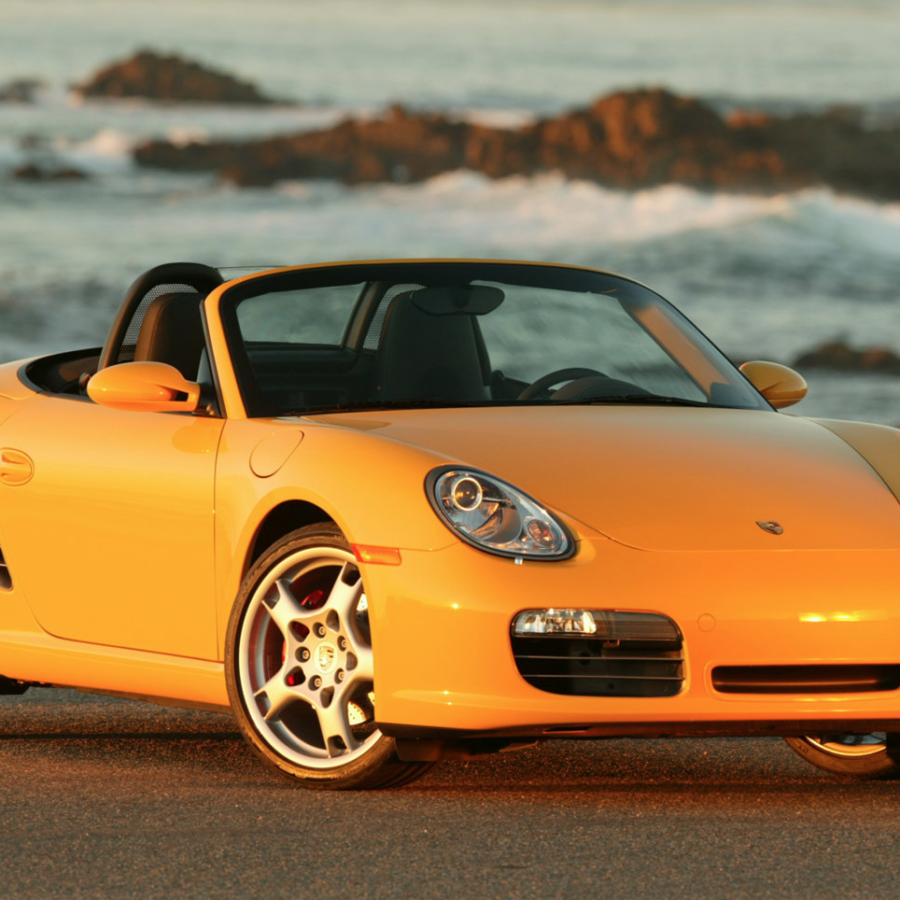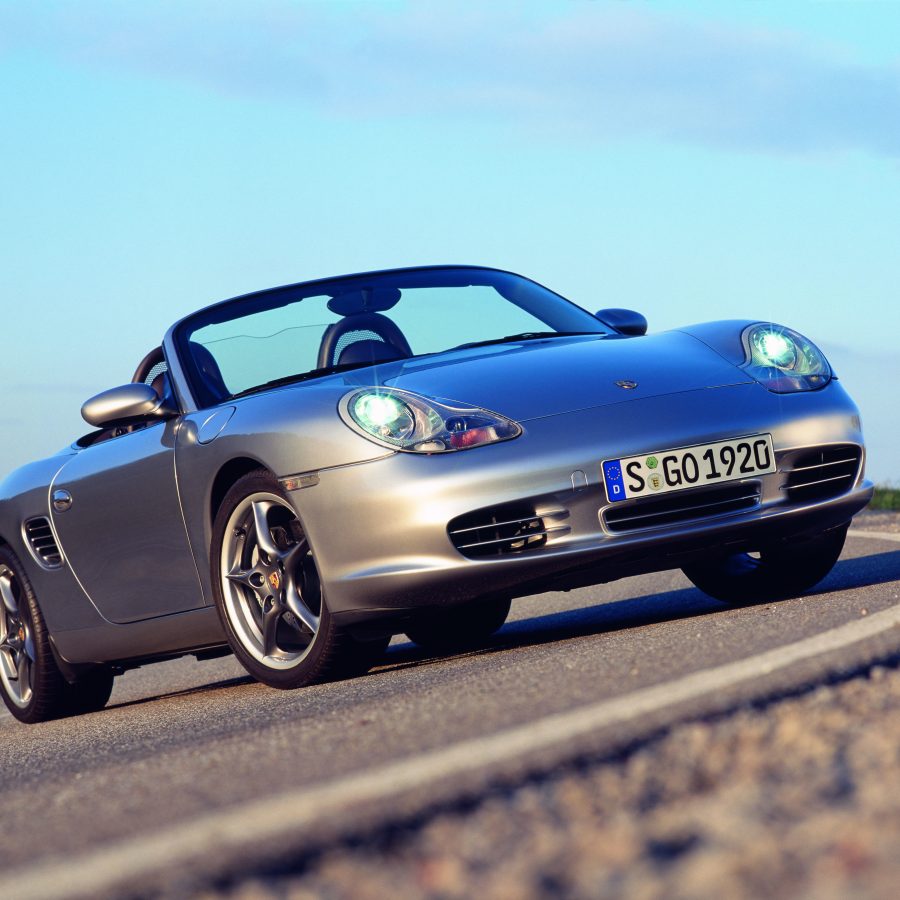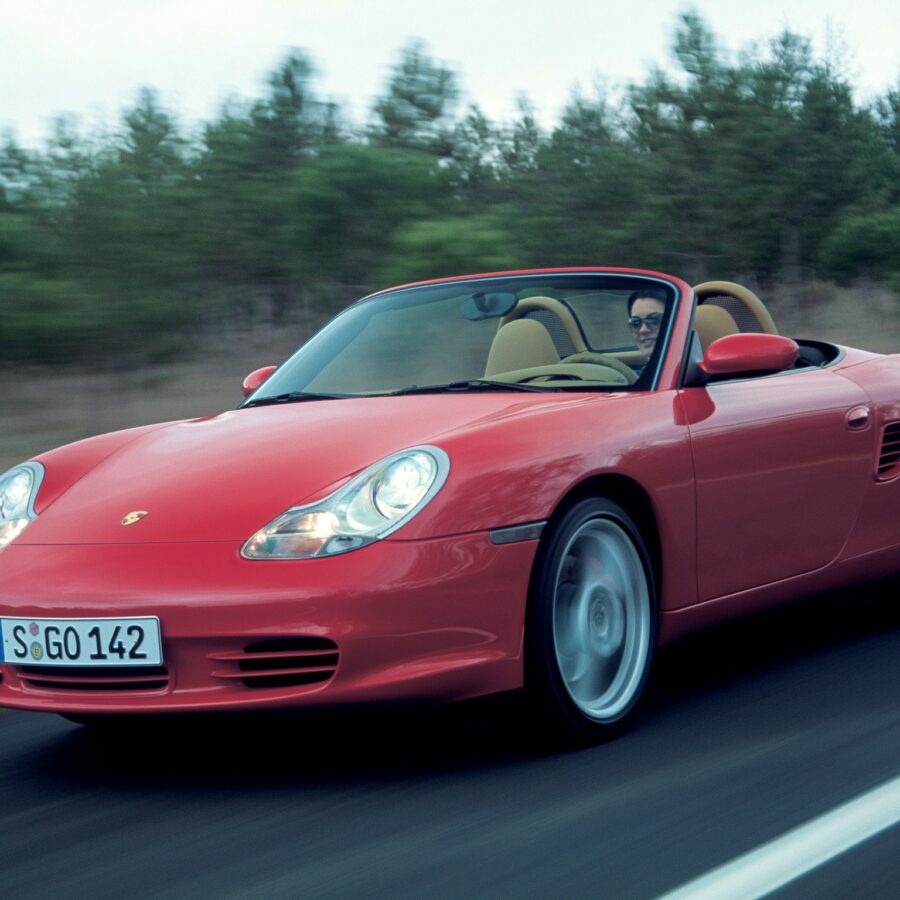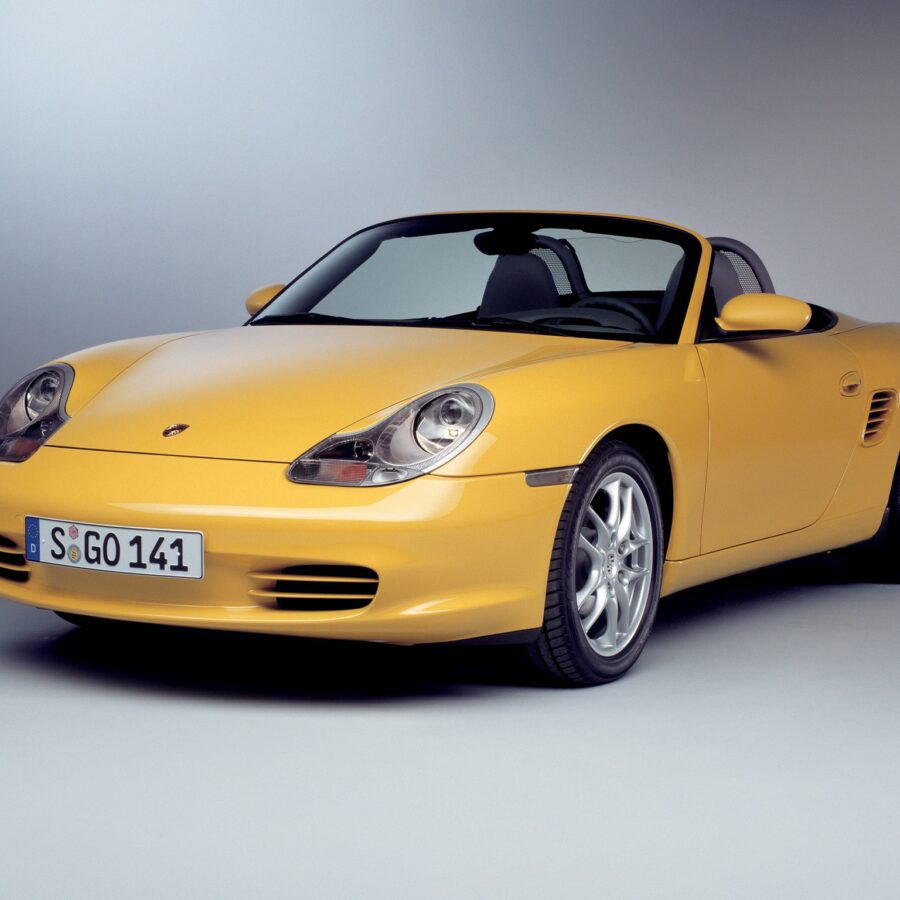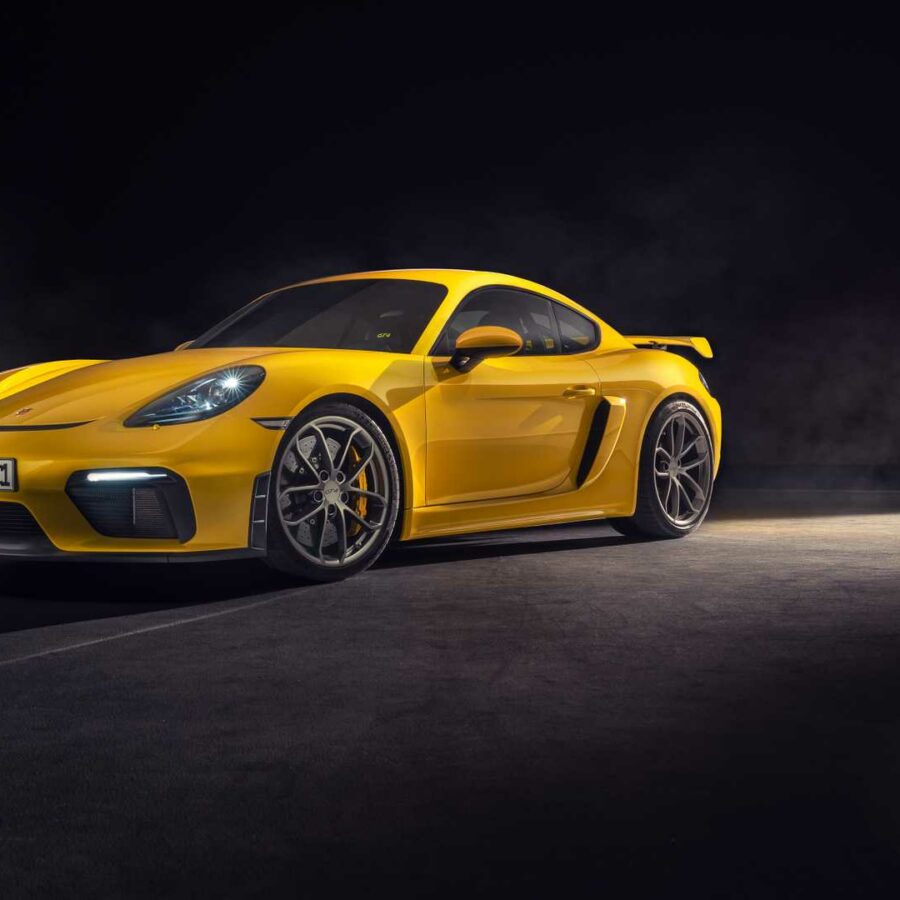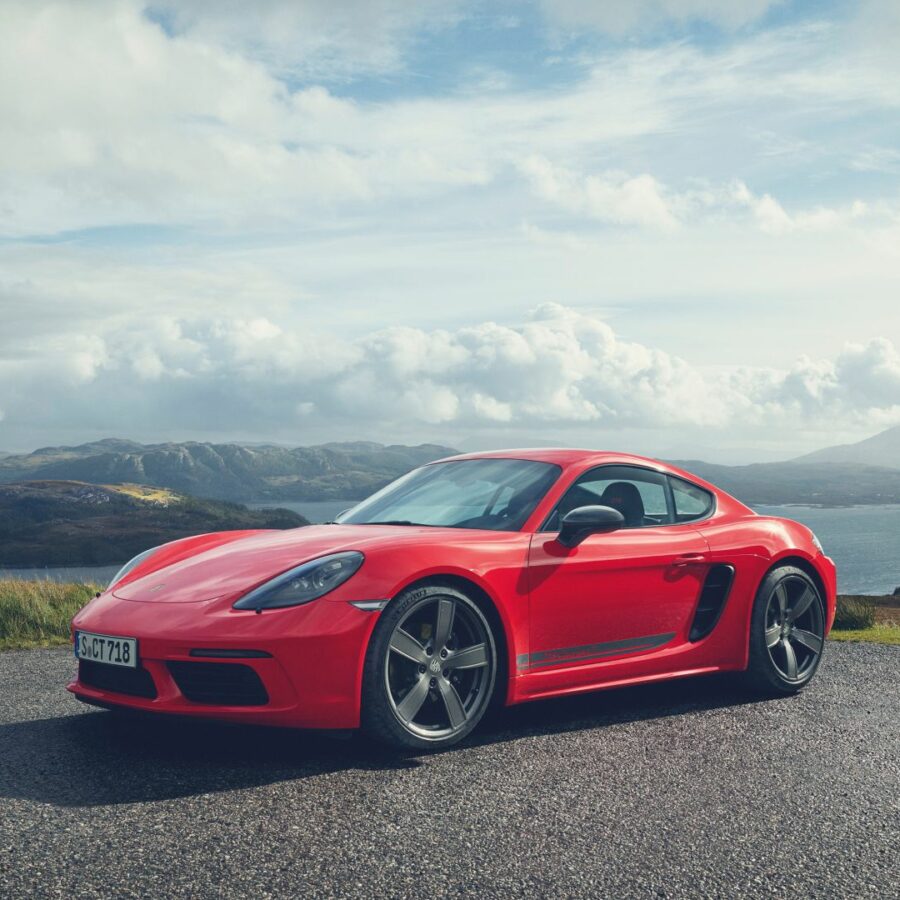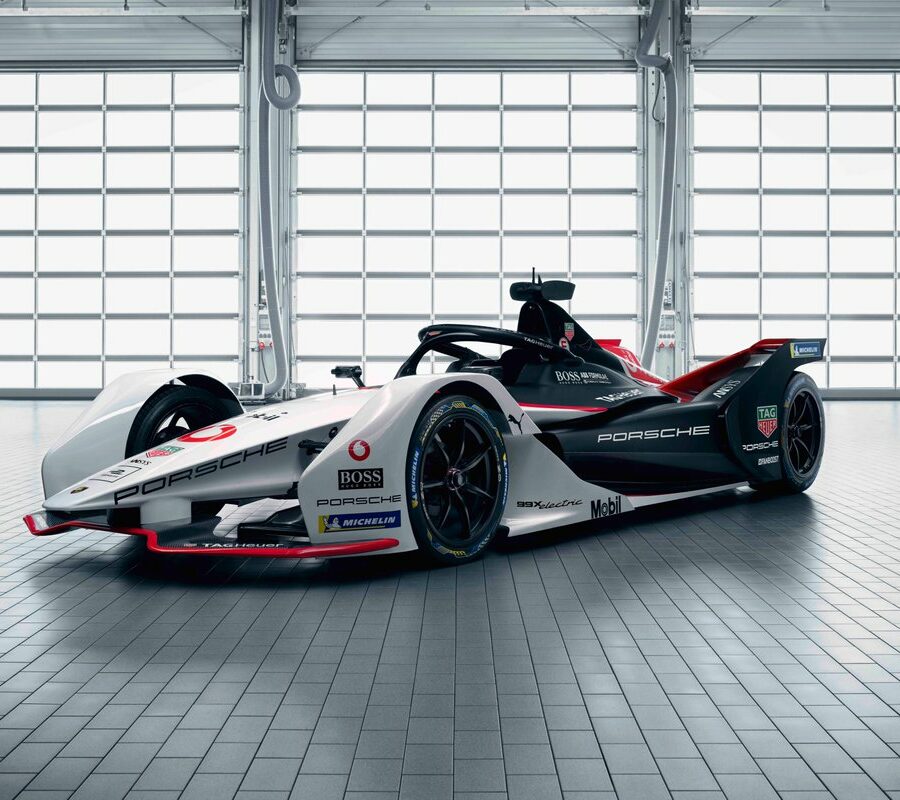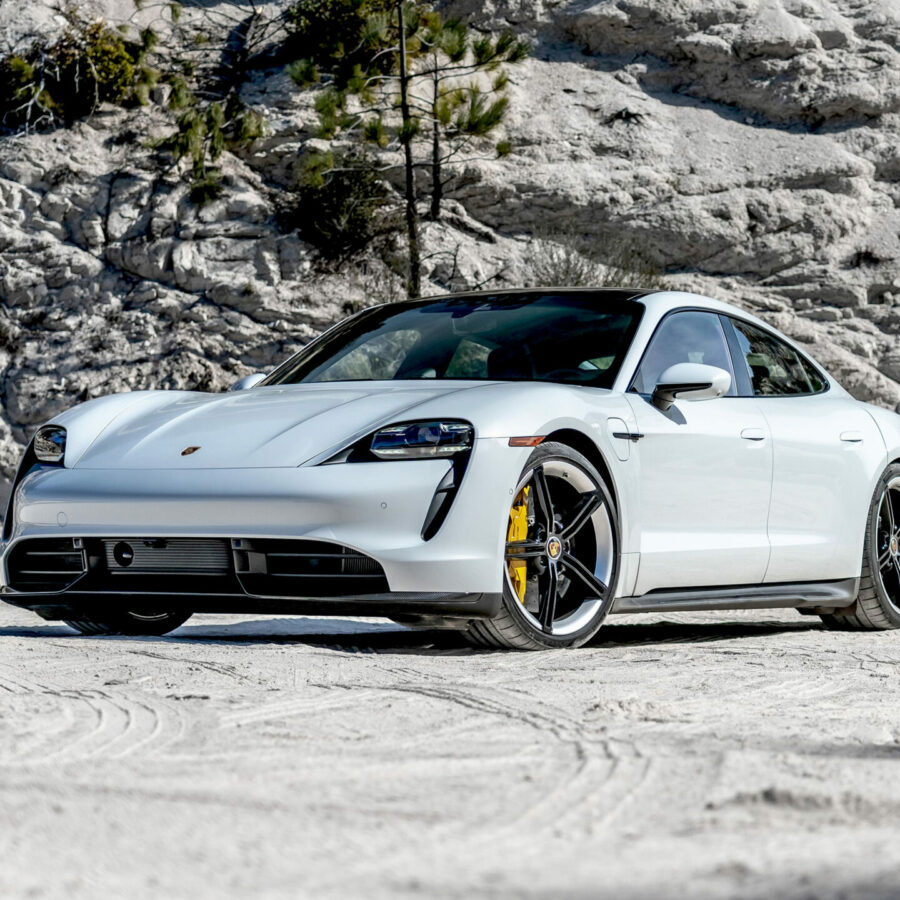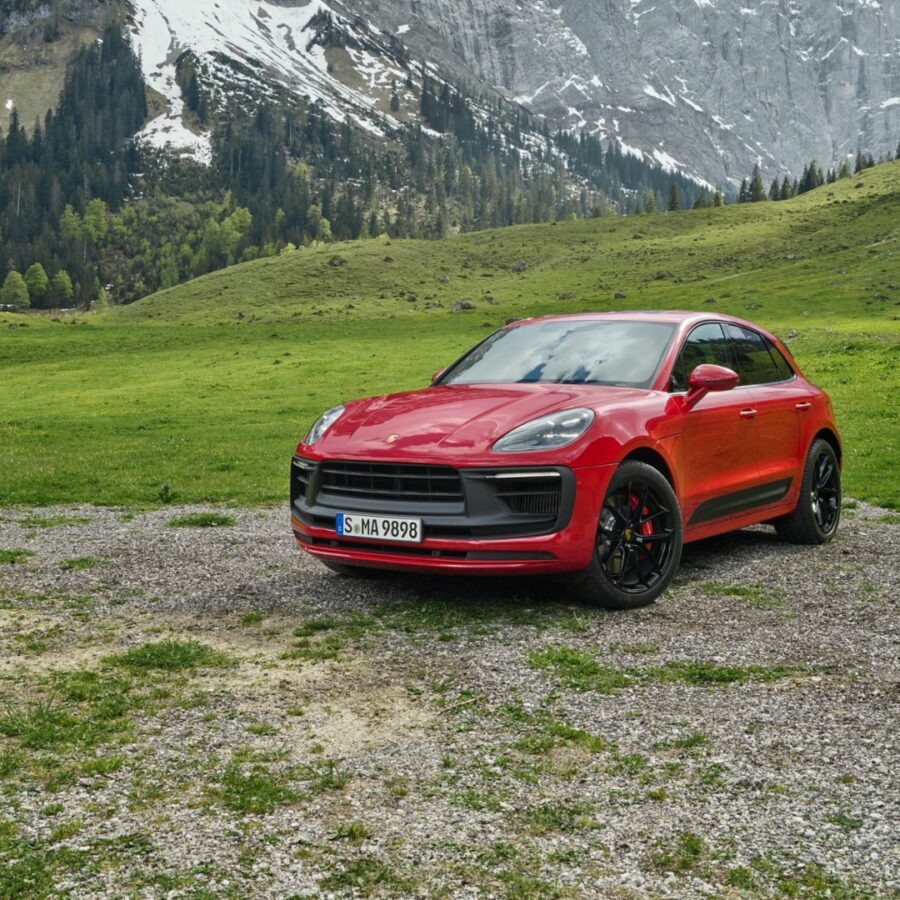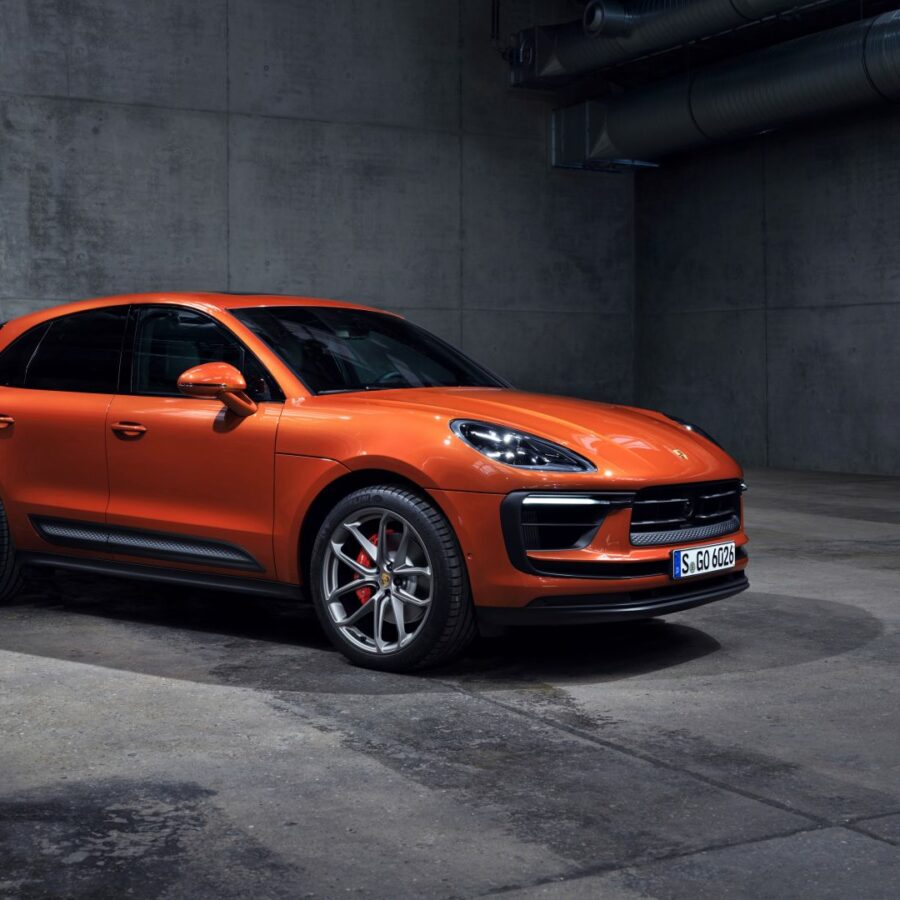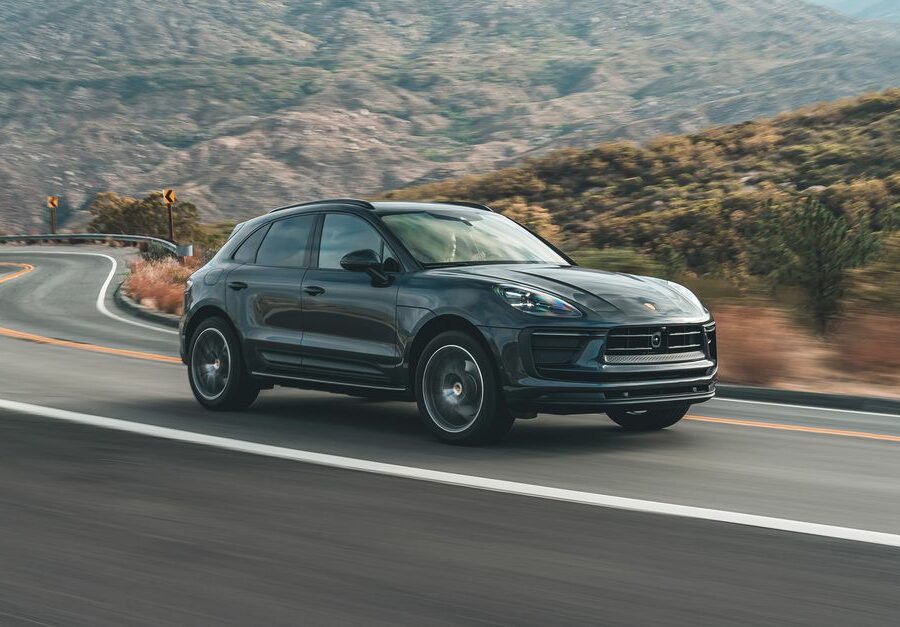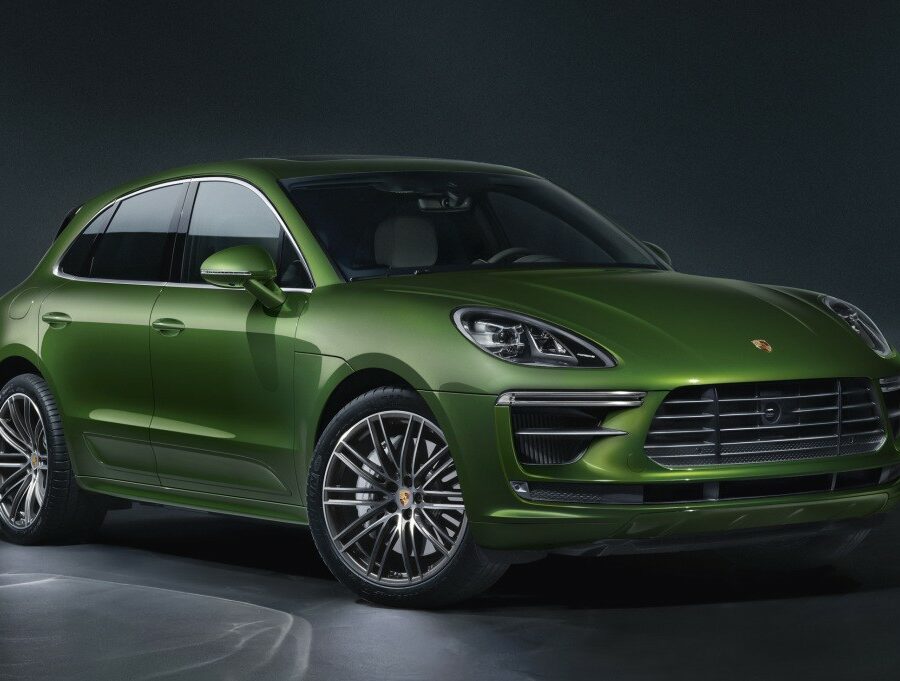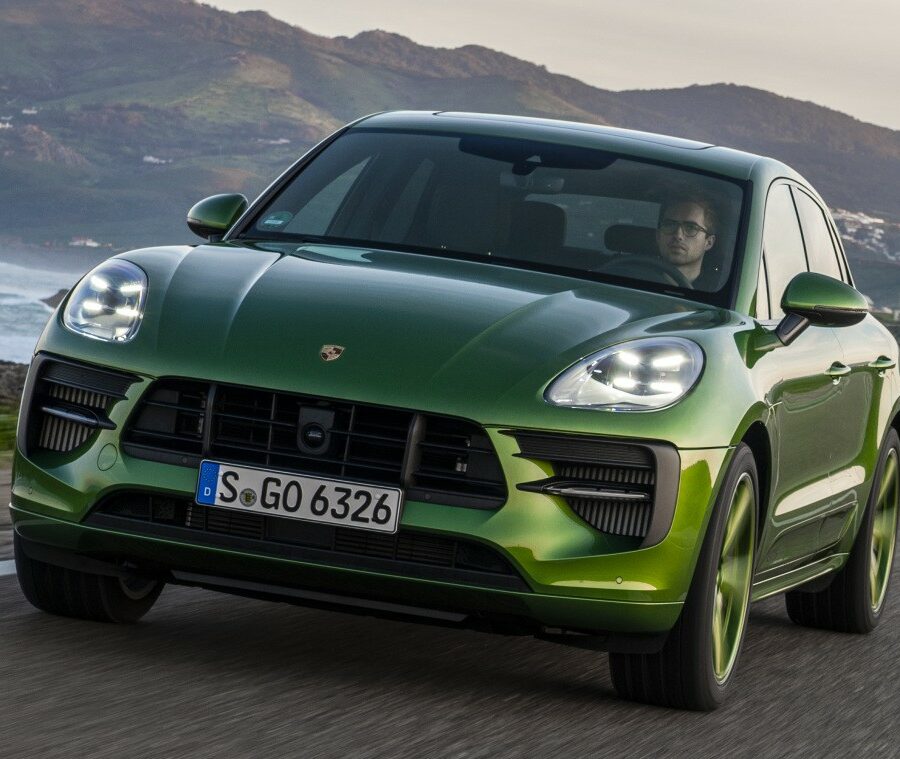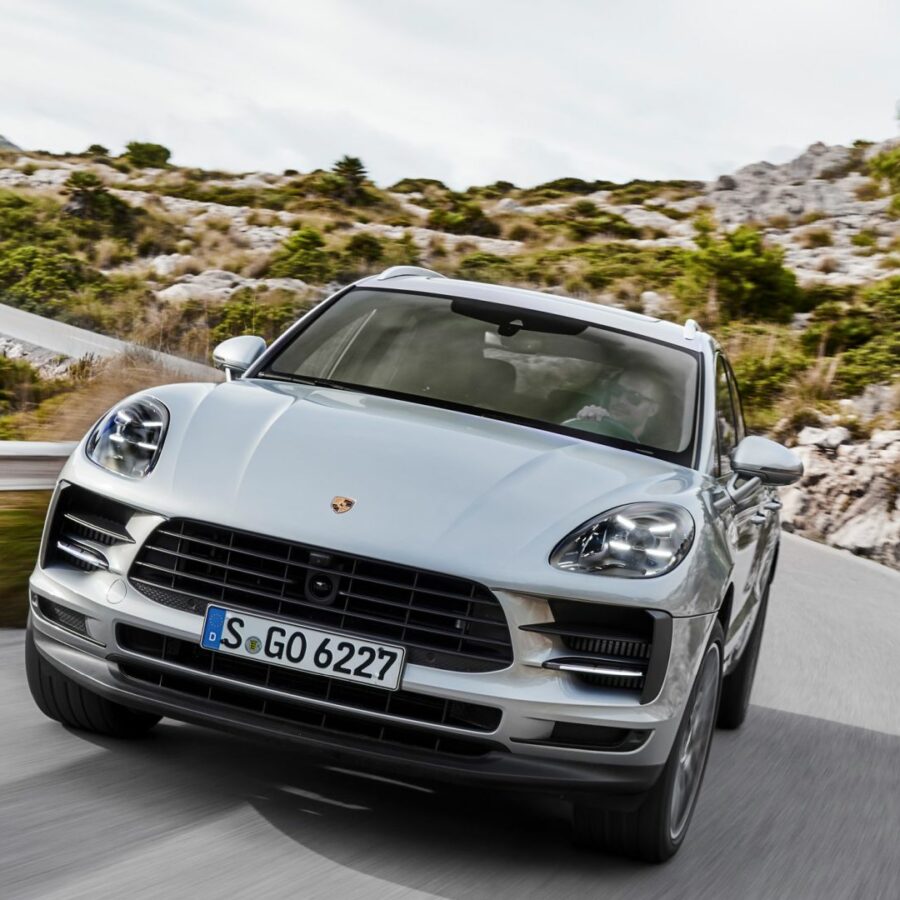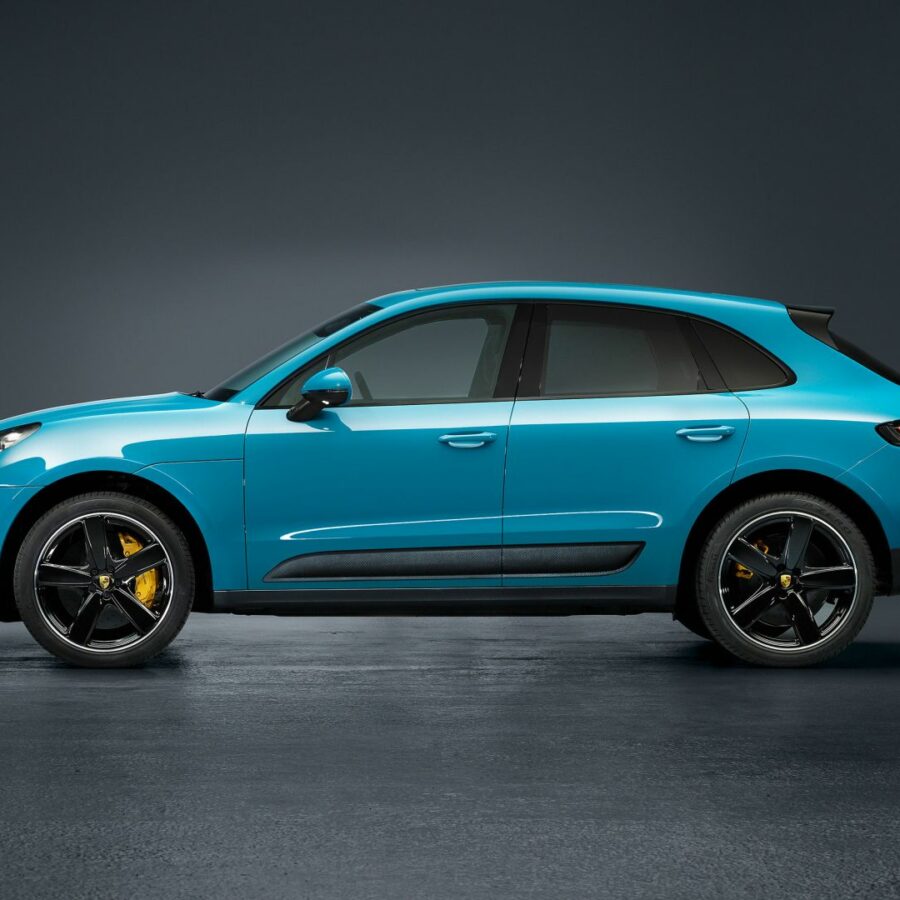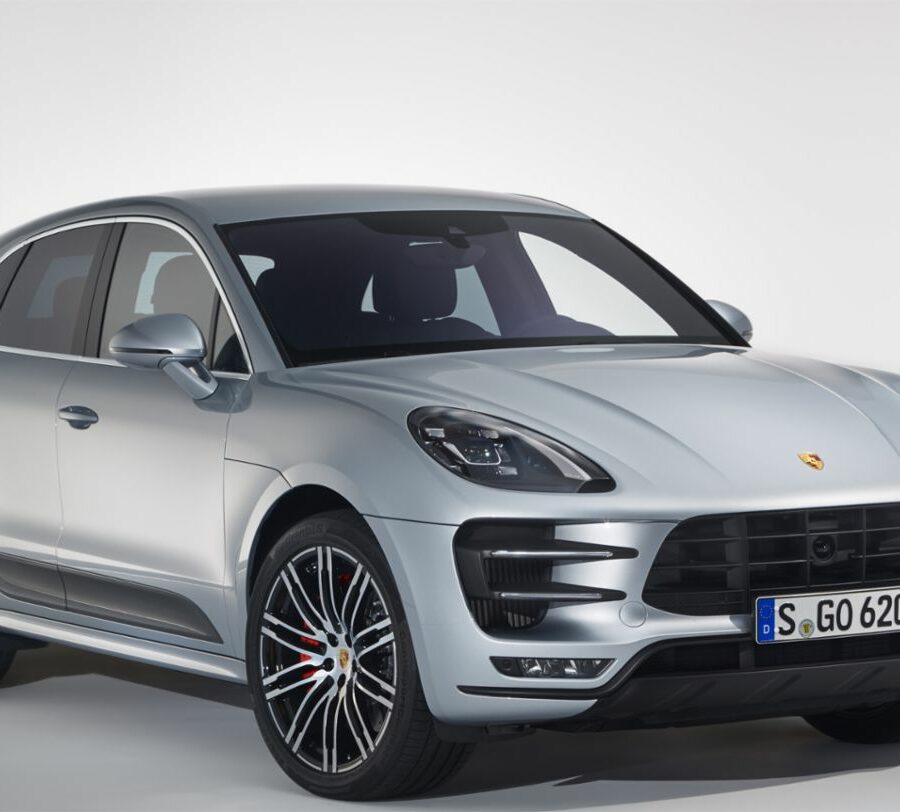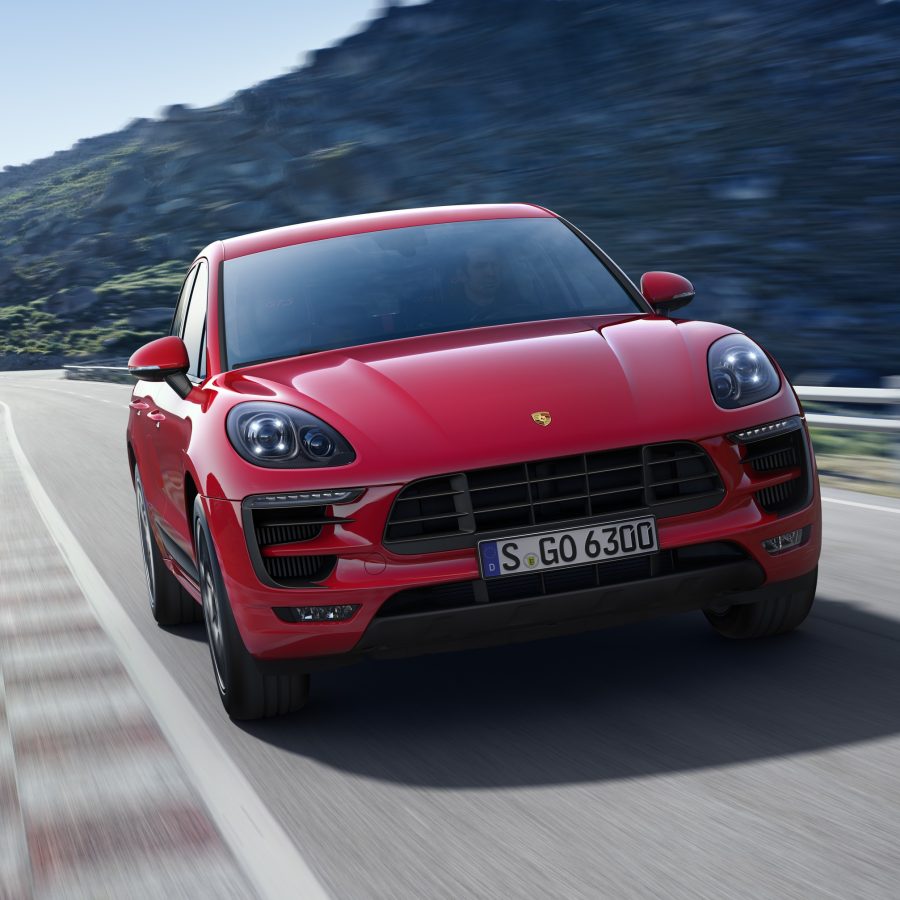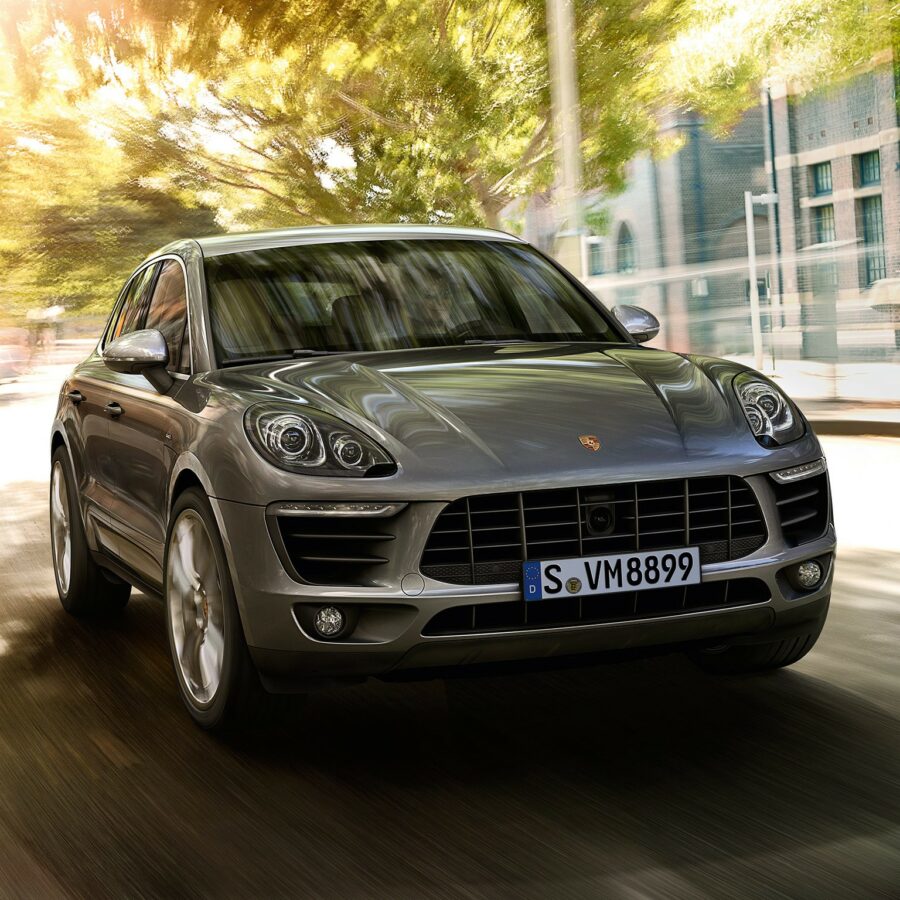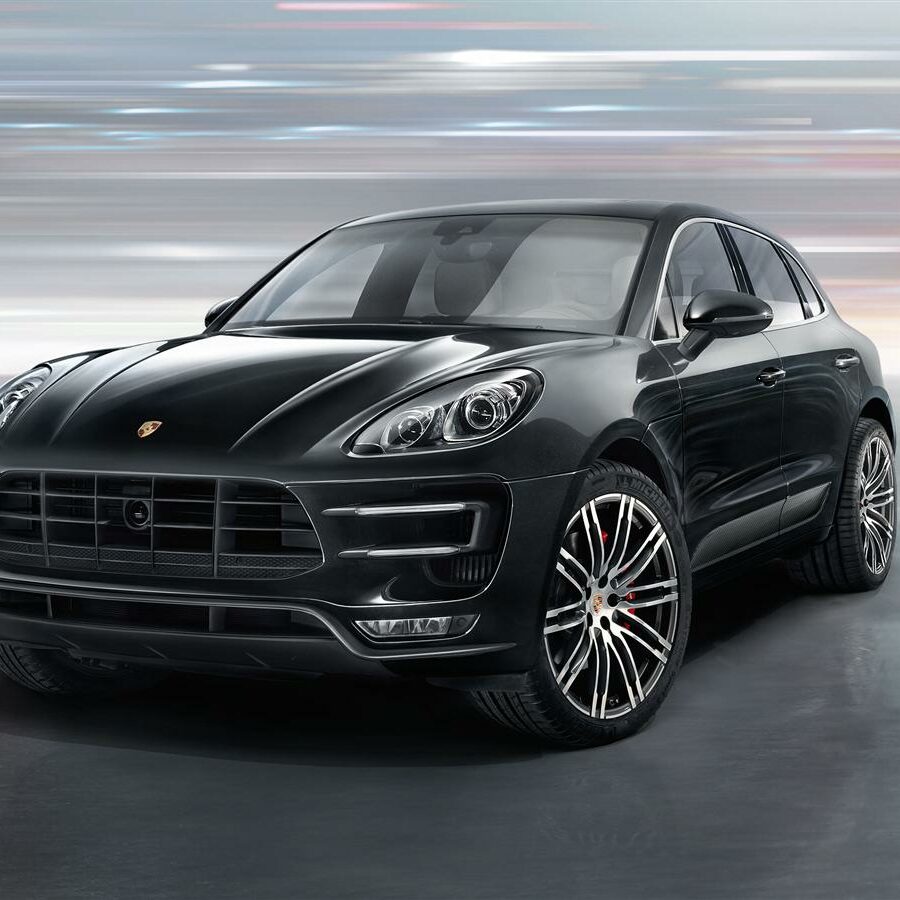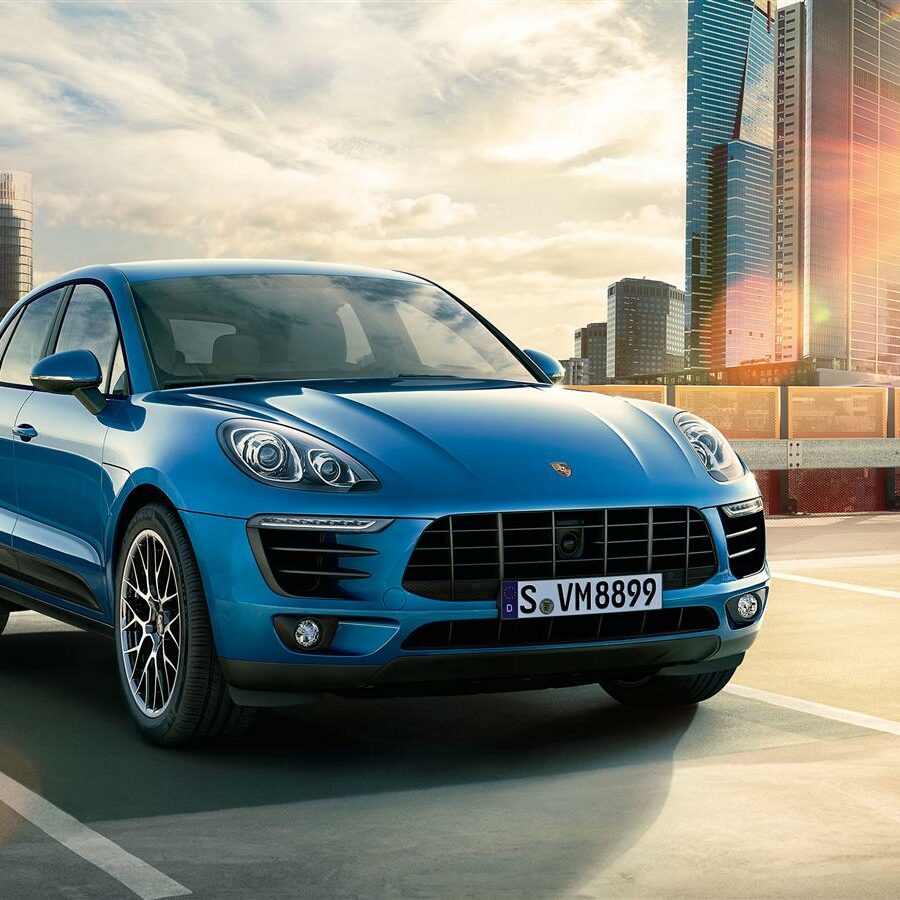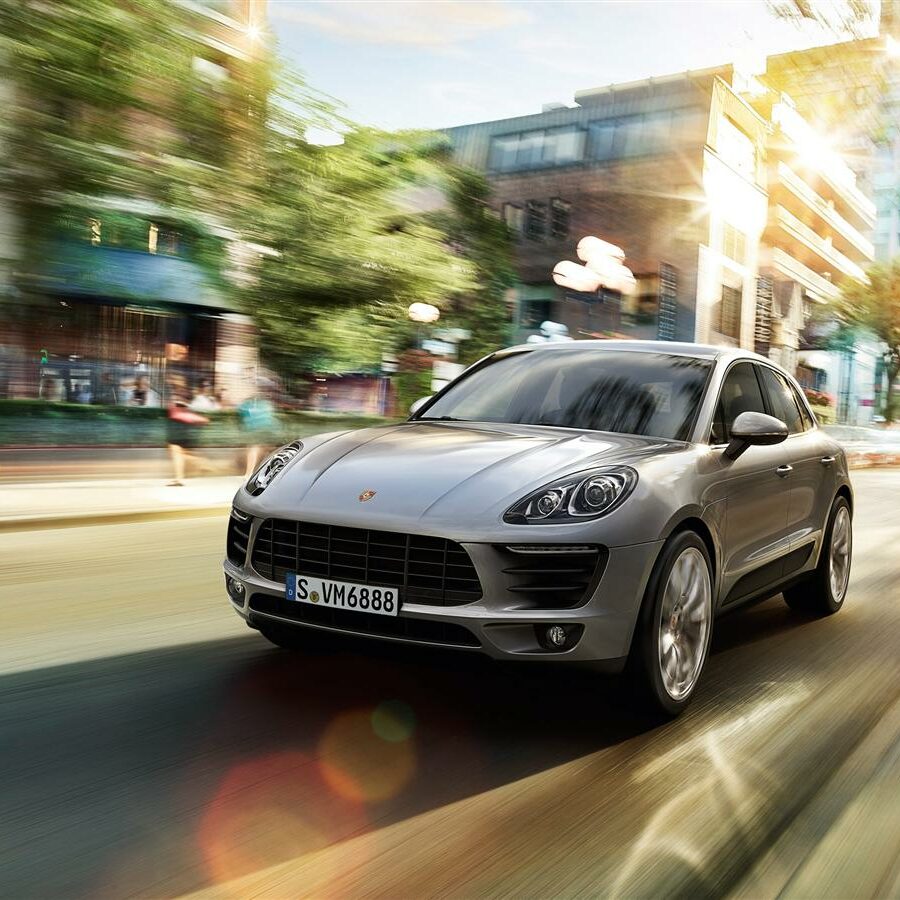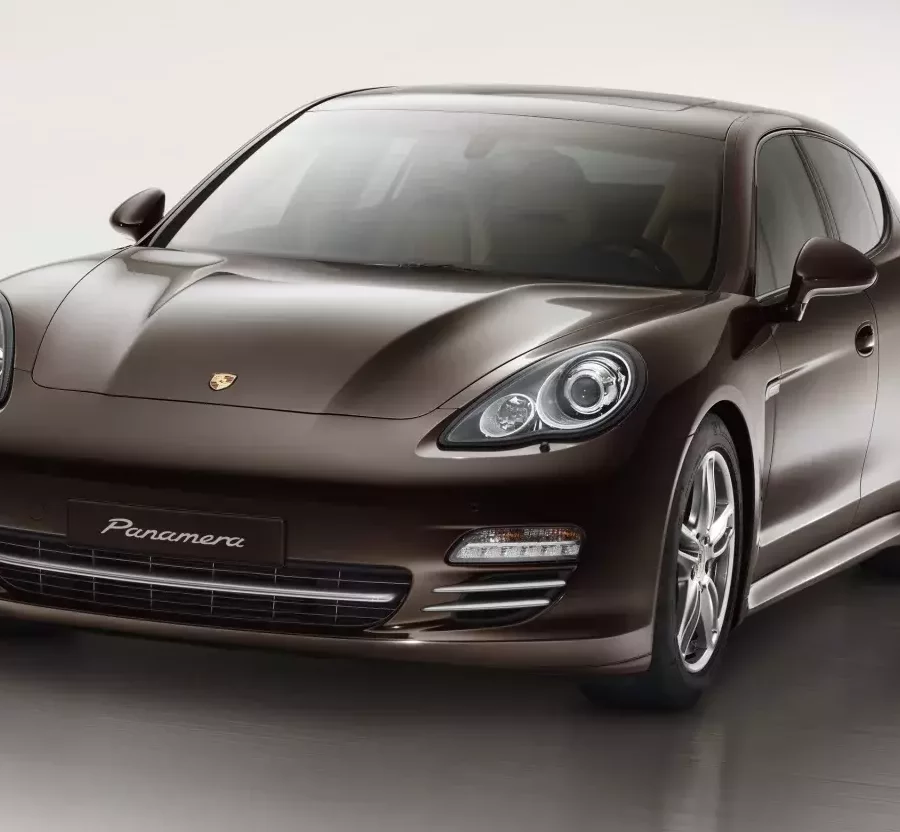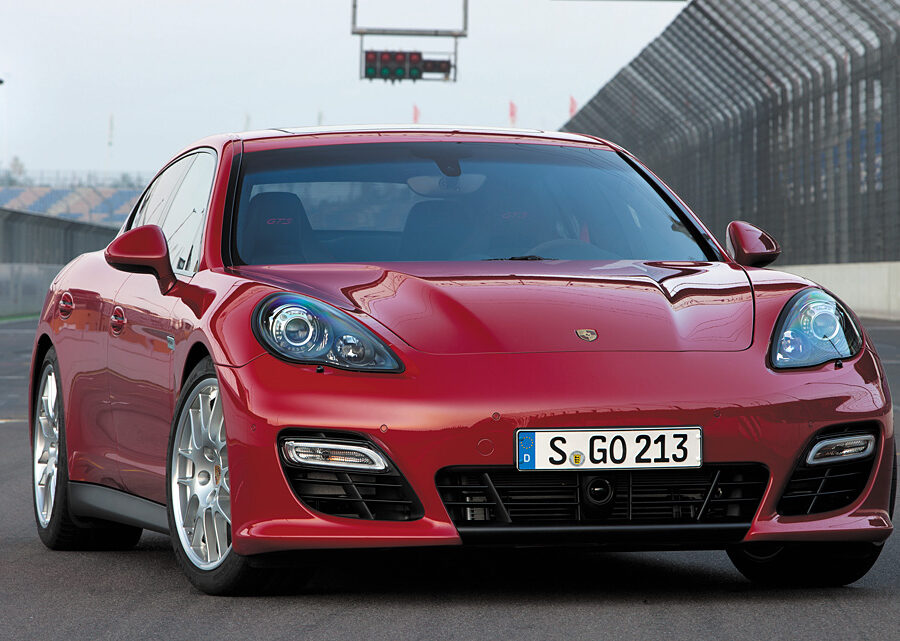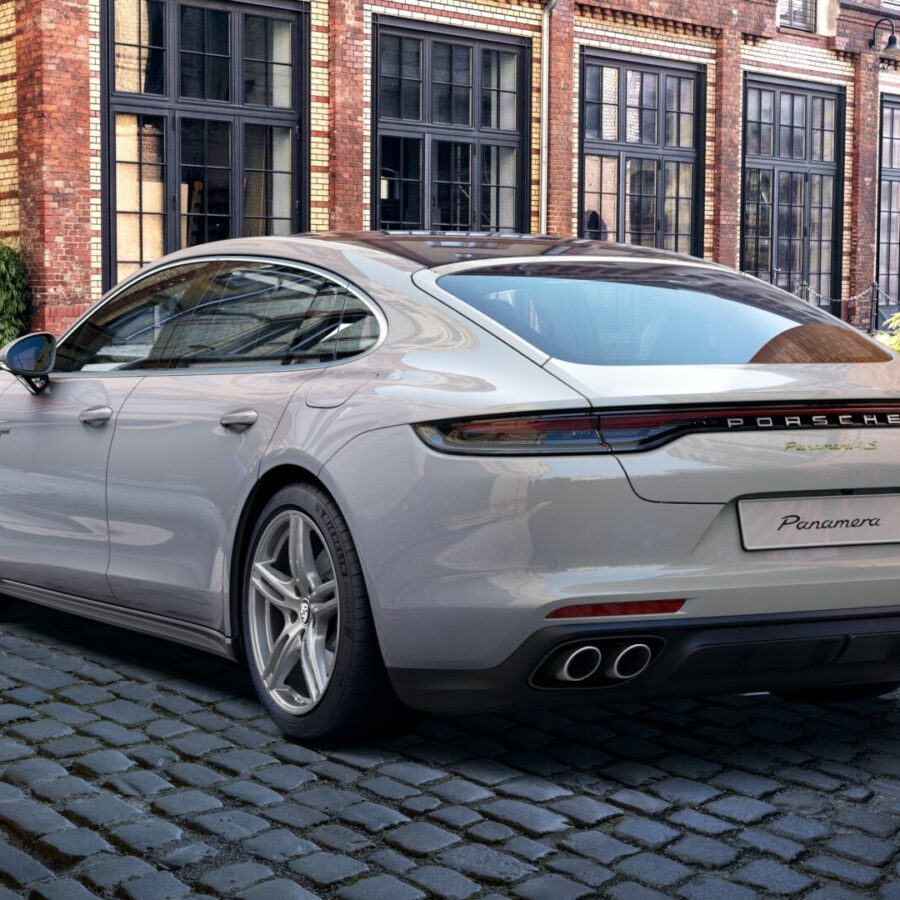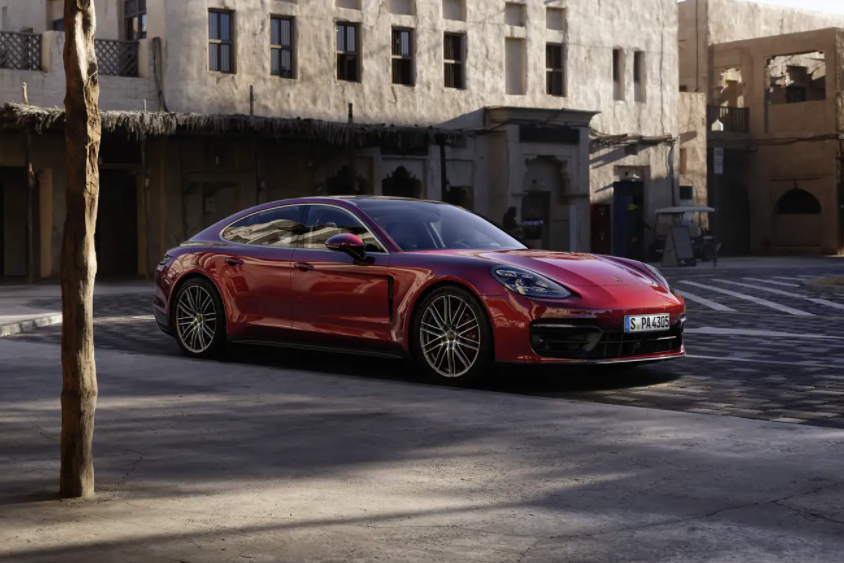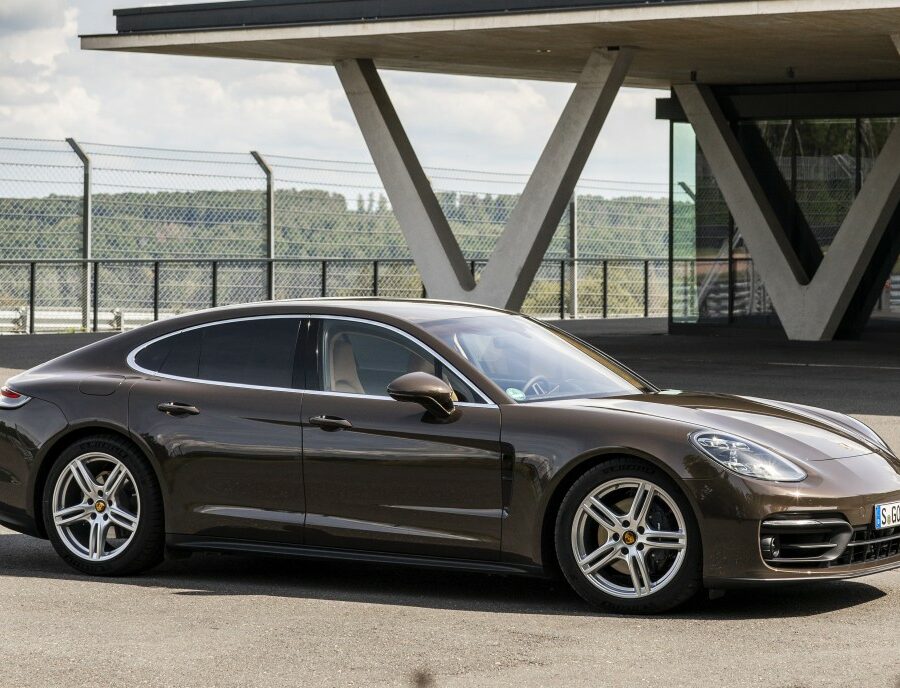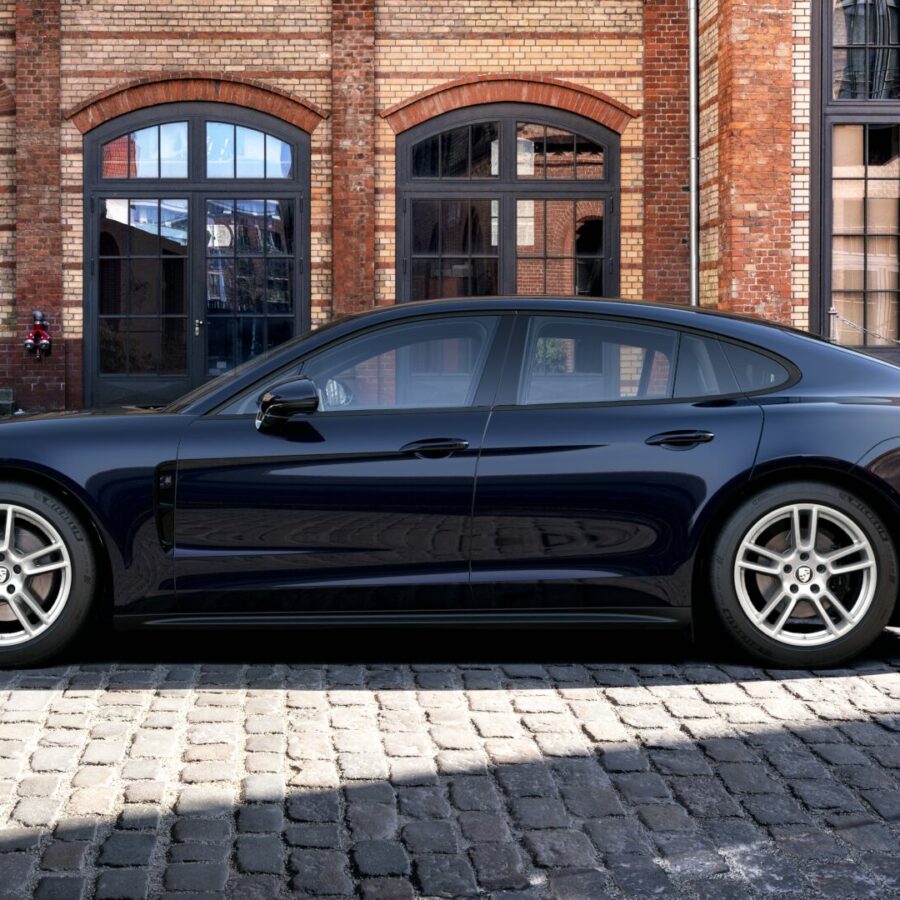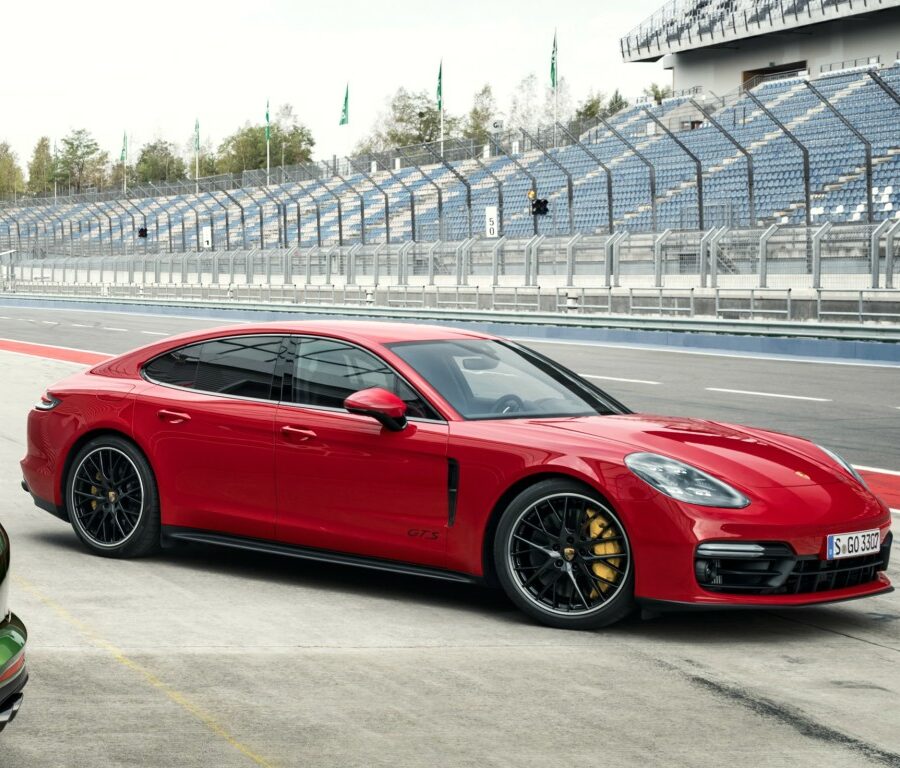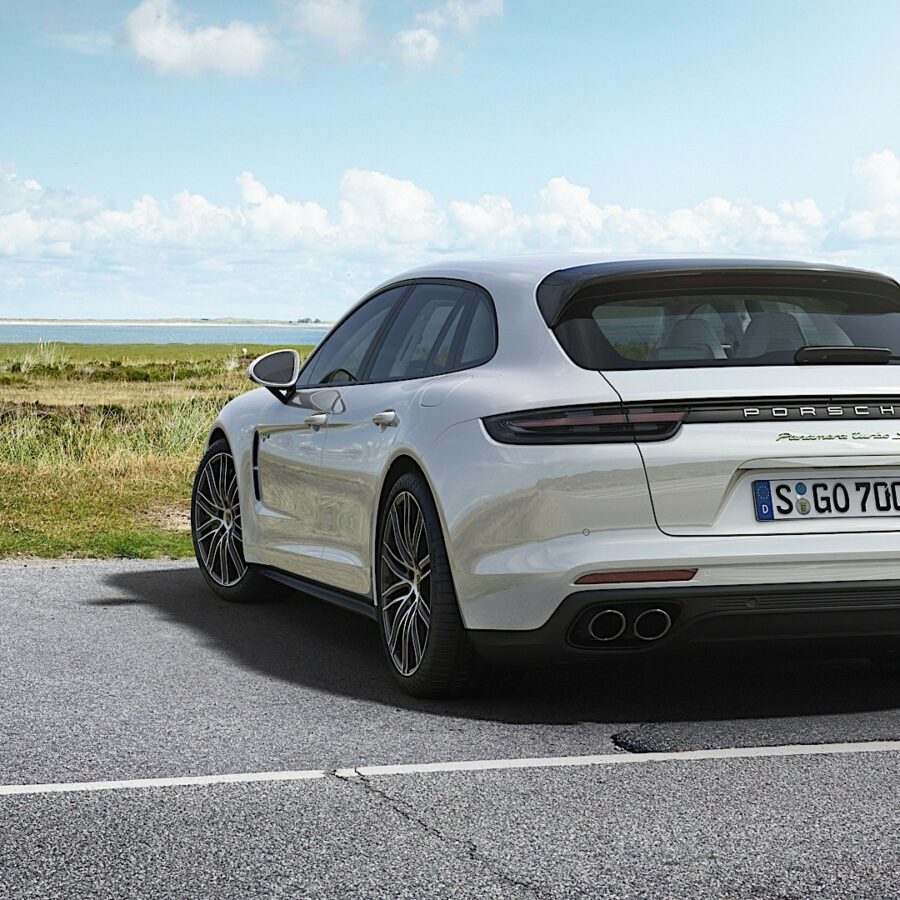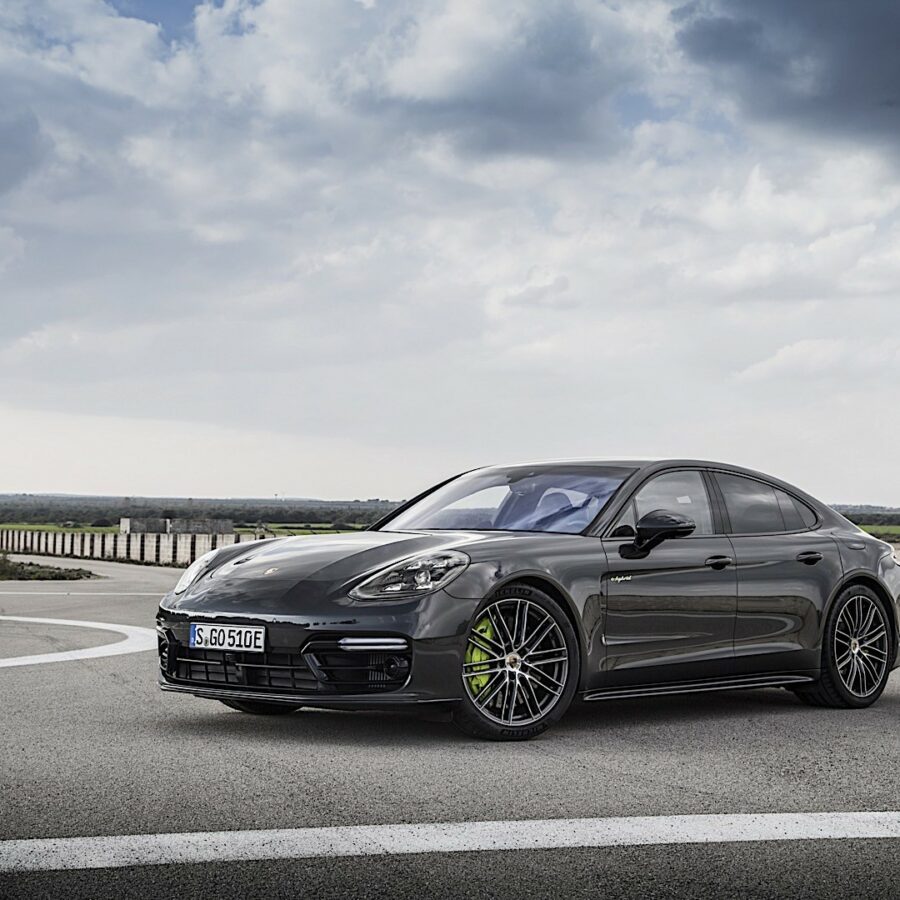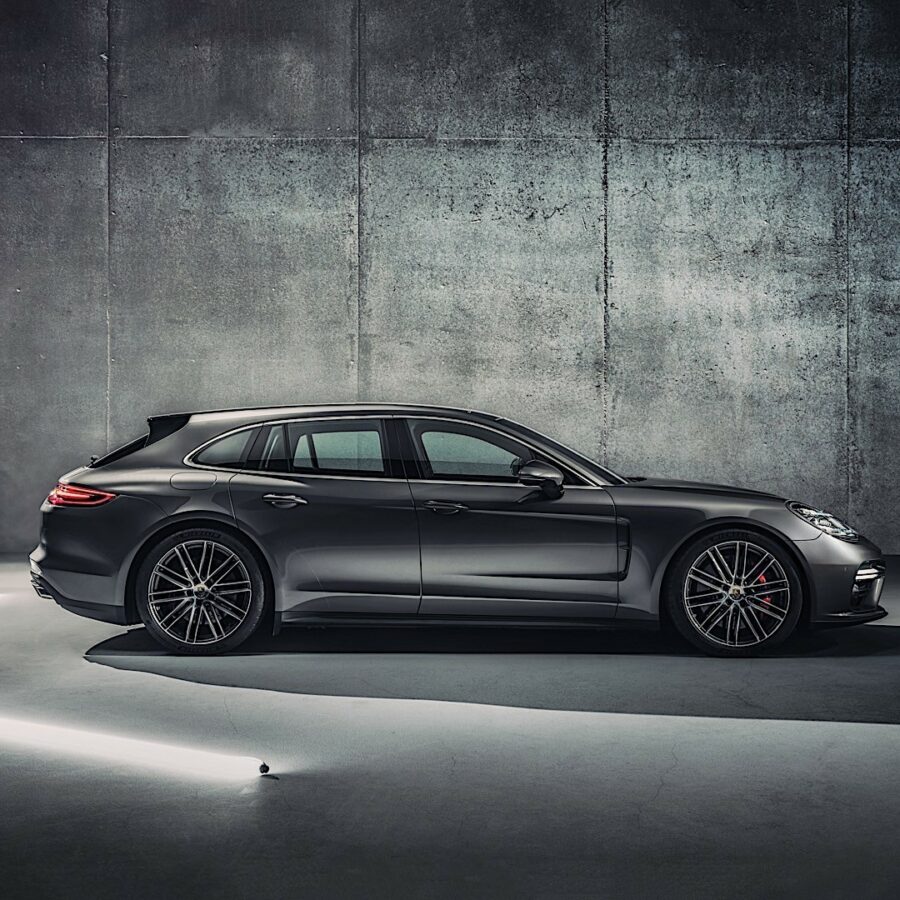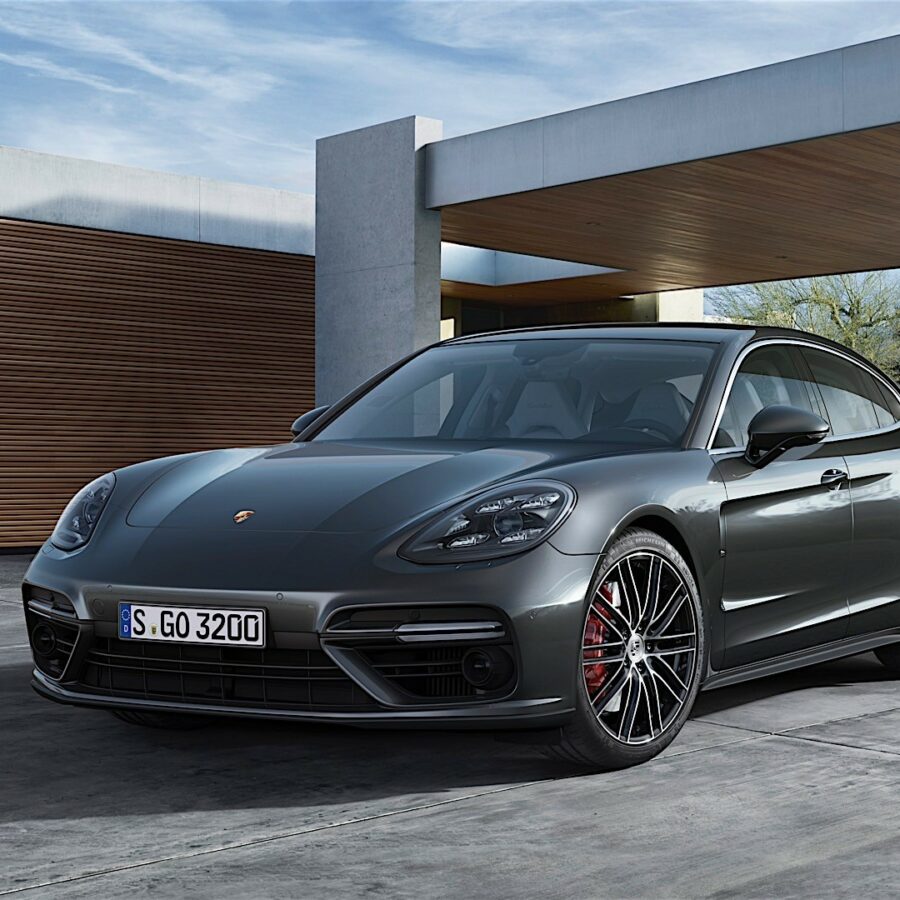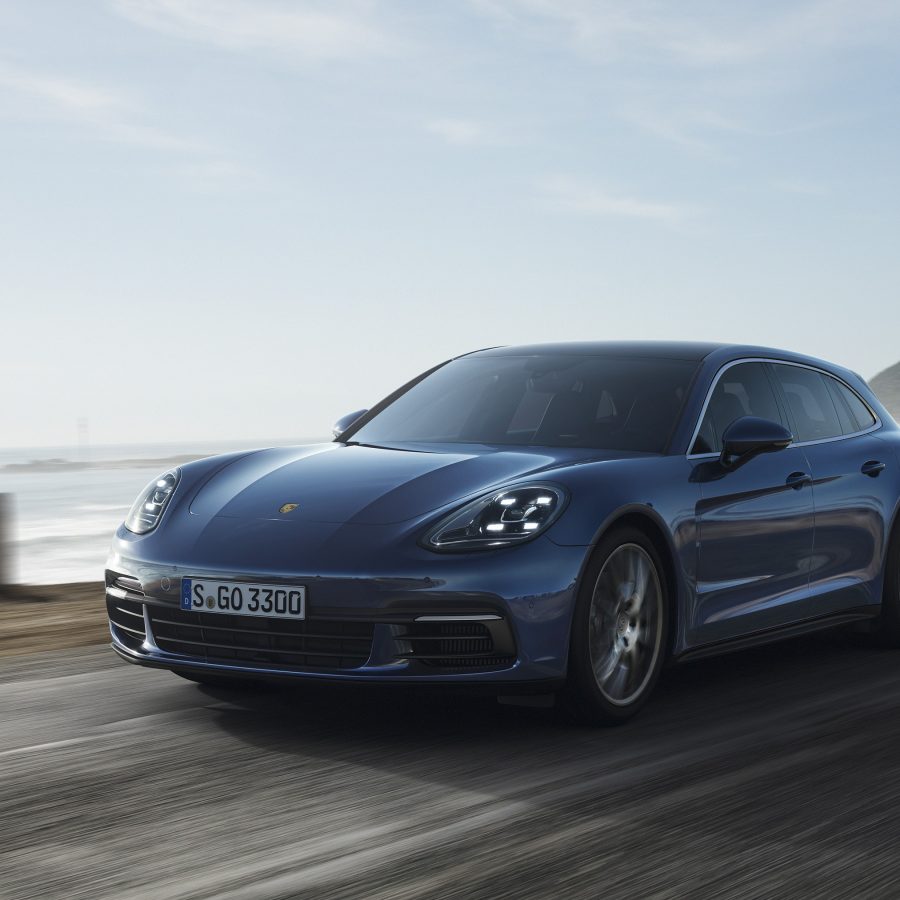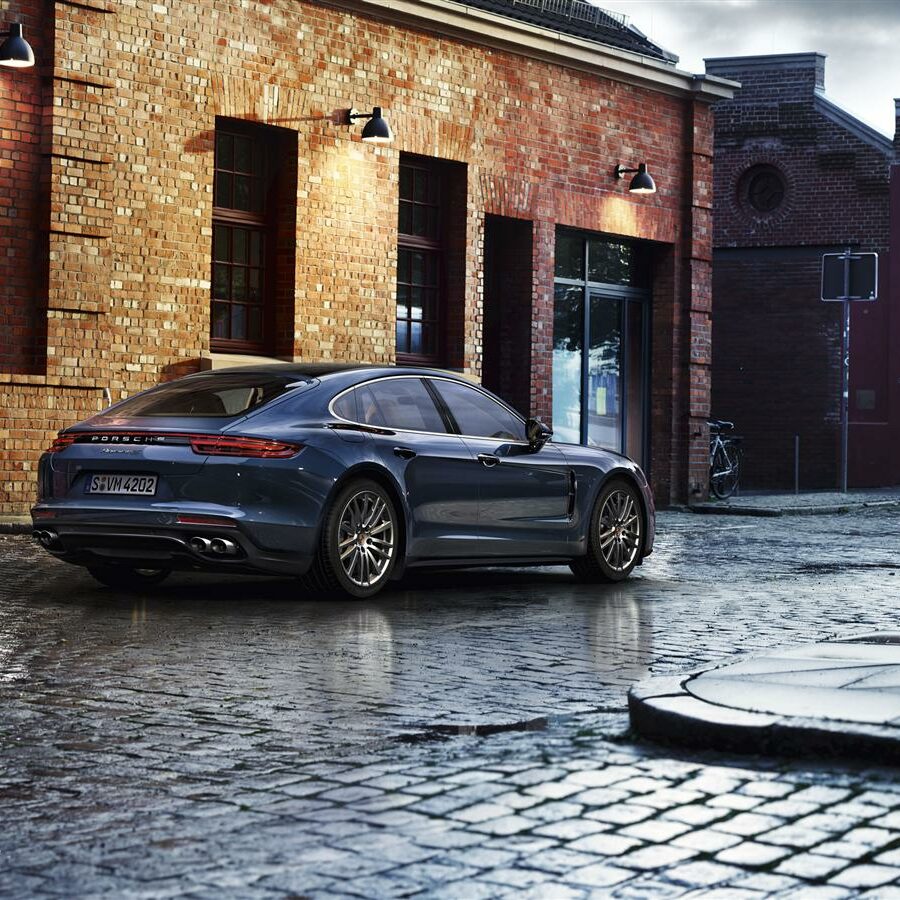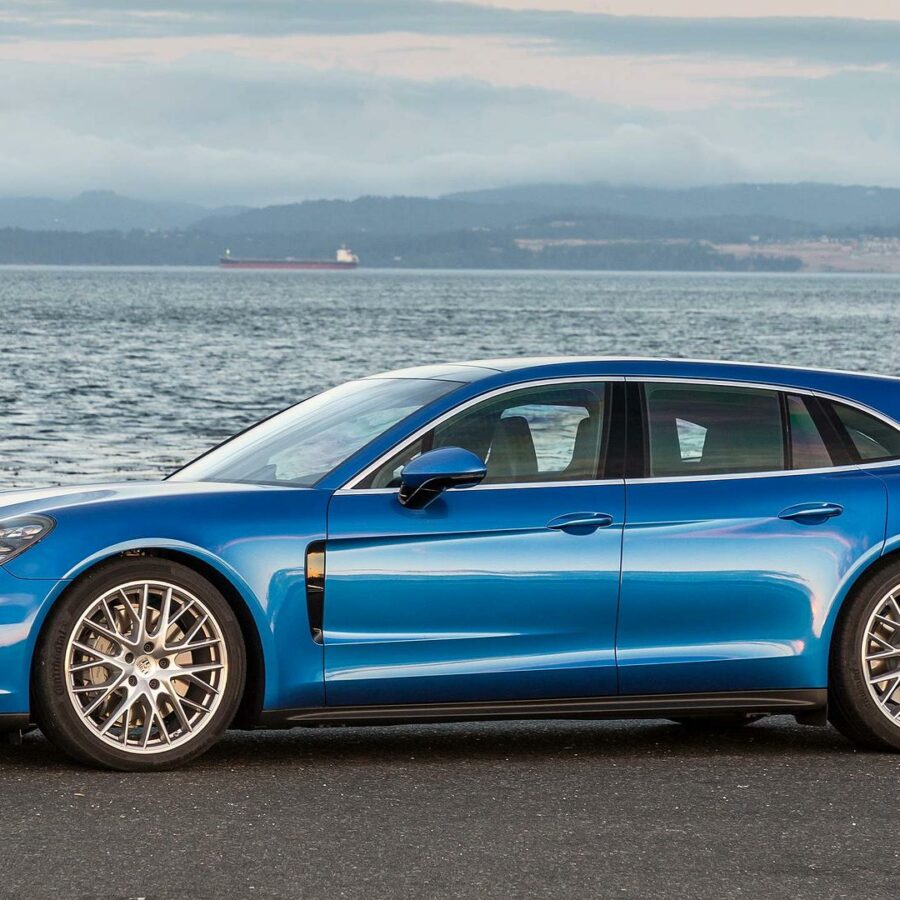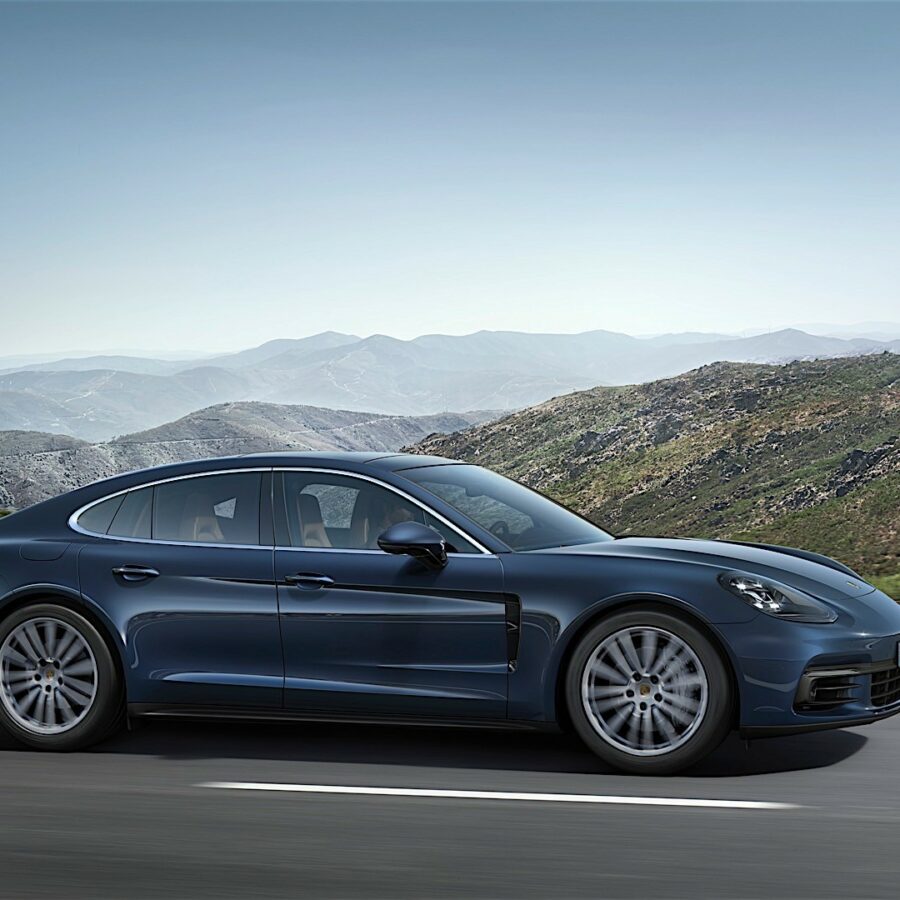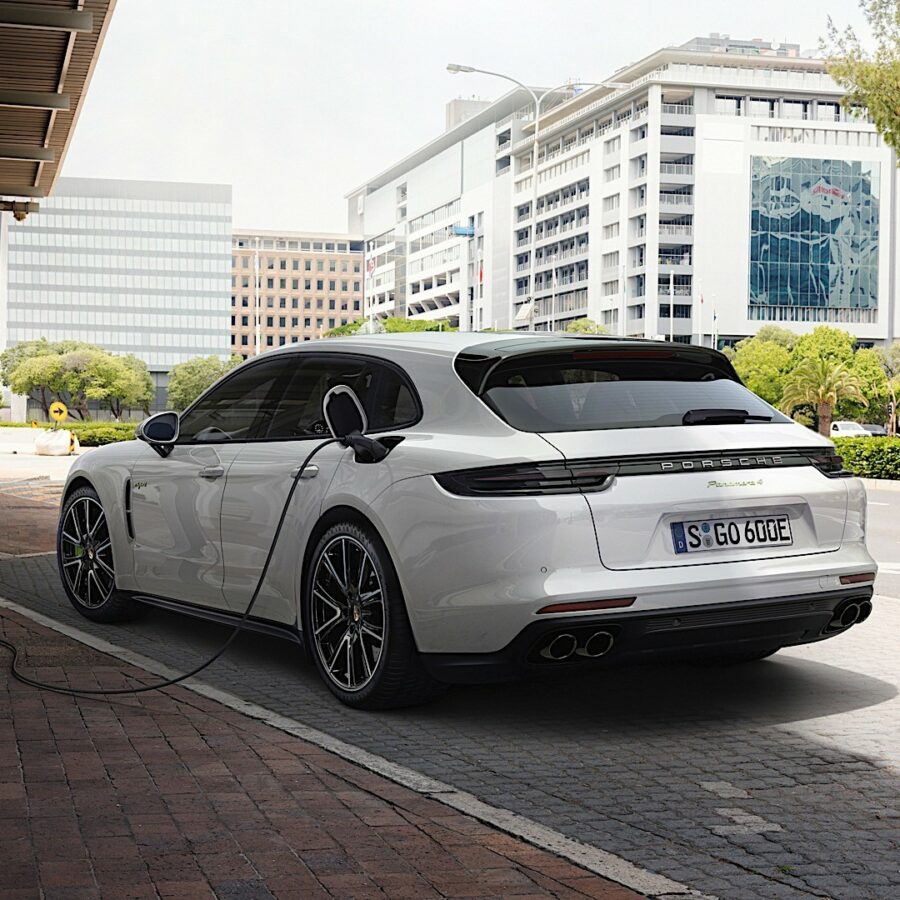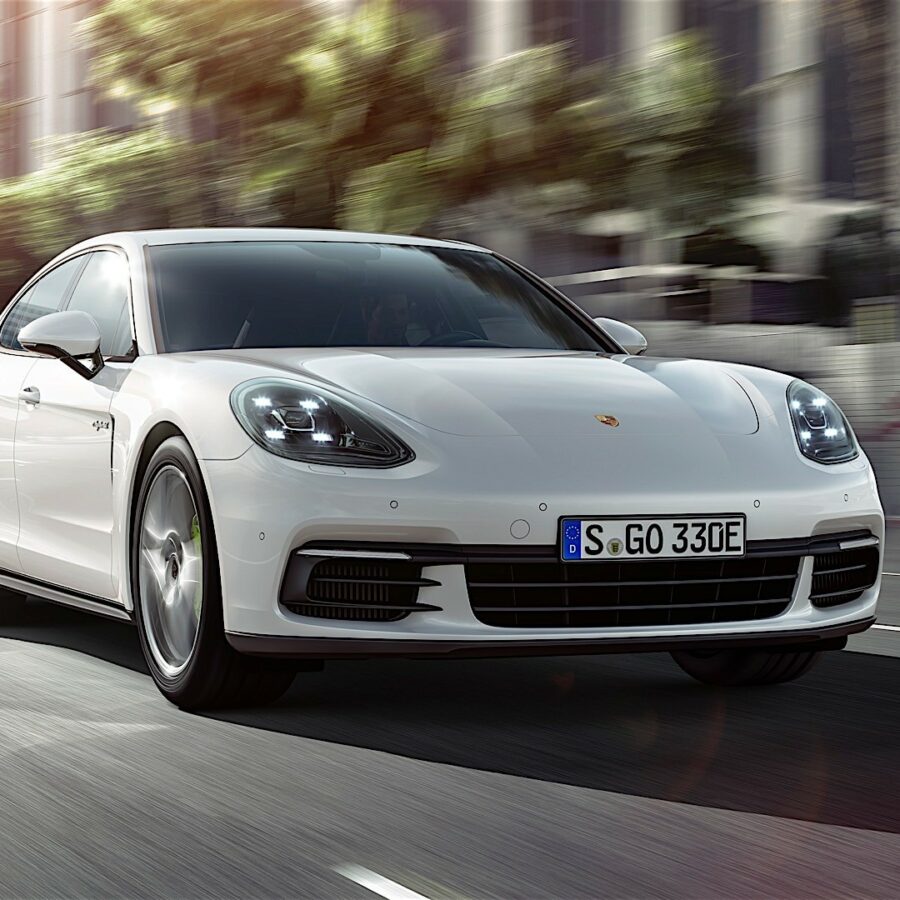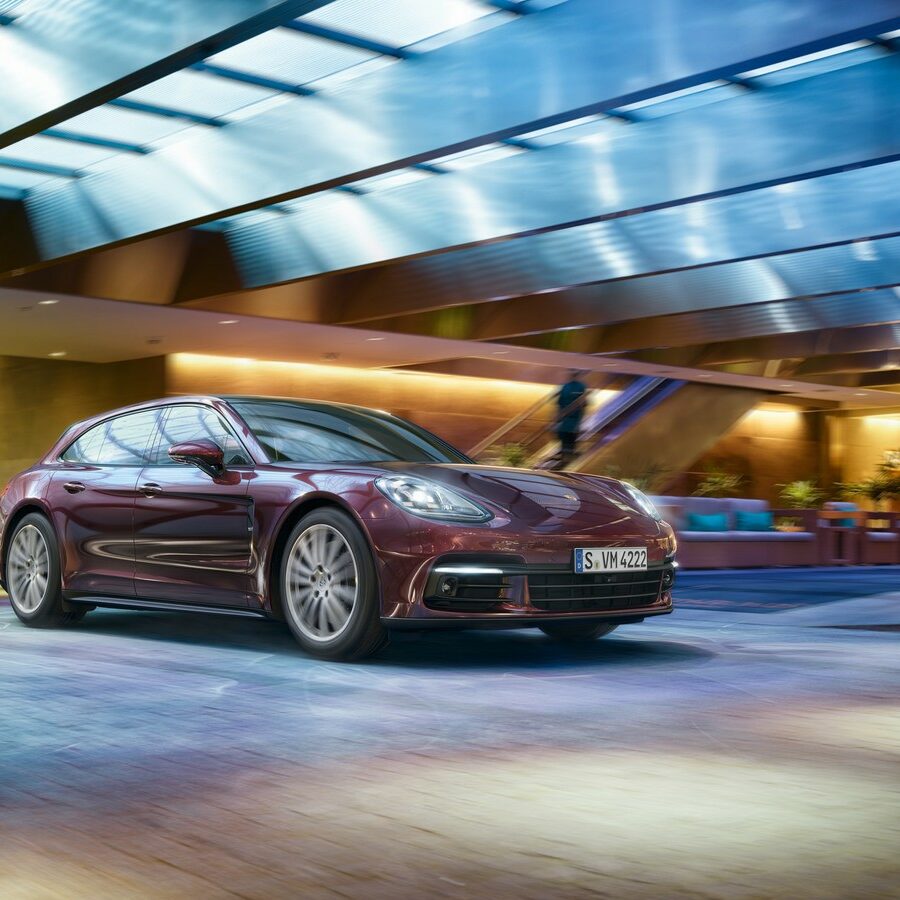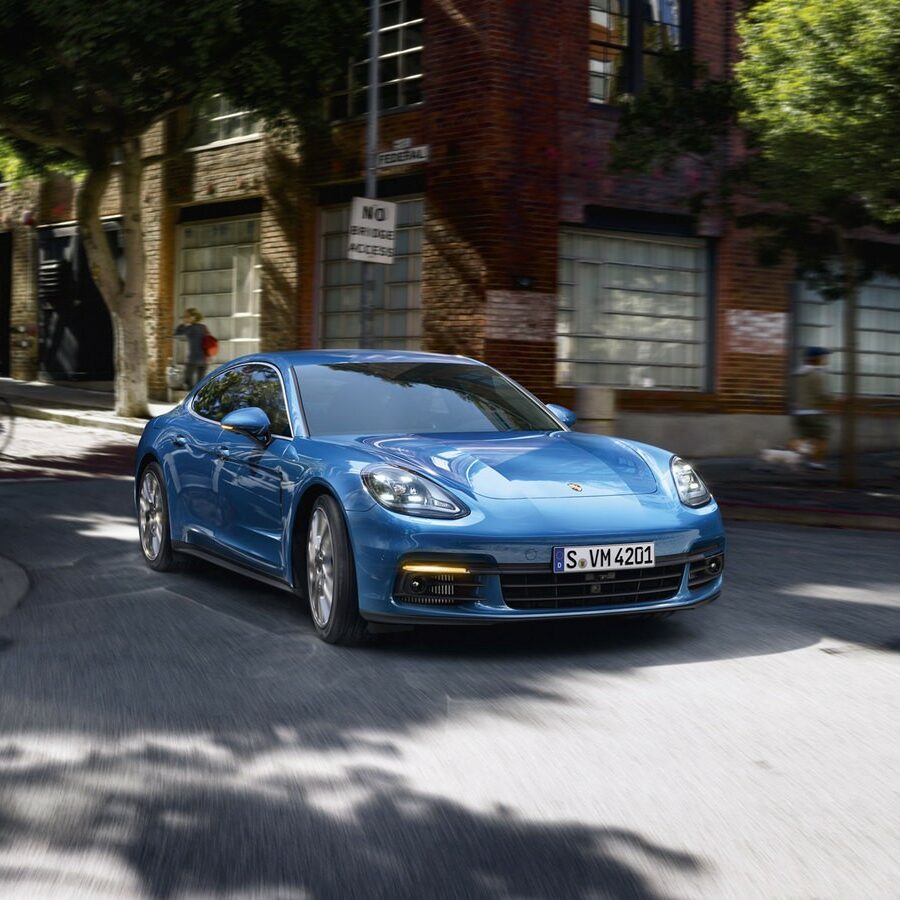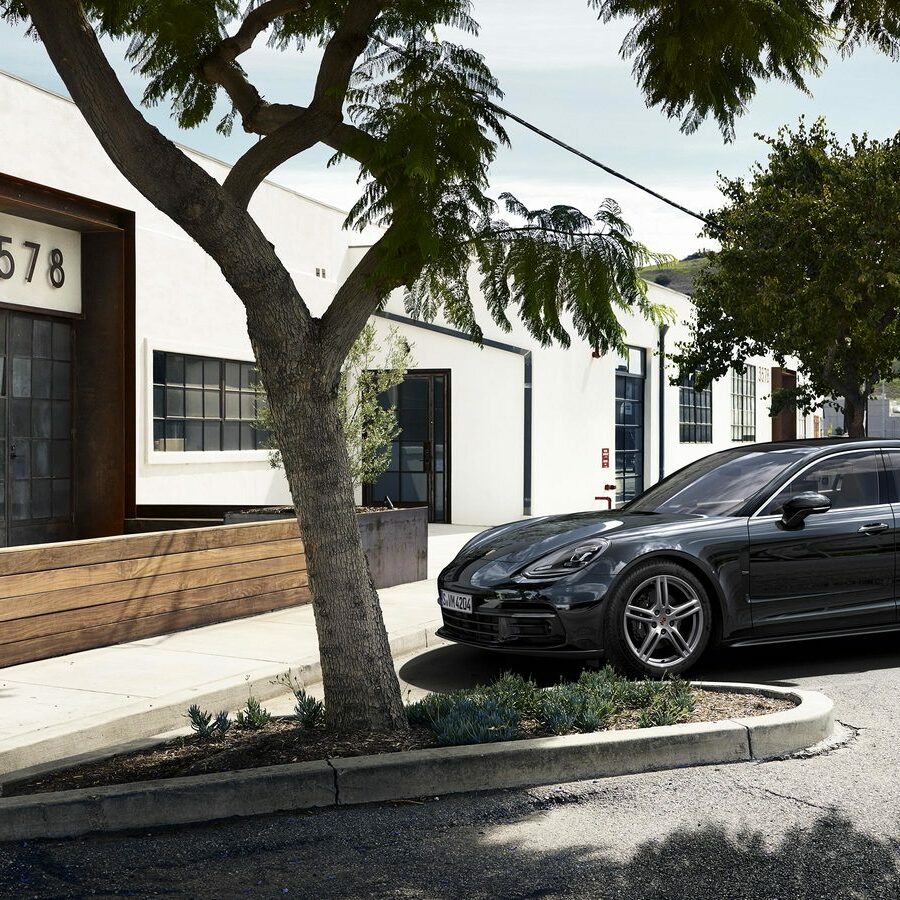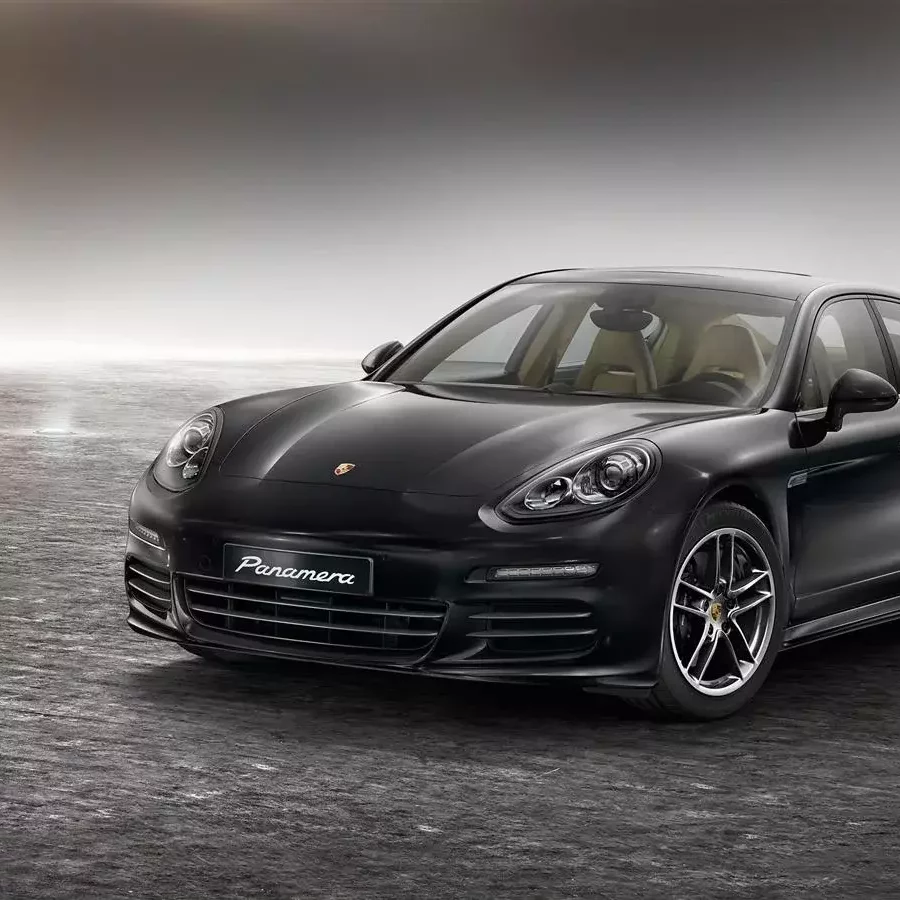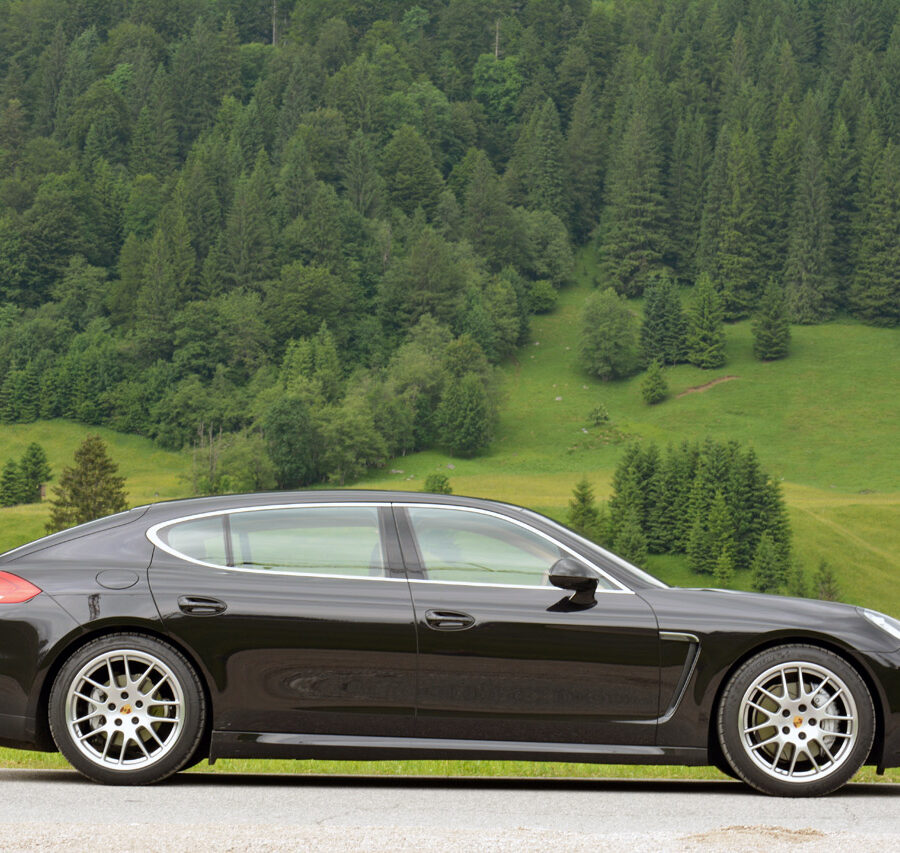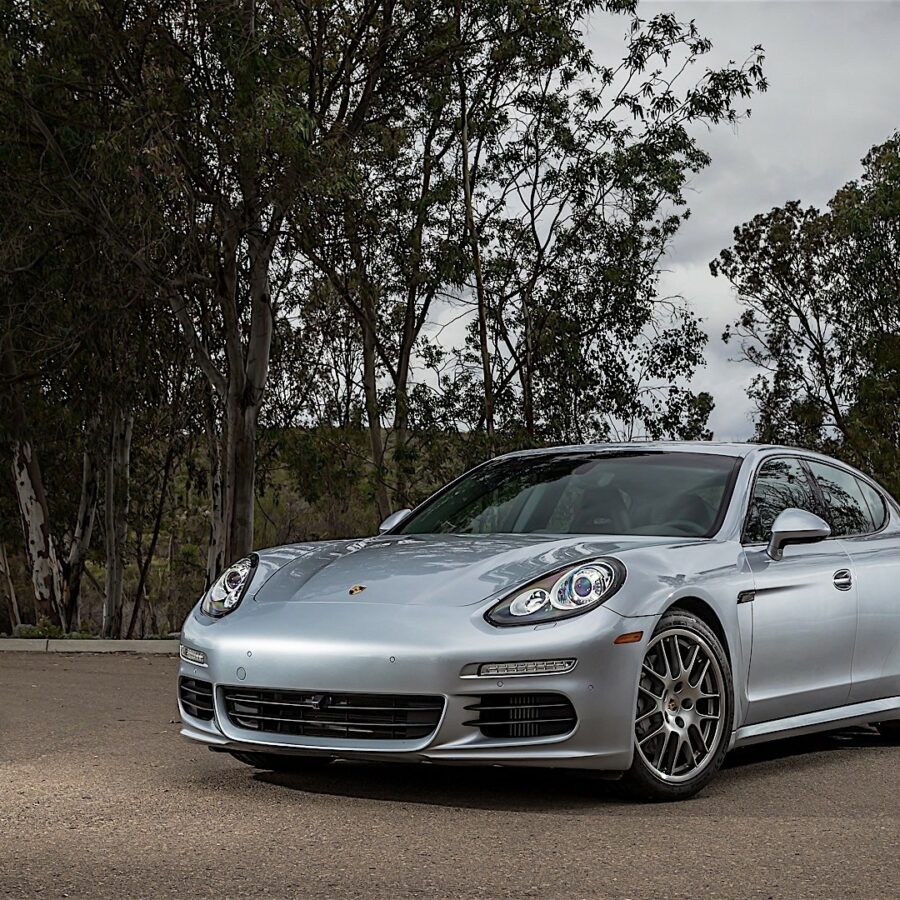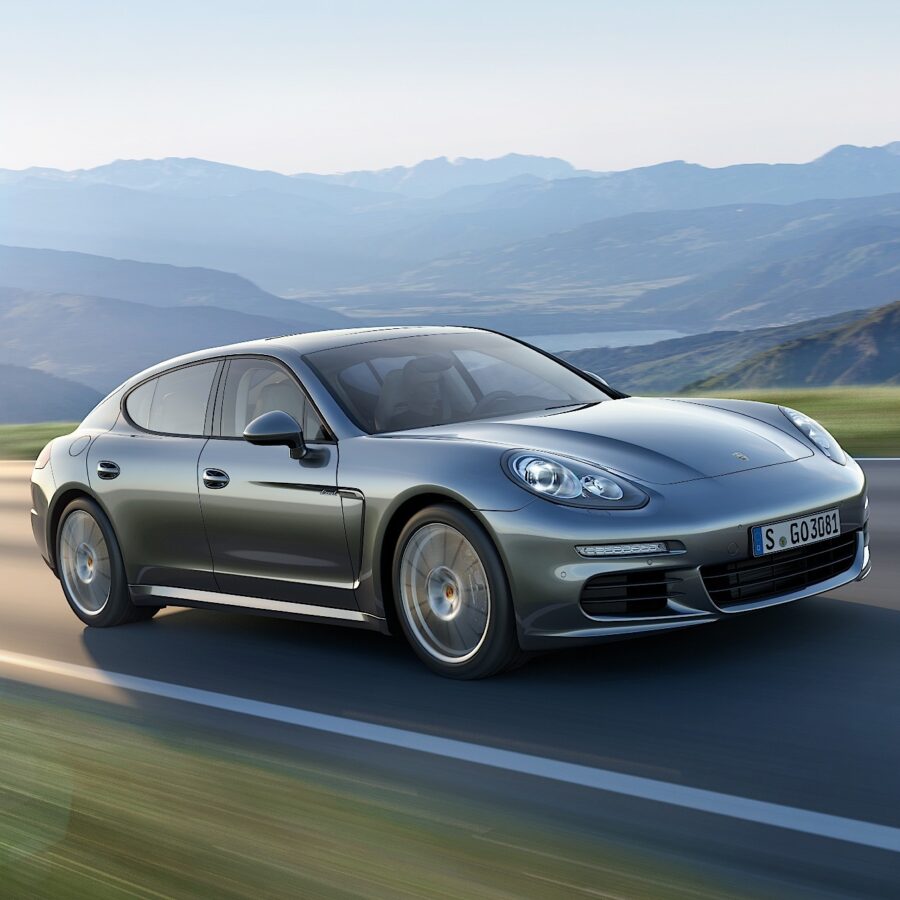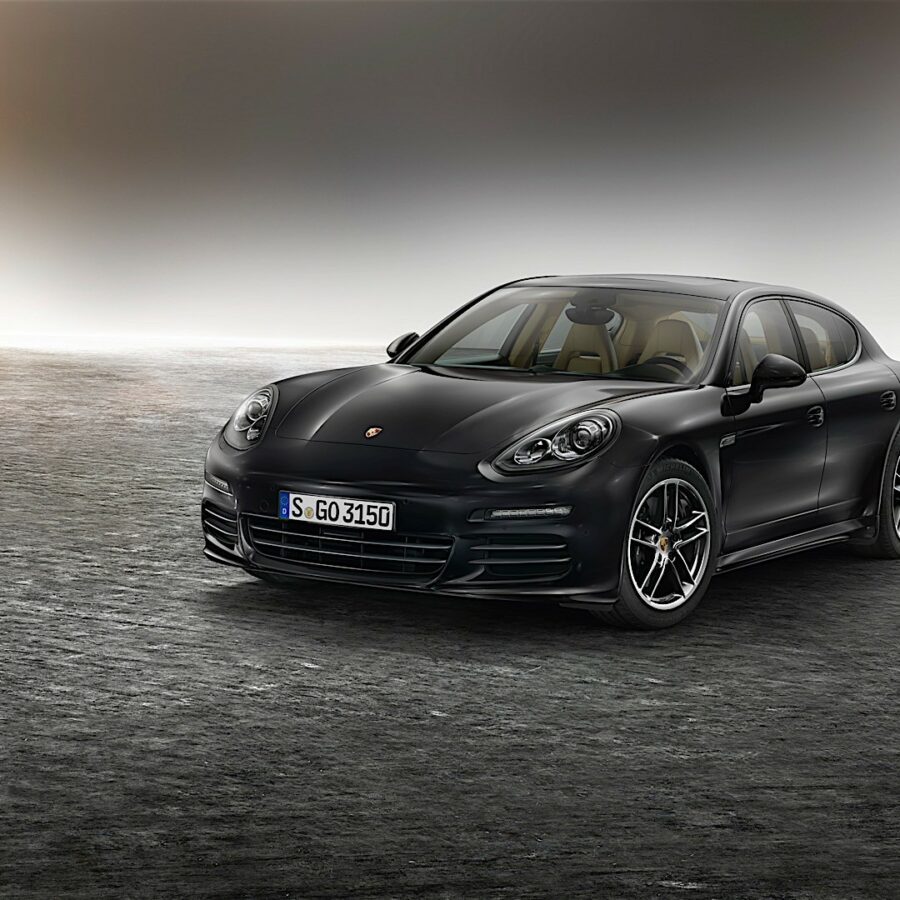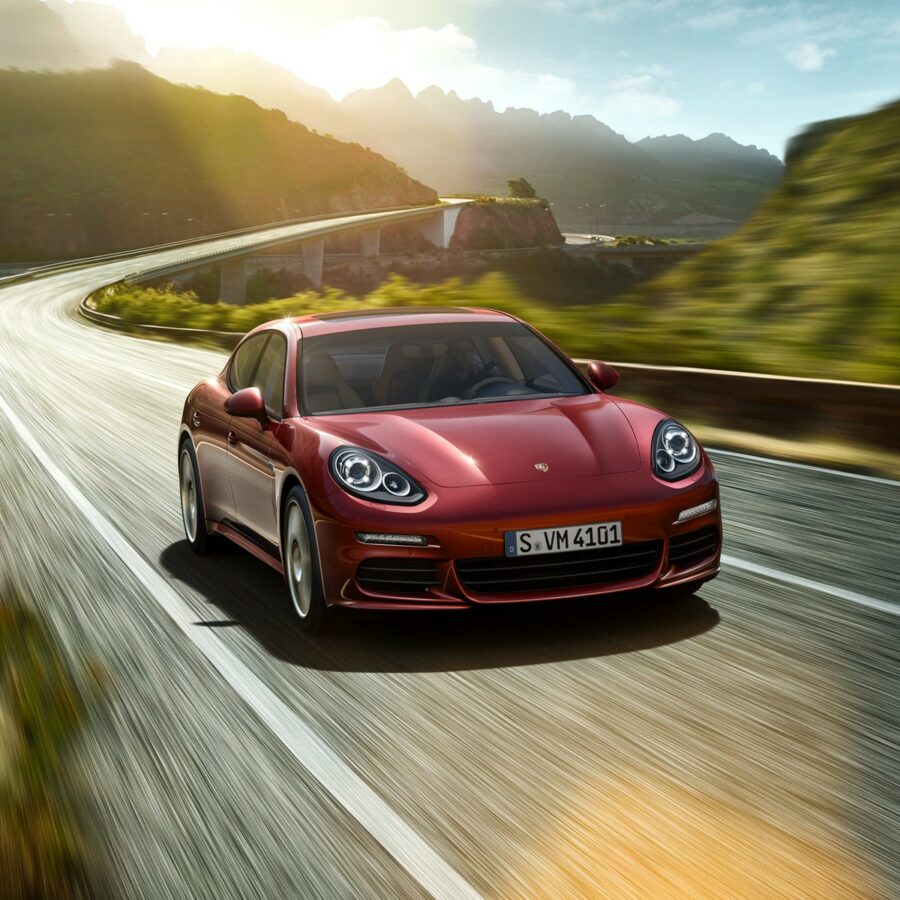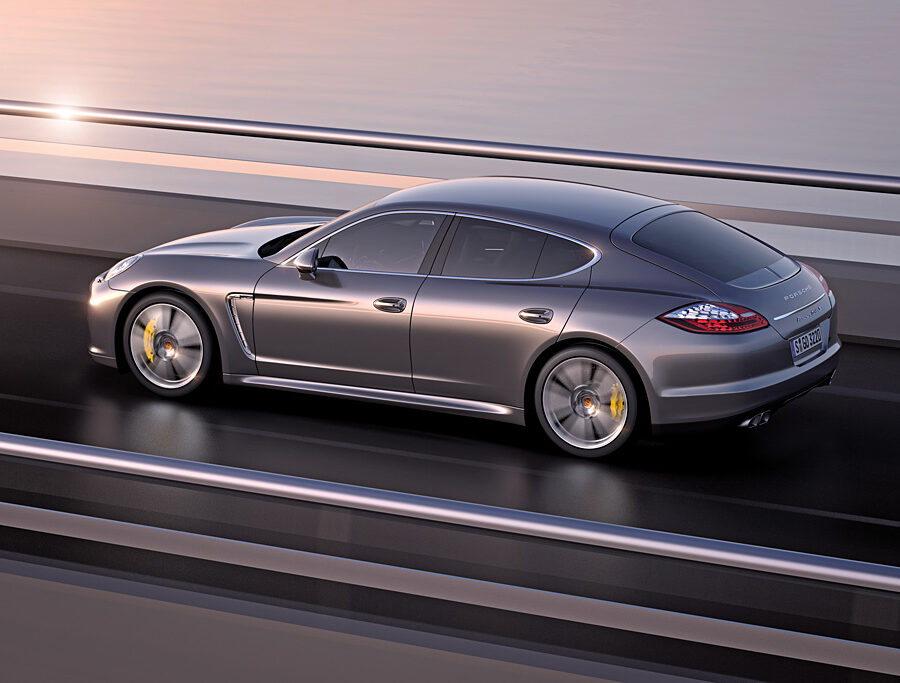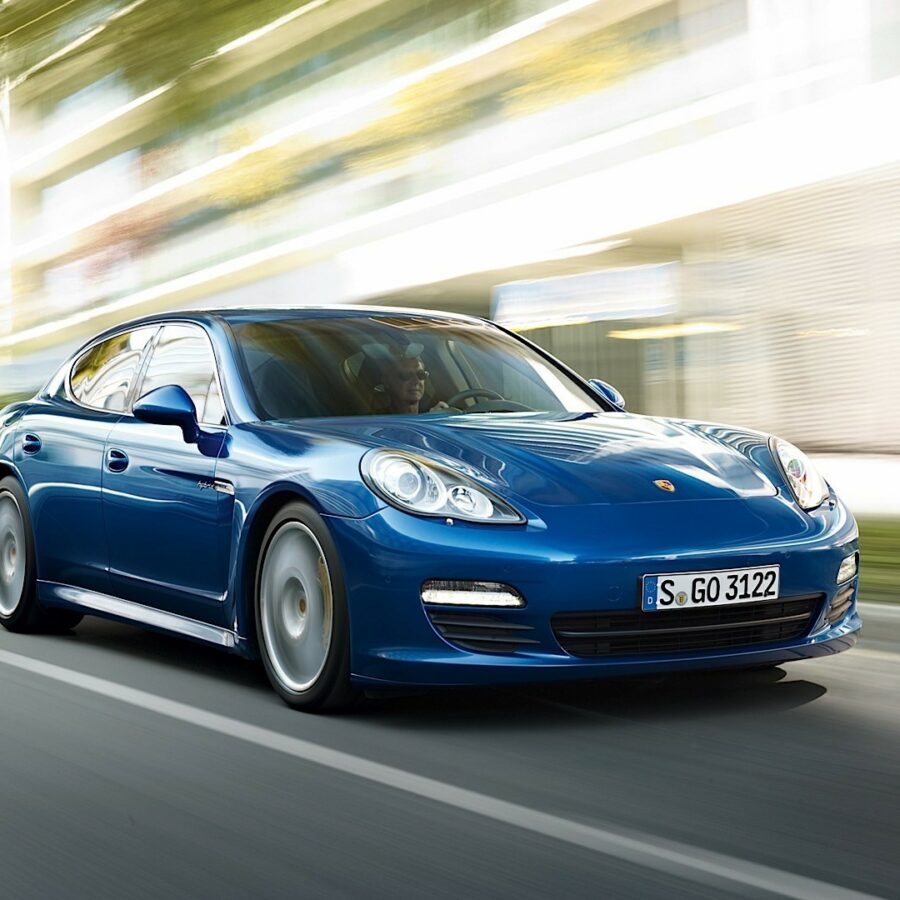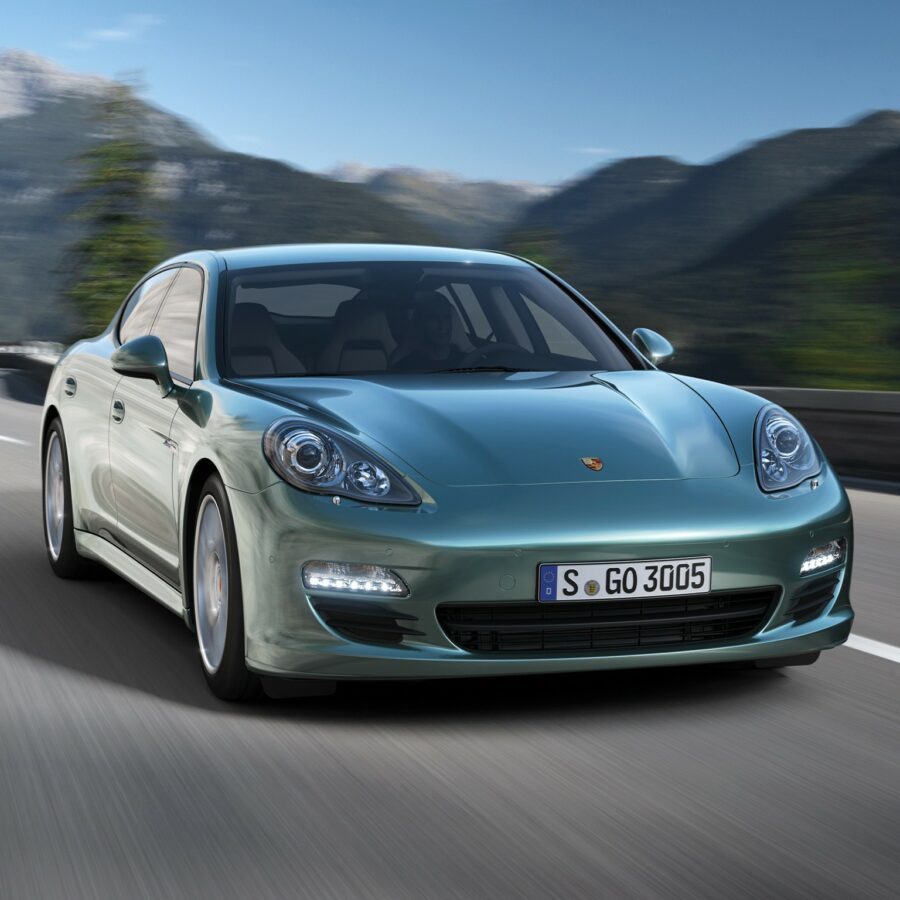Porsche Mission R Electric (2021)
A 1073 bhp electric racing concept
Porsche 356 C SC (1964 – 1965)
The last revision of the 356 was the 356 C introduced for the 1964 model year. The top version was known as the Porsche 356 SC.
Porsche 912 E (1976)
Introduced as Porsche's affordable entry air-cooled Porsche as the 914 was being discontinued.
Porsche 911 Turbo 3.3 (930) (1978 – 1989)
Porsche made its first and most significant upgrades to the 930 for 1978
Porsche 911 Turbo 3.0 (930) (1975 – 1977)
Inspired a generation of car enthusiasts and became the undisputed flagship of the Porsche line up.
Porsche 911 Carrera 3.2 (1984 – 1989)
The replacement for the SC came in 1984 as the 911 3.2 Carrera, reviving the Carrera name for the first time since 1977
Porsche 911 SC (1978 – 1983)
Replaced the 911 S and was one of Porsche's first models that was meant for the international market
Porsche 911 Carrera 3.0 (1976 – 1977)
The Carrera 3.0 engine is essentially the 911 Turbo 2993 cc engine – just without the turbocharger.
Porsche 911 Carrera 25th Anniversary Edition (1989)
Porsche built just 300 coupe and 200 cabriolet special editions
Porsche 911 GT2 RS Clubsport 25 (2021)
A super rare track-only car built to celebrate the 25th anniversary of Manthey-Racing GmbH
Porsche 935 Tribute (2019)
Built from the 911 991.2 GT3 R racing car, the 935 tribute car is a non-street-legal collector's car limited to 77 cars
Porsche 911 Black Edition (997.2) (2012)
Limited production Carrera Coupe & Cab with only 1,911 units made
Porsche 911 Carrera 40th Anniversary Edition (996) (2004)
Limited Edition Built to Commemorate the 40th year of 911 production
Porsche 911 GT3 (996.2) (2004 – 2005)
Based on the facelifted 996 Carrera. The 3.6-litre engine produced 381 bhp.
Porsche 911 Carrera 4S Cabriolet (996.2) (2003 – 2005)
Turbo looks, sporty suspension, all-wheel drive, and more power and torque from the 3.6-liter flat six
Porsche 911 Targa (996.2) (2002 – 2005)
2002 marked the start of the production of the 996 Targa, with a sliding glass "green house" roof
Porsche 911 Carrera 4 Cabriolet (996.2) (2002 – 2004)
The base all-wheel-drive version for the open-top 911 range
Porsche 911 Carrera (996.2) (2002 – 2004)
In 2002, all of the standard models received a minor makeover
Porsche 911 Carrera 4S Coupe (996.2) (2002 – 2005)
In 2002, the Carrera 4S Cabriolet was introduced with the new engine and the Turbo bodywork.
Porsche 911 Carrera 4 (Turbo-Look) (964) (1994)
Model year 1994. Carrera 4 Wide-Body for the U.S
Porsche 911 Speedster (Turbo-Look) (964) (1993 – 1994)
15 Speedster got skunkworks love and got the widened Turbo body shell
Porsche 911 ’30 Jahre’ Anniversary (964) (1993 – 1994)
"30 jahre" anniversary 964 utilised a "Turbo" wide body melded to the four-wheel drive Carrera running gear.
Porsche 911 Carrera RS 3.8 (964)(1993)
Lightweight Turbo body, large rear wing and 18-inch Speedline wheels. Power came from a new 3.8-litre unit. A legend.
Porsche 911 Turbo 3.6 S “Flatnose” (964) (1994)
Final hurrah for 964 Turbo. Special Turbo 3.6 S was made available in flachbau 'slant nose' option.
Porsche 911 Speedster (964) (1993 – 1994)
964 body with the hood and windscreen of the Carrera 3.2 Speedster
Porsche 911 RS America (964) (1993 – 1994)
Lightened, limited edition, performance version for the U.S market.
Porsche 911 Turbo Cabriolet (964) (1993)
Built by Porsche Exclusive in 1993, only a handful of these custom cars were built for discerning buyers.
Porsche 911 Turbo S2 (964) (1992)
This is a road-legal variant of a race car version of a production road car, and an often forgotten part of the 964's history.
Porsche 911 America Roadster (964) (1992 – 1993)
US version of the Turbo-look C2 Cabriolet
Porsche 718 Boxster 25 Years (2022 – Present)
Porsche Pays Homage to the 1993 Boxster Concept Car
Porsche 718 Cayman GTS 4.0 (2021 – Present)
The 718 GTS gets a 4.0L flat six, making the Cayman GTS 4.0 the best Porsche to buy today
Cayman GT4 Rallye Concept (2018)
For testing purposes Porsche Motorsport built a few tarmac rally cars based on the Cayman 981 GT4 racing version.
Porsche Cayman GT4 Clubsport (2015 – 2016)
It's a mid-engined Porsche racing car.
Porsche Cayman S Black Edition (2012)
A Cayman S with the 330 BHP engine found in the R but without all of the other performance focus. Only 500 made.
Porsche Cayman R (2012)
A weight savings of 121 lbs. More power and lots of detailed work under the skin. One of the best driver's cars Porsche has ever made and that is saying a lot.
Porsche Cayman S Sport (2009)
The Sport was a Cayman S packaged with many sport options to create an edgy/sporty Cayman S.
Porsche Cayman S Design Edition 1 (2008)
Cayman S with exclusive cosmetic options intended to commemorate the 35th anniversary of Porsche Design.
Porsche 718 Boxster GTS 4.0 (2020 – Present)
Awesome 718 GTS now offered with a 4 liter flat six engine.
Porsche Boxster Black Edition (2016)
The Boxster Black Edition is an attractive design exercise with nice options thrown in.
Porsche Boxster Spyder (2011 – 2012)
On 5 November 2009, Porsche officially announced the Boxster Spyder, which was the lightest Porsche on the market at the time
Porsche Boxster S (2009 – 2012)
The 2008 facelifted Boxster S gets a new direct-injection 3.4-liter Boxer engine
Porsche Boxster (2009 – 2012)
For 2009 MY, the second generation of the Boxster received new technologies and more power.
Porsche Boxster S 550 Spyder 50th Anniversary Edition (2004)
Porsche Boxster S Special Edition for the final year of the 986
Porsche Boxster S (2003 – 2004)
The Boxster S was revised along with its Boxster version in 2003.
Porsche Boxster (2003 – 2004)
A mild facelift for the first generation Porsche Boxster
Porsche 718 Cayman T (2020 – Present)
Not the fastest, most luxurious or even the cheapest of all the 718 variants. But, it is the most fun.
Porsche Formula E – The 99X Electric (2019)
Spark Formula E with Porsche 99X powertrain (2019)
Porsche Taycan Turbo S (2020 – 2024)
Insane Power. Insane Performance. Porsche Builds The Best Electric Car on the Planet.
Porsche Macan GTS (2022 – Present)
The Macan GTS is finally the flagship in the Macan lineup
Porsche Macan S (2022 – Present)
Porsche introduced yet another facelift for the Macan lineup for the 2022 model year.
Porsche Macan (2022 – Present)
Updated base Macan gets a turbocharged 2.0-liter four-cylinder now good for 261 horsepower.
Porsche Macan Turbo (2020 – 2021)
Powered by a brand new engine and with a refreshed look
Porsche Macan GTS (2020 – 2021)
Powered by a brand new engine and with a refreshed look
Porsche Macan S (2019 – 2021)
The Macan S gets a number of important upgrades for the 2019 model year
Porsche Macan (2019 – 2021)
The 2019 base Macan get a design refresh
Porsche Macan Turbo with Performance Package (2017 – 2018)
The Macan Turbo Turned Up to Eleven
Porsche Macan GTS (2017 – 2018)
The Macan for the Driving Enthusiast
Porsche Macan S Diesel (2015 – 2018)
Porsche small but fun oil burner
Porsche Macan Turbo (2015 – 2018)
The hot version of Porsche's small, sporty SUV
Porsche Macan S (2015 – 2018)
Great performance and engaging drive in a practical everyday small family SUV
Porsche Macan (2017 – 2018)
The 2017 model year saw a new entry-level model featuring a turbocharged four-cylinder engine


